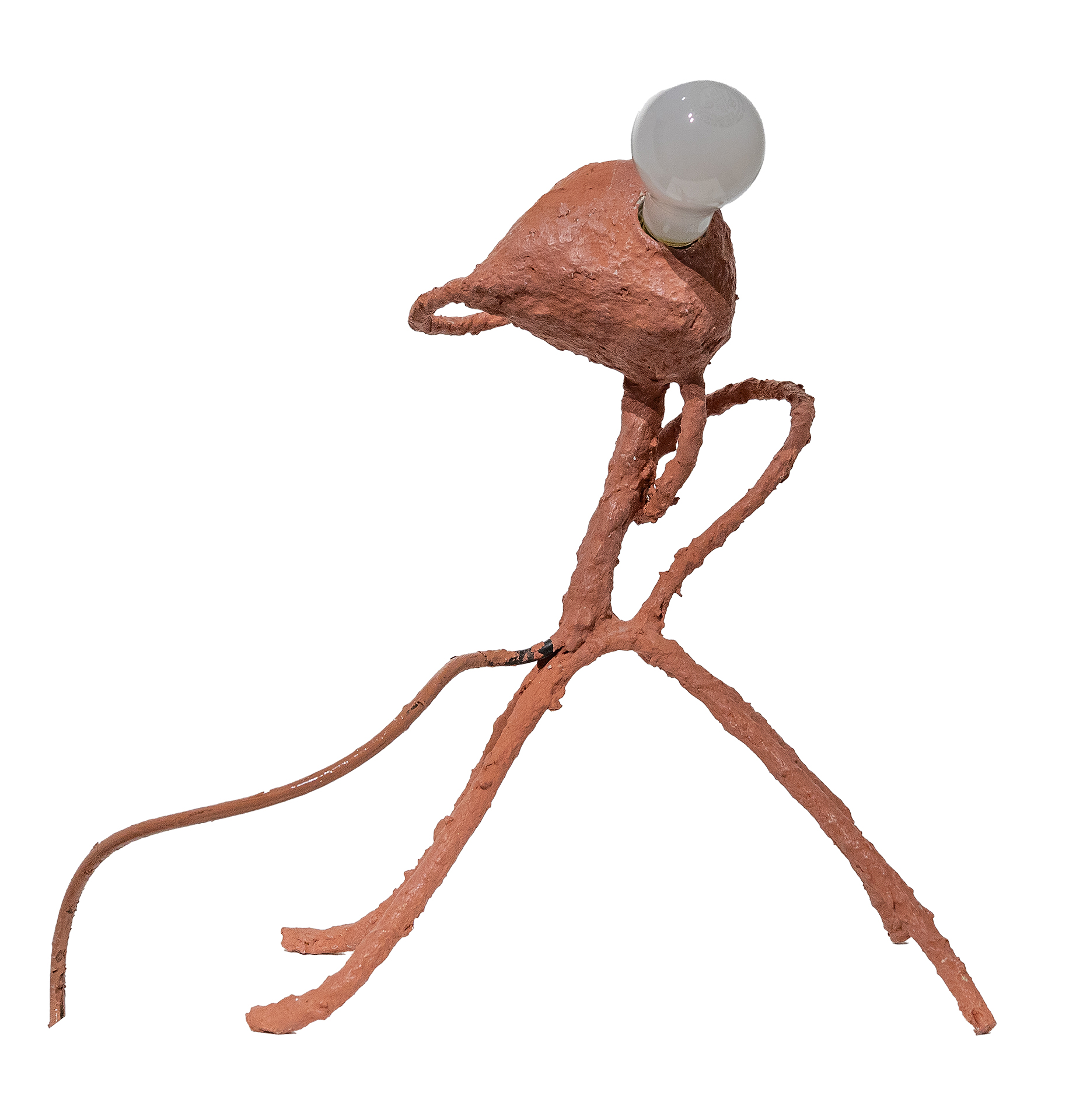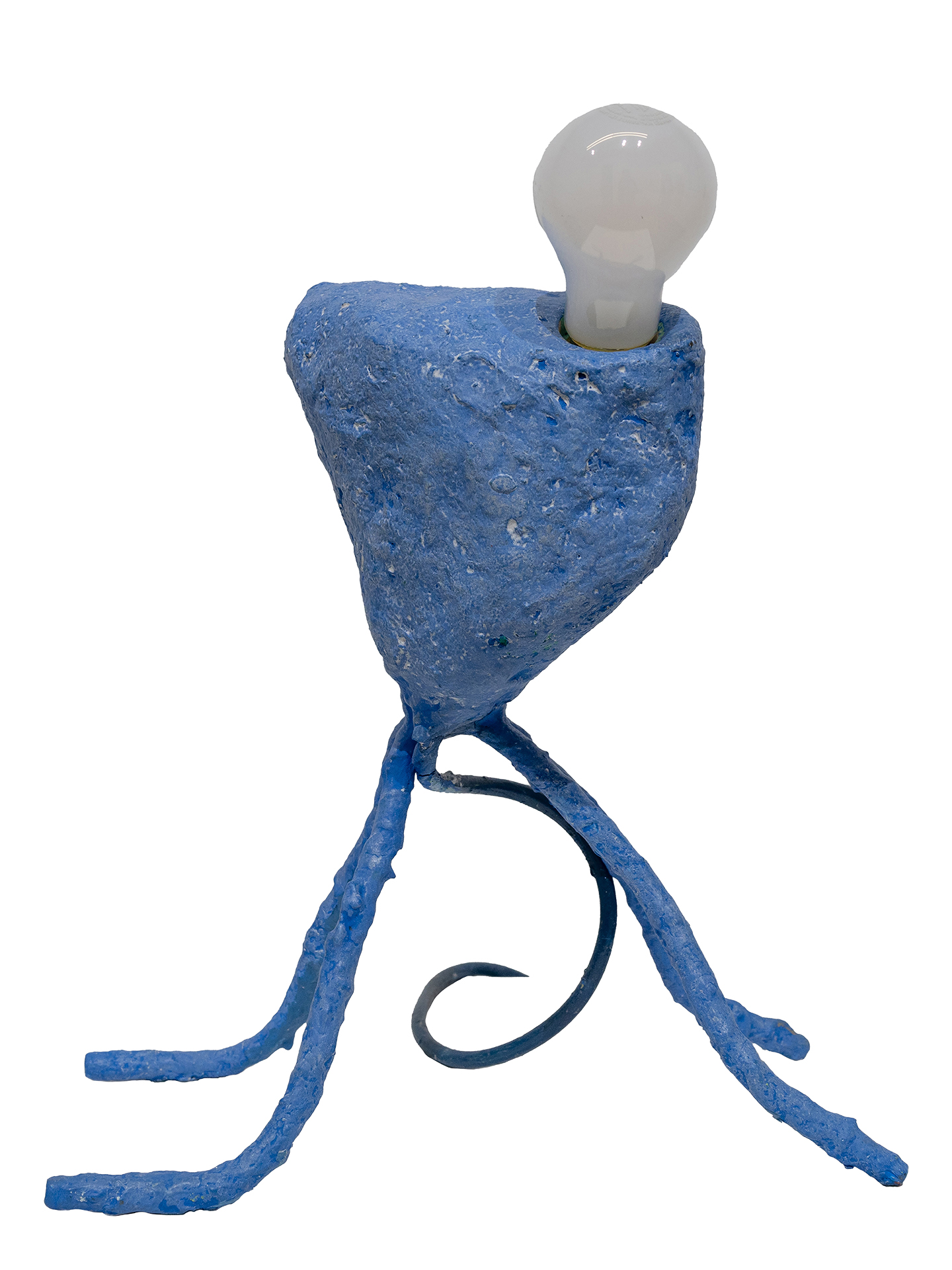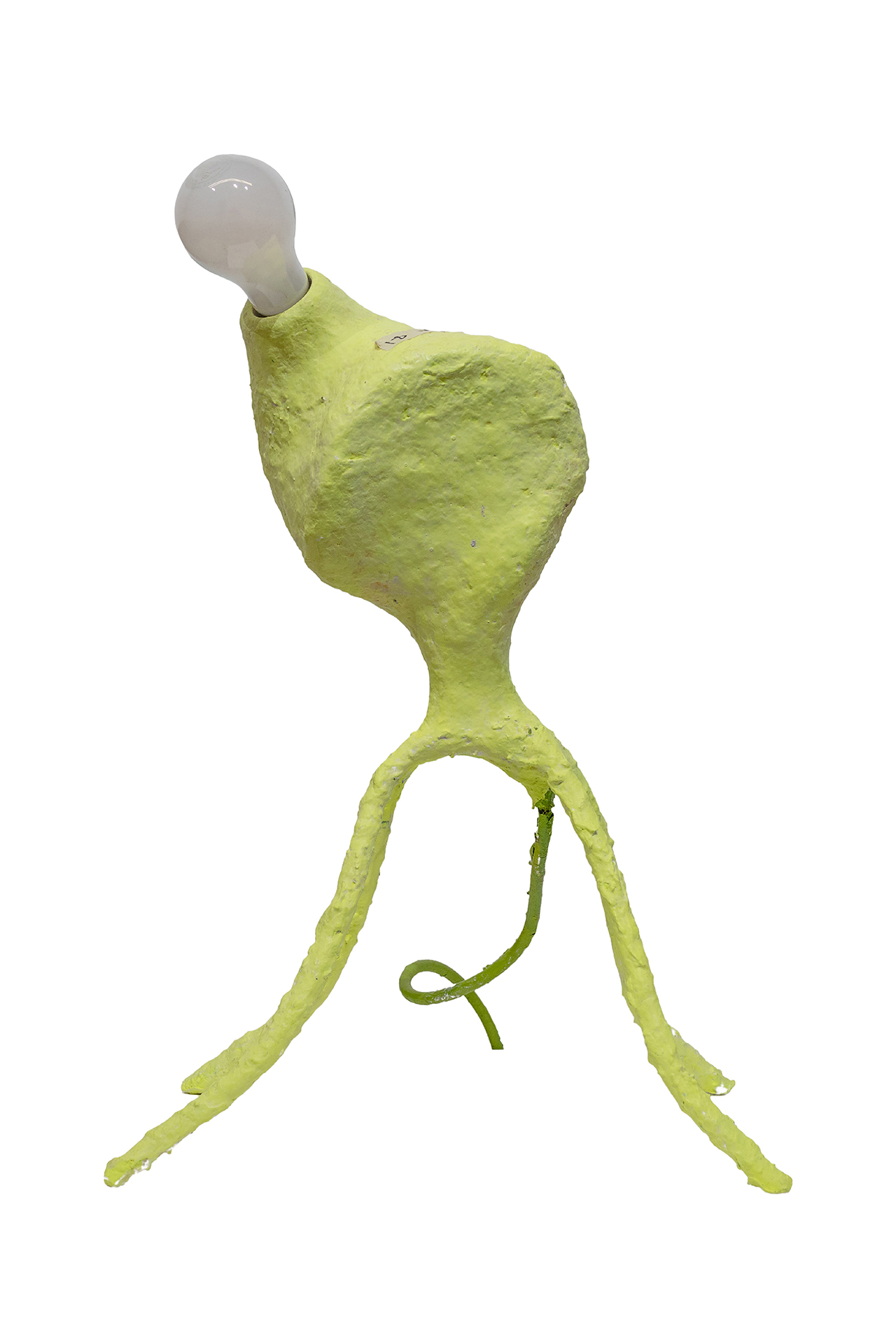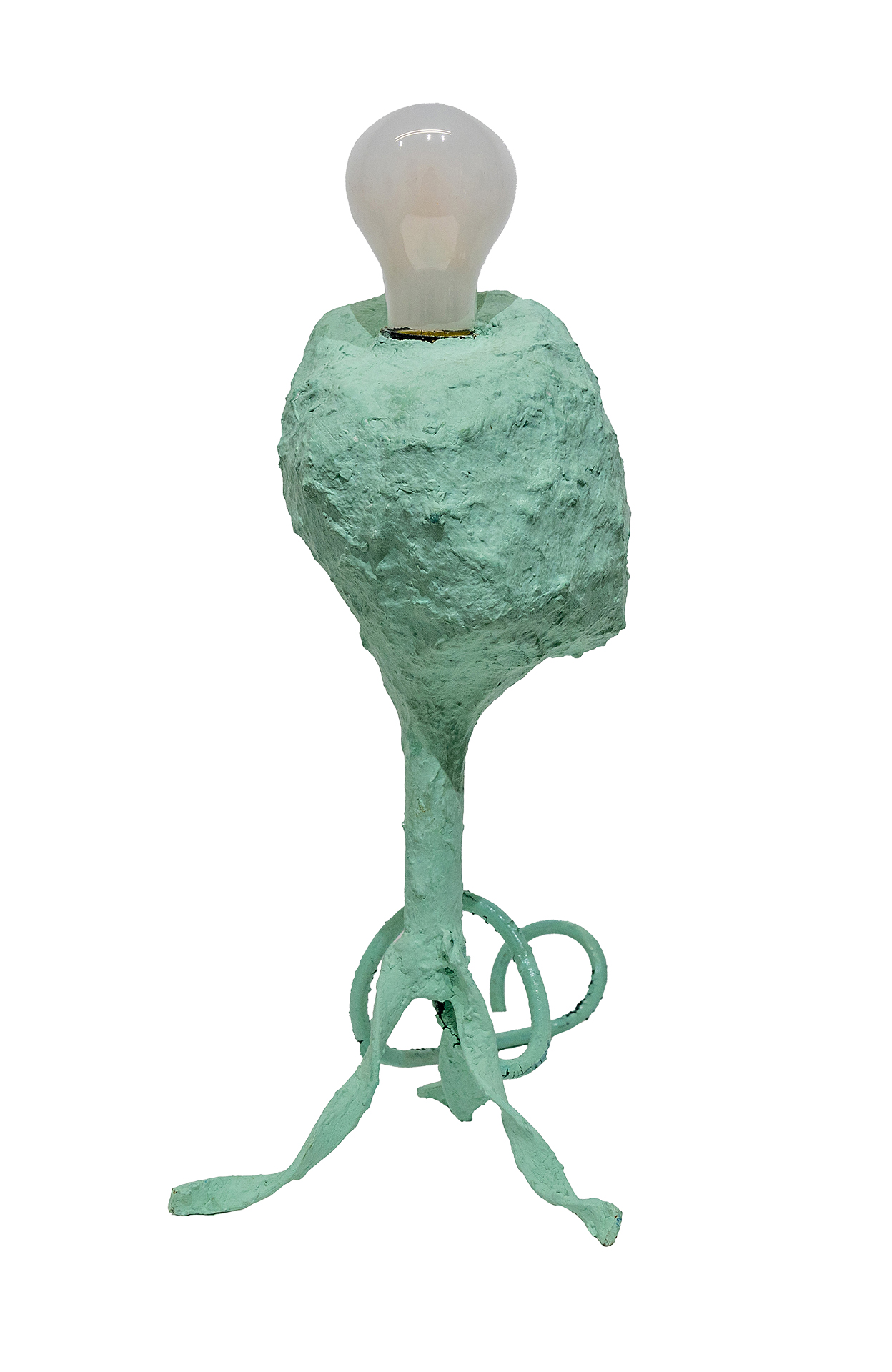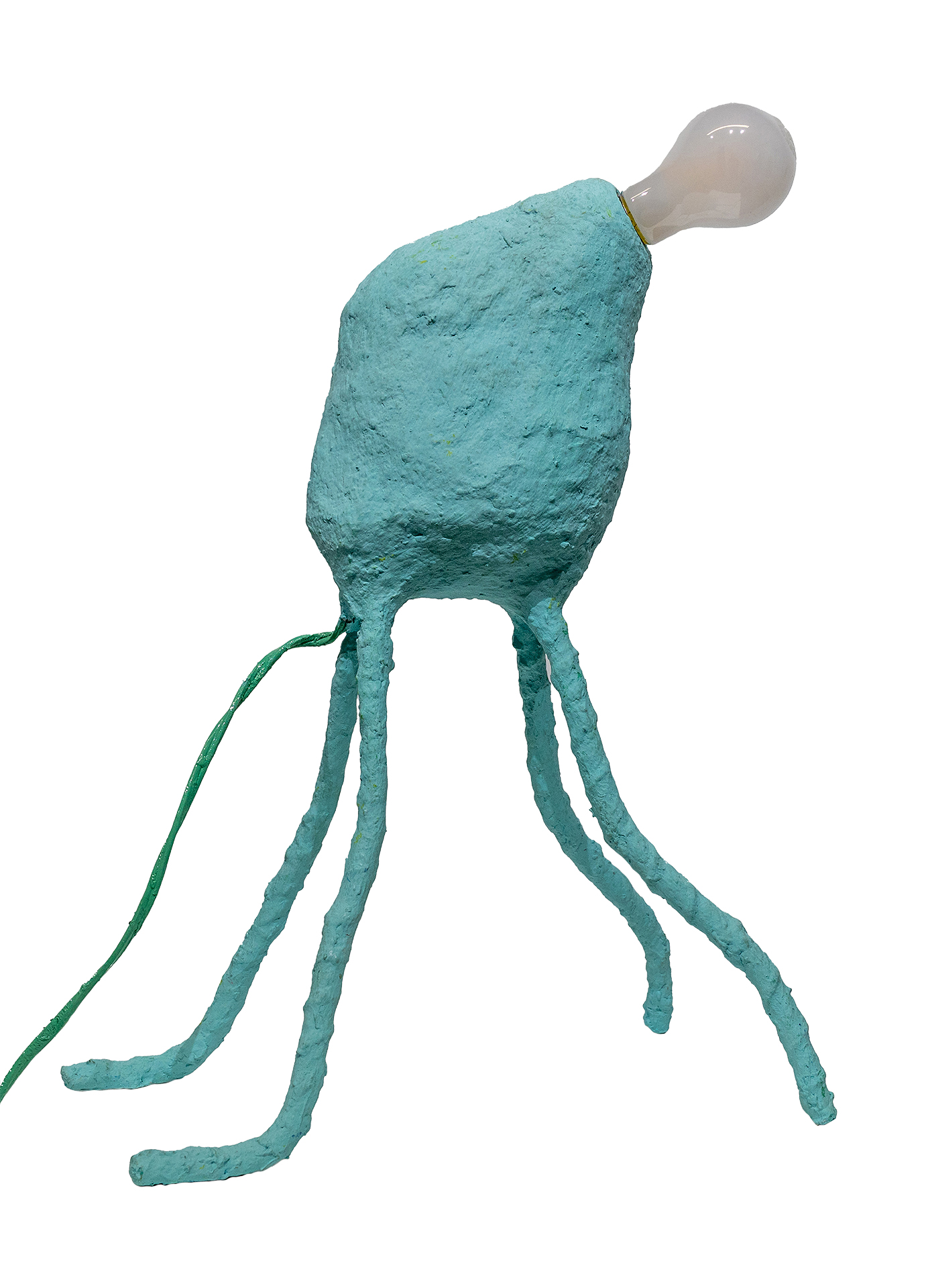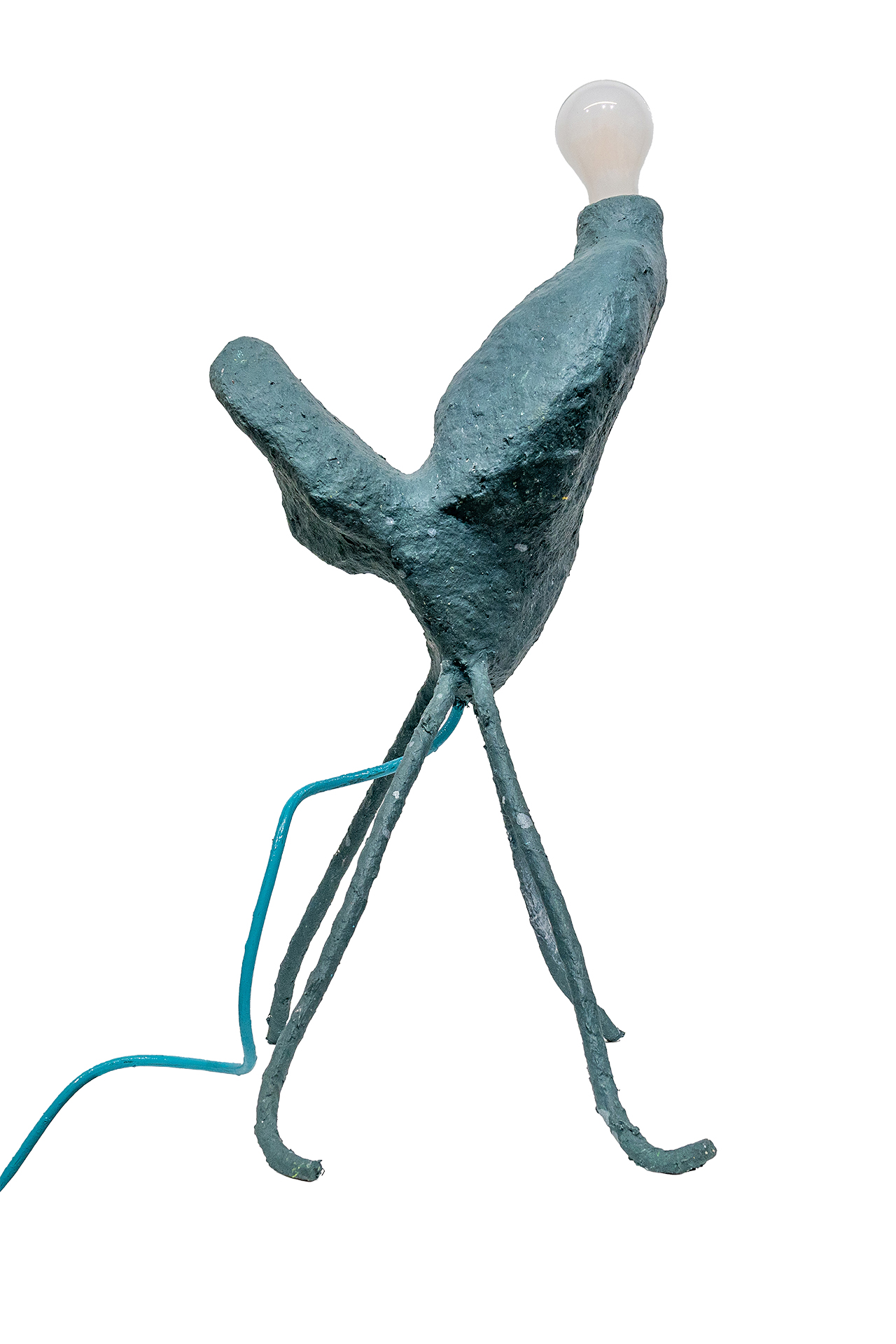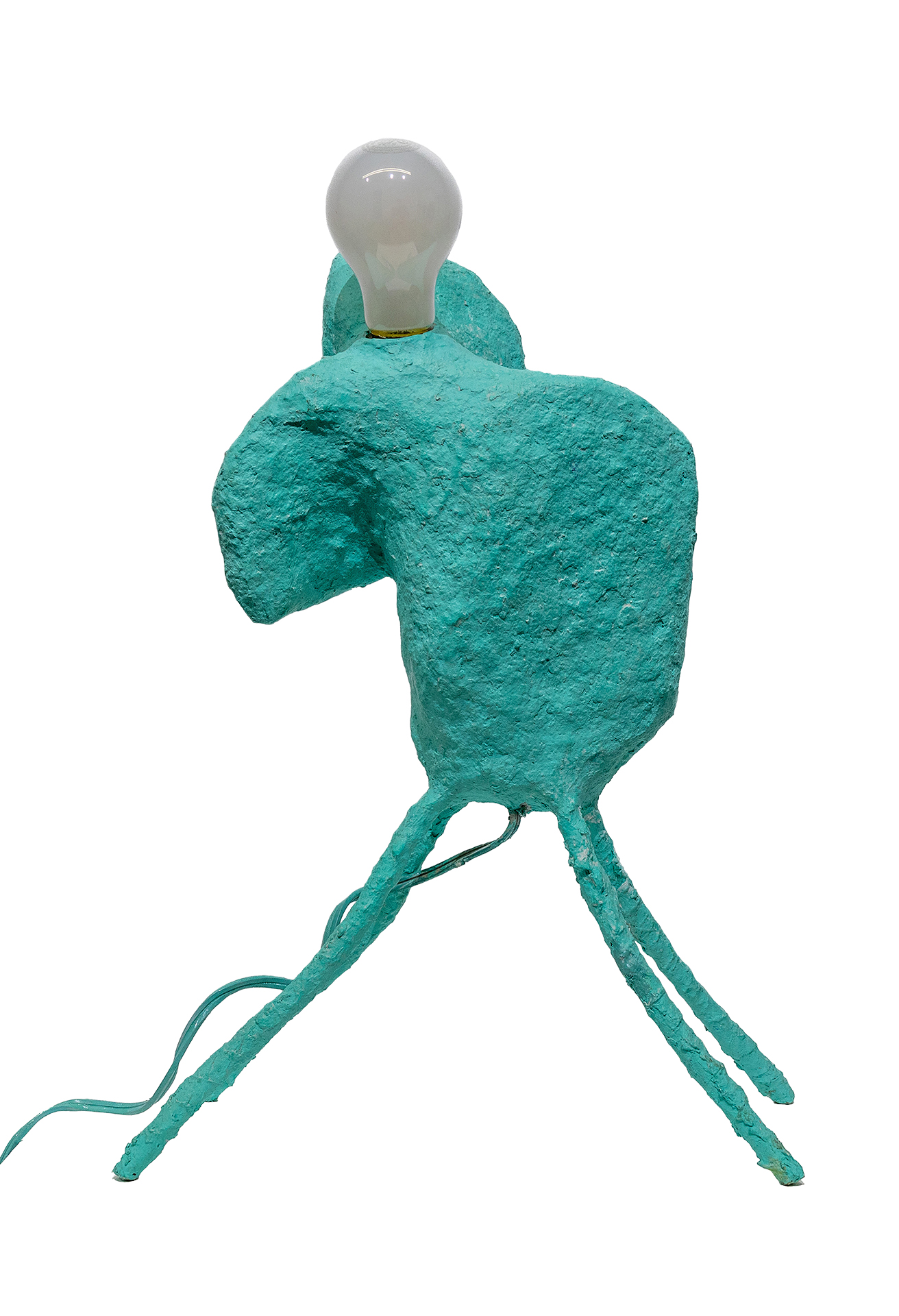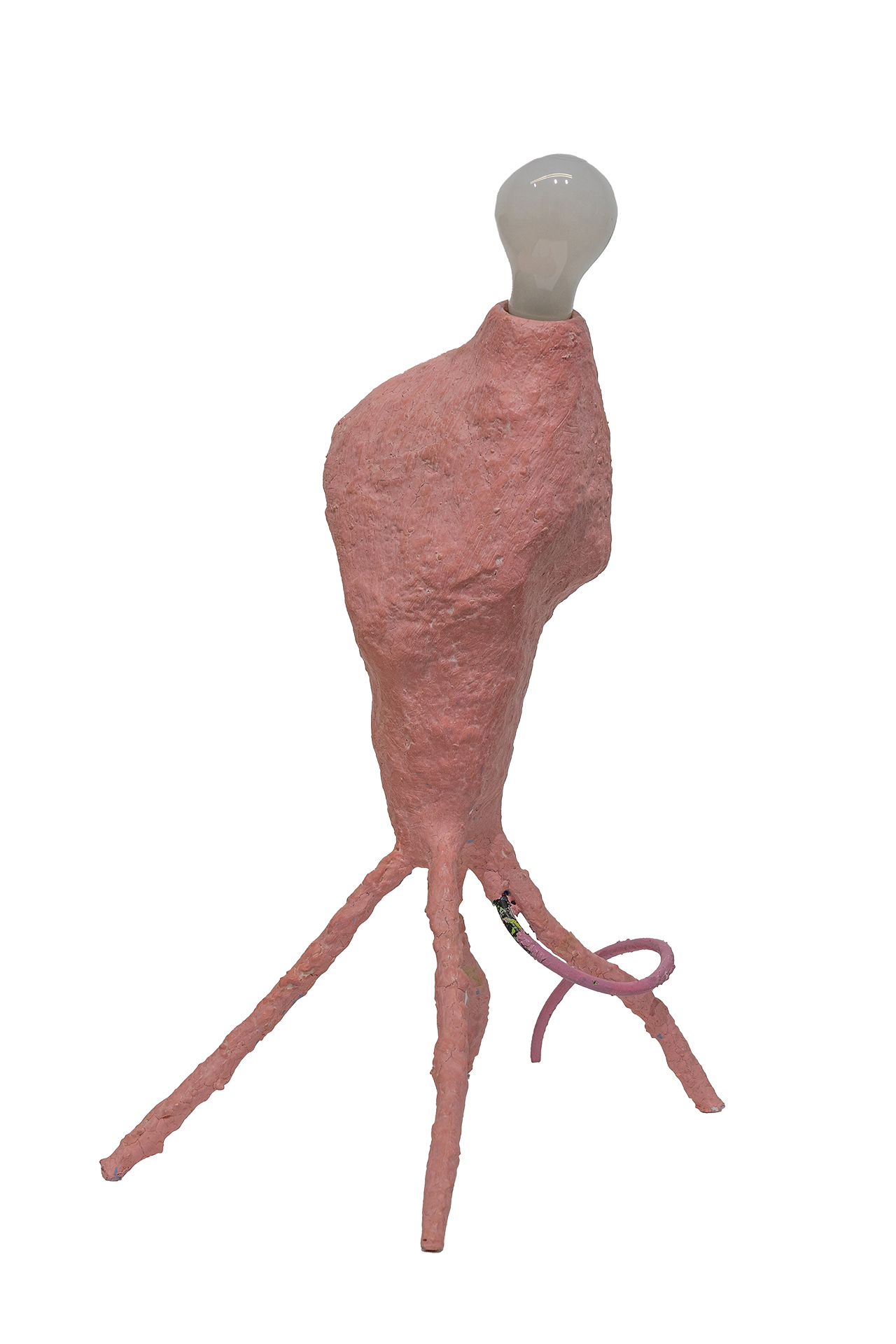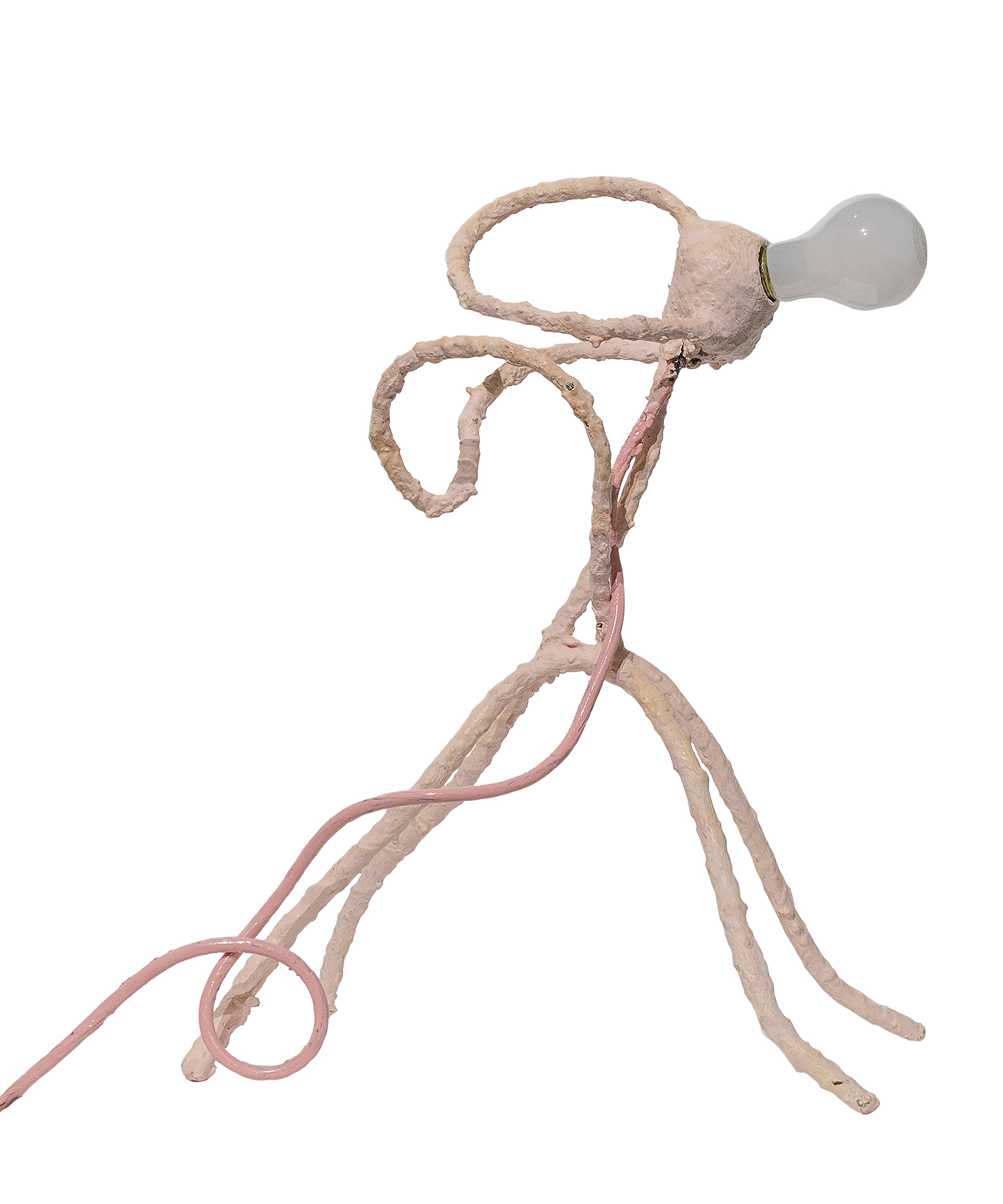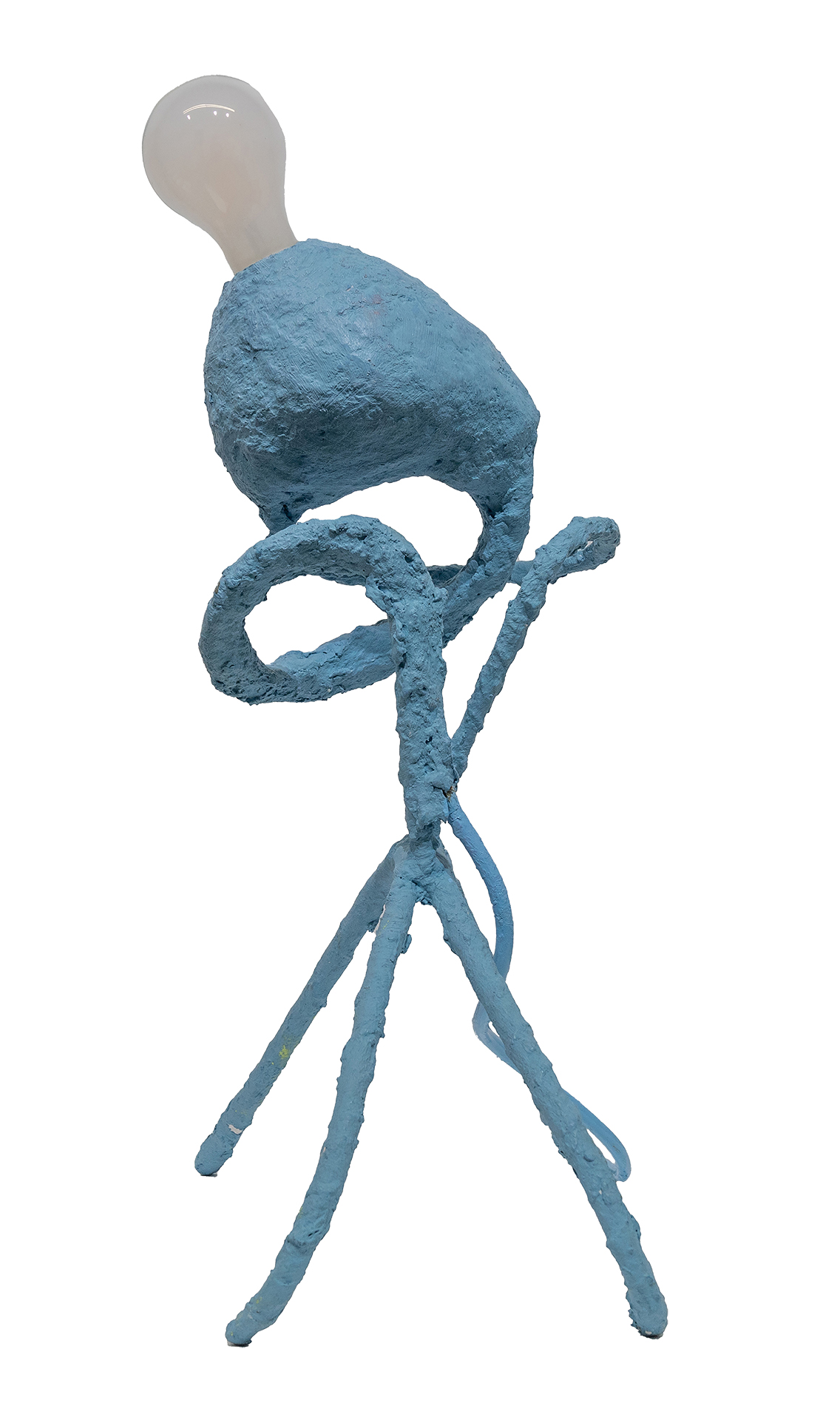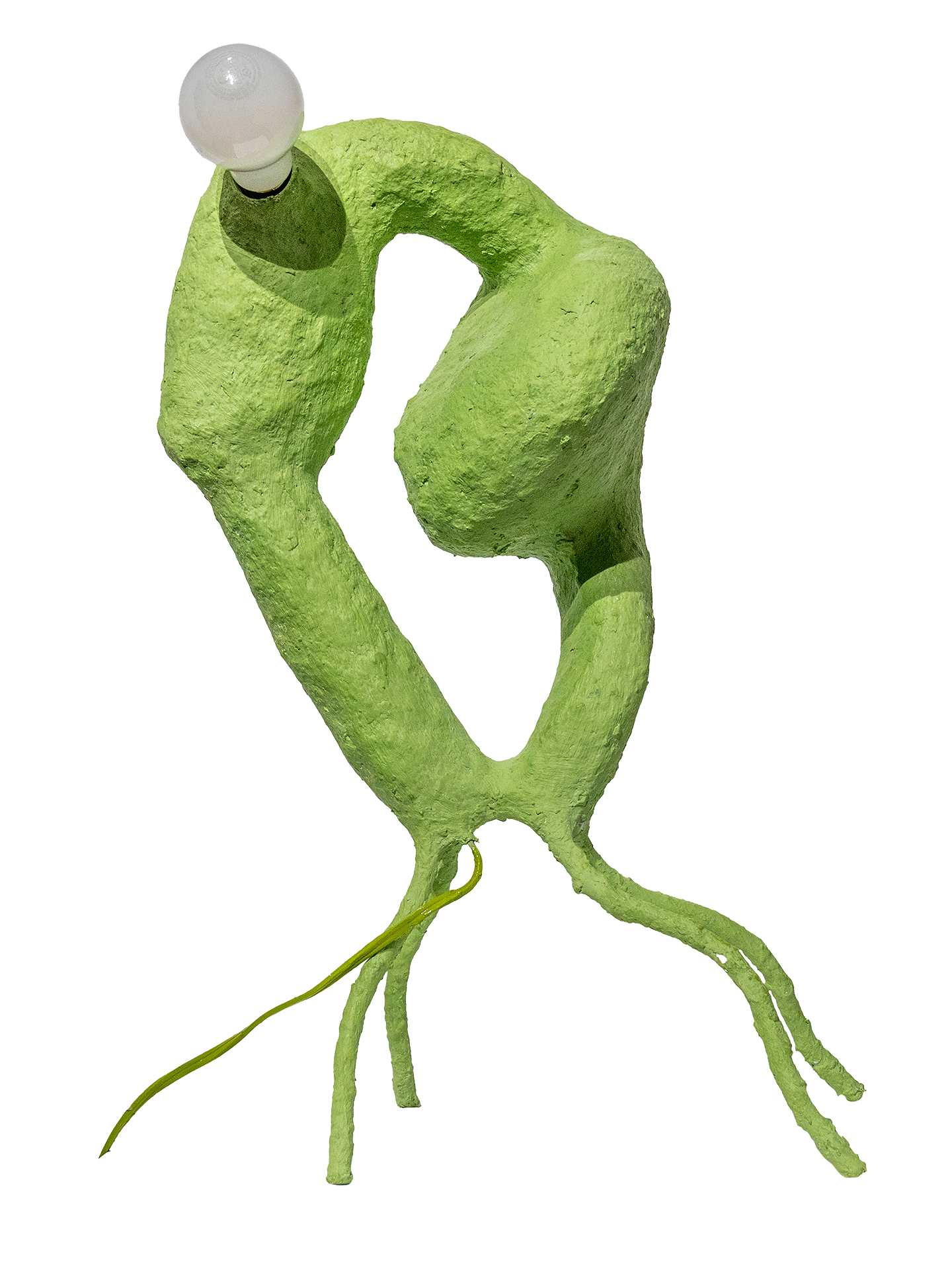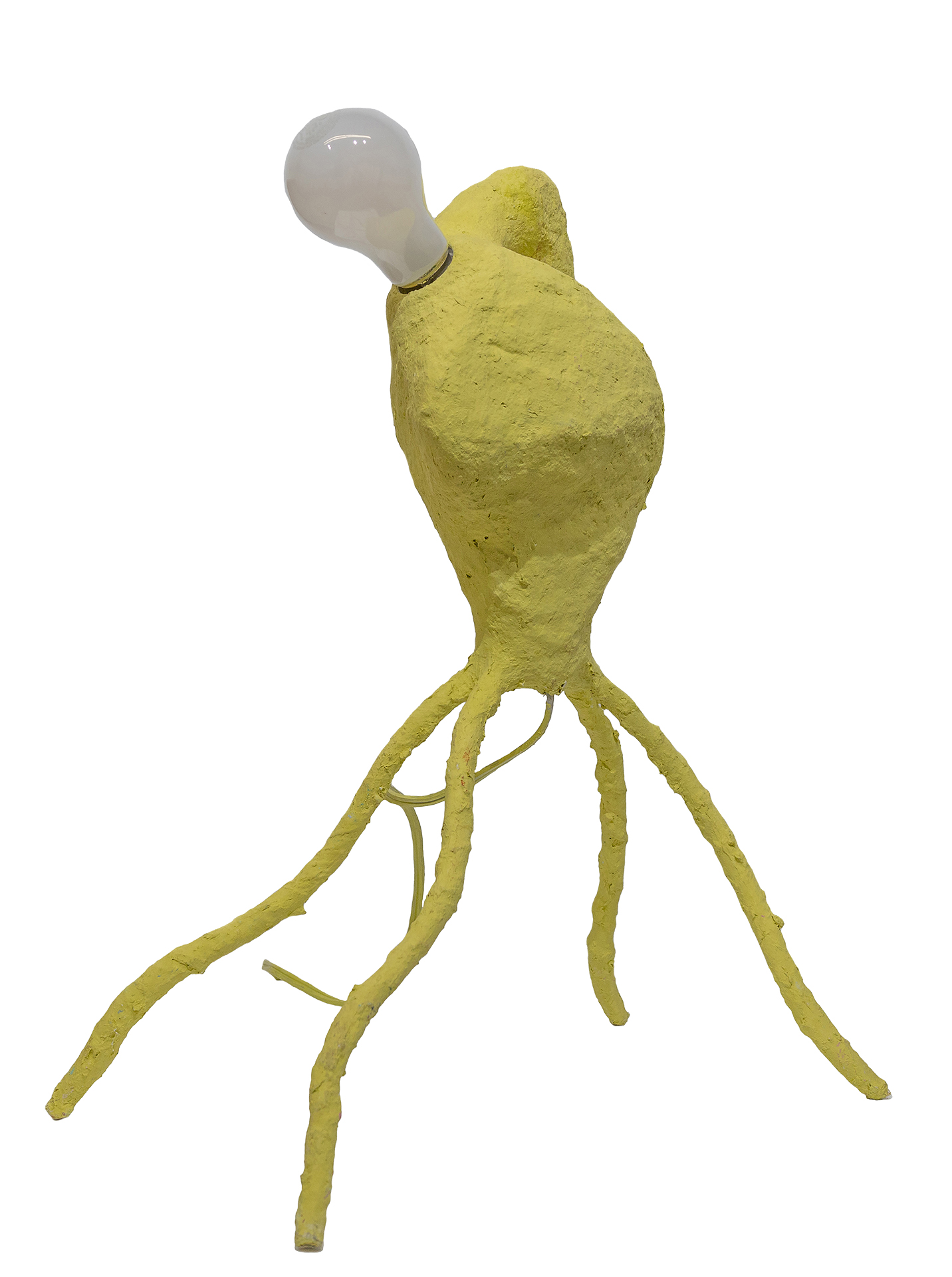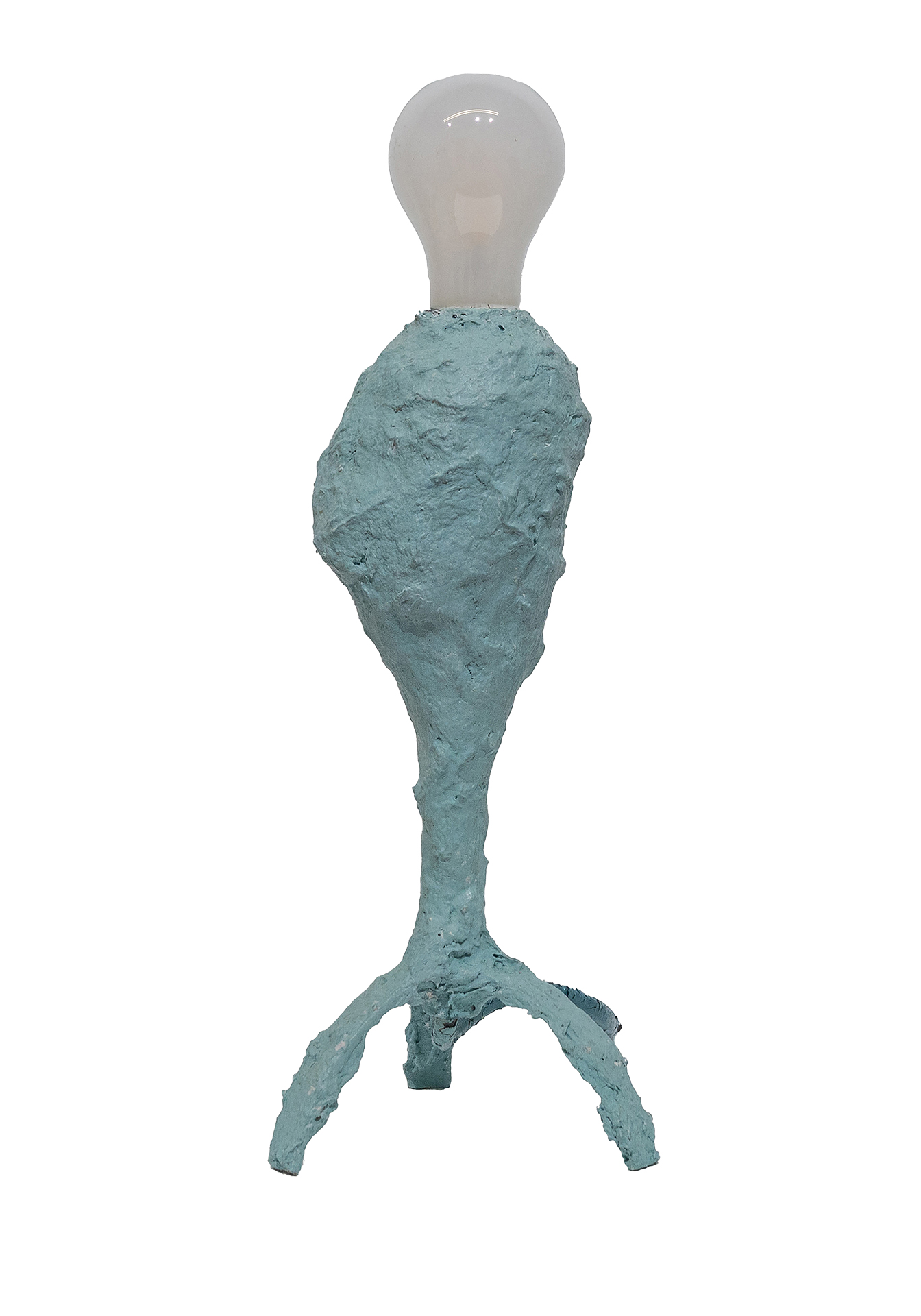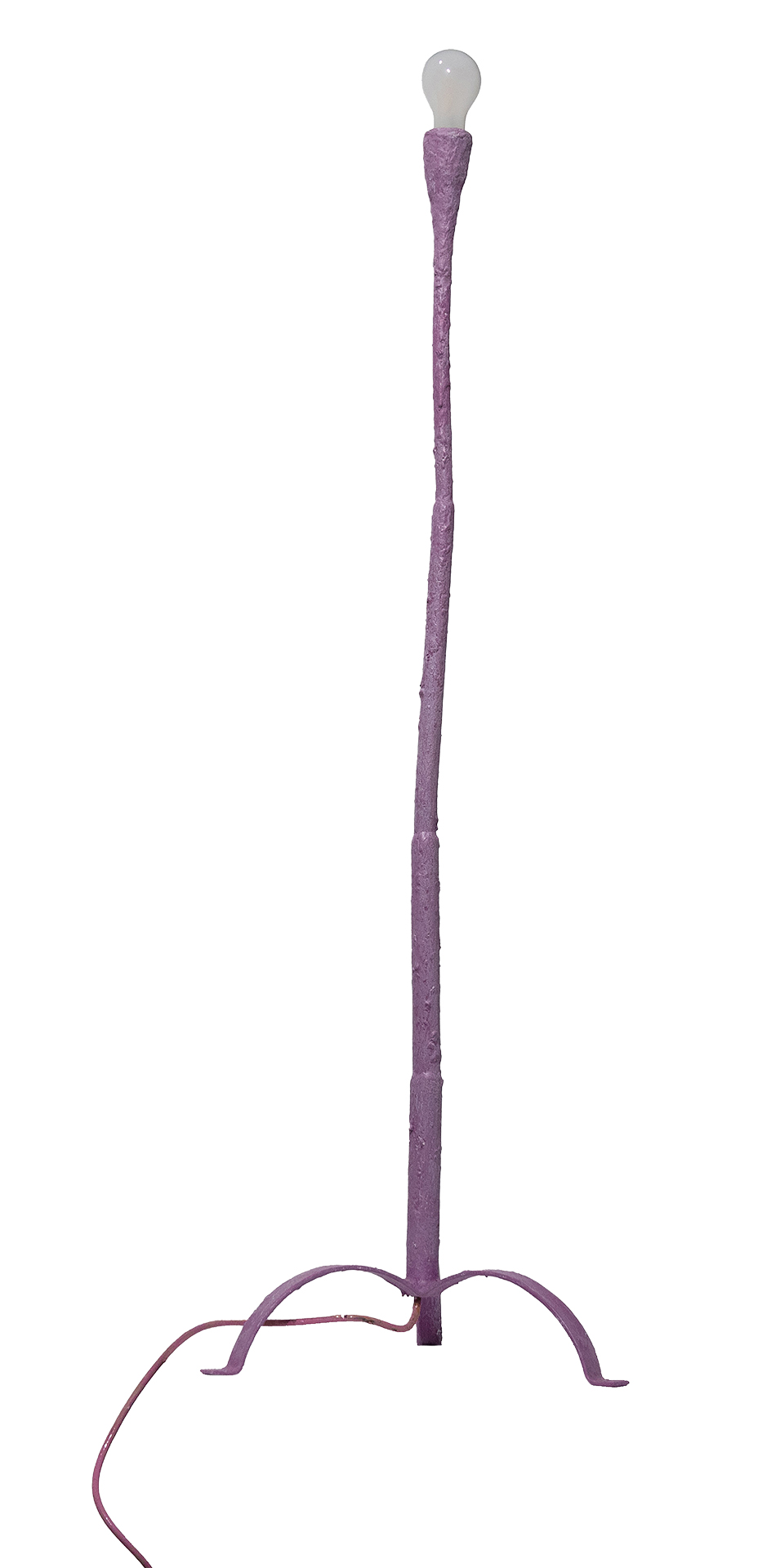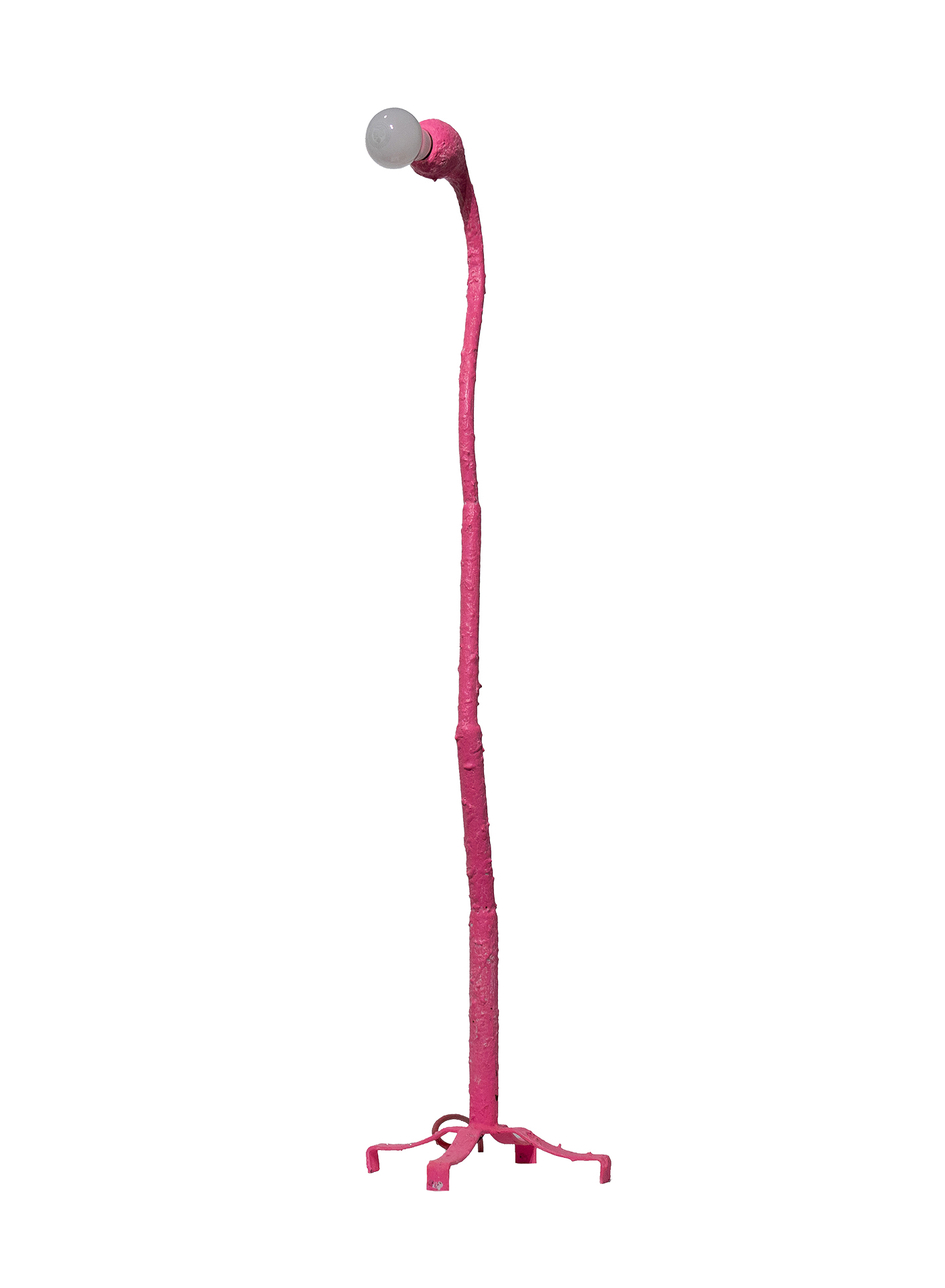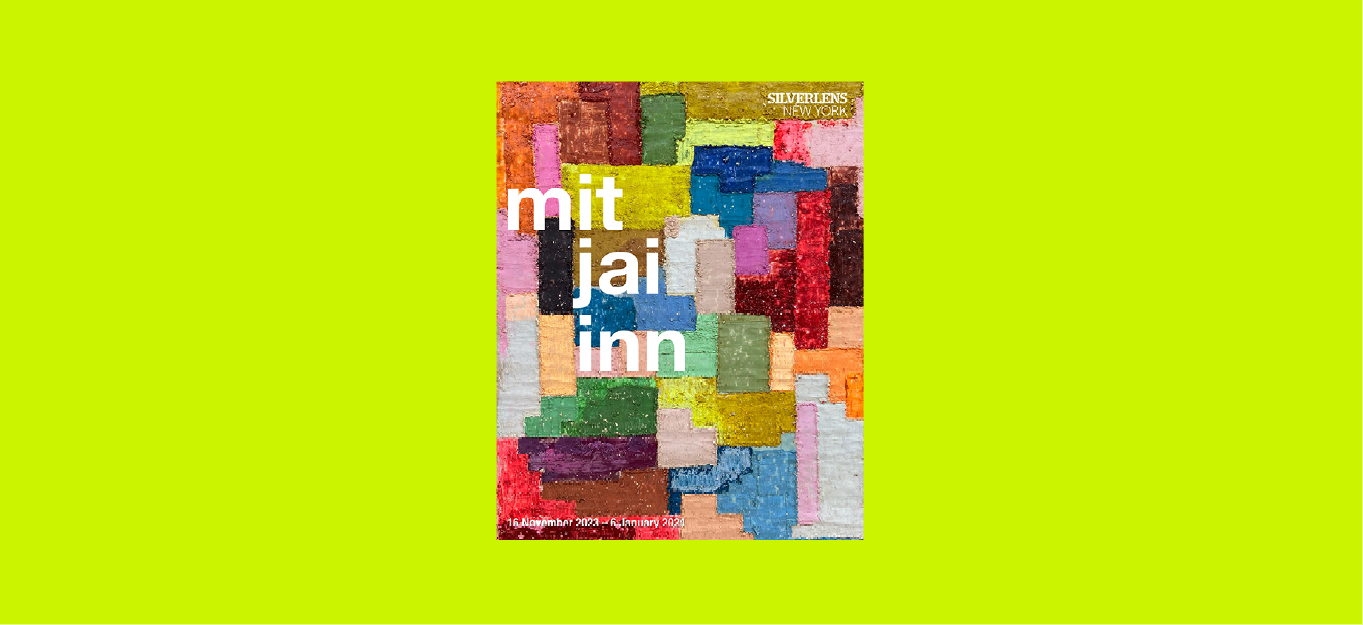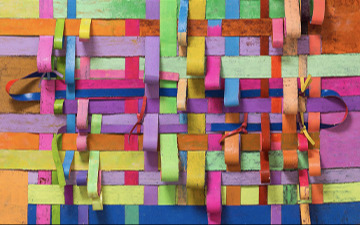
Mit Jai Inn
Mit Jai Inn
Silverlens, New York
About
Silverlens New York is pleased to present the first US solo exhibition by leading Thai contemporary artist Mit Jai Inn (b. 1960, Thailand). Featuring many of the polychromatic, modular and multiperspectival serial forms established over his four-decade career, the exhibition celebrates Mit’s expanded painting as social practice.
The vibrant, sensate and interactive exhibition mimics the studio environment in Chiang Mai where distinctively colored and shaped canvases hang from beams, overlay floors and tables, entangle and unfurl from walls, coil in standing spirals, and so on. A sense of physical, meditative, and even playful rigor is impressed through scale, traces of repetitive mark making by fingers, palms, feet, and palette knives, and in the dense layers of carefully crafted paintings unseen below the surfaces presented to us - layers that carry time and enable the sculptural pliability of the canvas. The enchanting and healing medicine of light’s energy is also impressed by vibrating monochromes and riotous color interactions. Many works are scored and slit open, creating gaps and moveable flaps whose exposed edges, like all surfaces, are treated to obsessive touches of color.
Surface engagement and adventures in perception are Mit’s charming, luring, festive invitations to gather. For at the center of his relational practice is the ritual delineation of sovereign space drawn from both anti-hierarchical aspirations in Buddhism and anti-governable practices of Indigenous highland or Zomian cultures to which he belongs. While he commingles homage and irreverence for painting’s histories - from the cave to the baroque to the grid - he eschews conceptualizing his works as paintings or even art. Invoking forms and color from life, Mit draws from the temple (boundary stones, scrolls, banners, robes); the political protest (the flier, the placard, the wall, the flag, the stage); the village (rice fields, textiles) and market life (tables, signage). In this way, Mit’s painterly abstraction as a choice language is contrary to colonial canons in that it acknowledges its materiality and elements of color and form as inherited aesthetics with social functions responsive to ways of being in relation.
An intimate area of the gallery is filled with Marking Stones (2022) and Marking Lights (2022), a market-like installation of canvas-covered iron objects, paper machéd in bright and pastel colors, playfully secularizes a practice across Buddhist Southeast Asia called bai sema, or boundary marking stones. Found at both ancient and contemporary temples, bai sema - through ritual imagination of the sangha, or community of monks and lay people - are imbued with agential qualities to define territory. Once consecrated as such, the territory becomes sovereign for the sangha and effectively protects it from hegemonic feudal or capitalist agricultural production and royal consumption. Bai sema creates a merit-field, or a space in which good intentions and offerings can be exchanged with merit, or good karma, for this and next lives.
In many sects of Buddhism, the rice-field is considered the original merit-field, where seeds offered to fertile ground create abundant harvest. Mit’s Patch Works (1999 - ) translates social structures built on such karmic reciprocity. Early works in the series such as Untitled (2004) mimic lowland paddy’s varied rectilinear plots framed by dykes. These quilt-like patterns reflect cyclic and seasonal relations with land and water through social cooperation of a village community. At the same time, they refer to Buddhist monk’s robes which, historically made from donated fabric remnants, were sewn in a rectilinear pattern to mimic the rice field’s geo-social aesthetics. As Patch Works iterates over decades, Mit considers merit fields built on new kinship structures, such as the internet - a powerful space to share and mobilize resistance. Patch Works’ Untitled (2022) comprises variegated canvas segments that are woven, anchored by bold selvages and snagged into anarchic compositions that fugitively glitch instructions and leave coded loopholes.
The oppositional two-sidedness of Tunnel (2023) speaks to how social ensembles can ritually abstract value and power for all kinds of means, from enabling to disguising to restricting freedom. Thailand has experienced more official coup d’etats than any nation and its over 800 year old absolute monarchy-turned-constitutional monarchy is known for the longest single-family rule, now over 240 years. Most recently between 2014-2019 and arguably today, there is military rule, and enduring strict lèse-majesté law. Such conditions have created timespaces in which metaphor, code-switching, new language and platforms emerge, and how people gather in public space is potent. Tunnel boldly cuts across the back gallery space. The exterior of its eight-meter long panel folded over a high armature is painted a foreboding matte black flecked and smudged with gold. Slit into ribbon-like warps hanging loose without wefts, this royalist barricade is also a farcical wall. Its porous ends glow with a parade of color from an interior power source - a colorfulness Mit calls anti-bourgeois, sourced from The People and our coexisting multitudes. This most recent iteration of Mit’s ongoing Wall Works series (1986 - ), Tunnels are navigational devices that invite release from the everyday effects of polarization.
The entrance and exit of the exhibition Mit Jai Inn is grounded with three large neon-colored Scrolls (2002 - ). The primordial form of the spiral conjures notions of deep time’s memories and referents. Dressed in strict and smooth horizontal stripes or rough, vertical patches of paint, Scrolls are as much the artist’s mother’s woven paa sin skirt as they are urban seas of electricity and psychedelic or genomic visualizations. Referring to Scrolls as carriers and technology for early forms of writing and imaging, Mit has called them Buddha figures, for their function in creating sangha through dharma, or teachings. Representational or iconographic ceremonial paintings in rolled, modular form once made the Buddha image accessible to wide publics by nomadic teachers. Yet Mit’s Scrolls, like all of his illegible surfaces, maintain an abstracting, aniconic practice that evades singularity and narrative binding, both in their circumambulatory hypervisibility and what is overpainted and coiled-from-view. In this unrestricted scope, Mit’s vibrating present expands relations through and beyond our conditioned reaches.
- Words by Erin Robideaux Gleeson
Mit Jai Inn (b. 1960, Chiang Mai, Thailand; lives and works in Chiang Mai) is a prominent contemporary artist celebrated for his distinctive color-based artworks. Employing palette knives, hands, and fingers, Mit creates vibrant, densely layered pieces that defy conventional boundaries of painting, embodying both manual and optical labor.
Rooted in a rigorous physicality, his works serve as a channel for responding to aesthetic, social, and political contexts. His practice reflects a diverse range of histories, from traditional divisions between 'Western' and 'Eastern' painting to Thailand's shifting political landscape. Since returning to Thailand in 1992, Jai Inn has been involved in socially and politically engaged art campaigns. He was a co-founder of three non-institutional initiatives central to Thai art practice and discourse: Chiang Mai Social Installation, the Midnight University, and The Land Foundation. In 2015, he founded Cartel Artspace in Bangkok, a gallery that gives free space to artists reflecting on the country and region's political history and current context. In 2017, he co-initiated the independent Bangkok Biennale.
His traveling institutional solo show, Dreamworld #dreammantra, is on view at MAIIAM Contemporary Art Museum (Chiang Mai) through April 2024; the exhibition was previously on view at Ikon Gallery (Birmingham) and the Jim Thompson Art Center (Bangkok). Mit Jai Inn’s work has been included in international solo and group exhibitions at TKG+ (Taipei), Kaohsiung Museum of Fine Arts (Kaohsiung), Mori Art Museum (Tokyo), and Palais de Tokyo (Paris). He has also participated in the Aichi Triennale in Japan, the 21st Biennale of Sydney, Cockatoo Island in Australia, the Singapore Biennale, and the Yokohama Triennale.
Installation Views
Scrolls
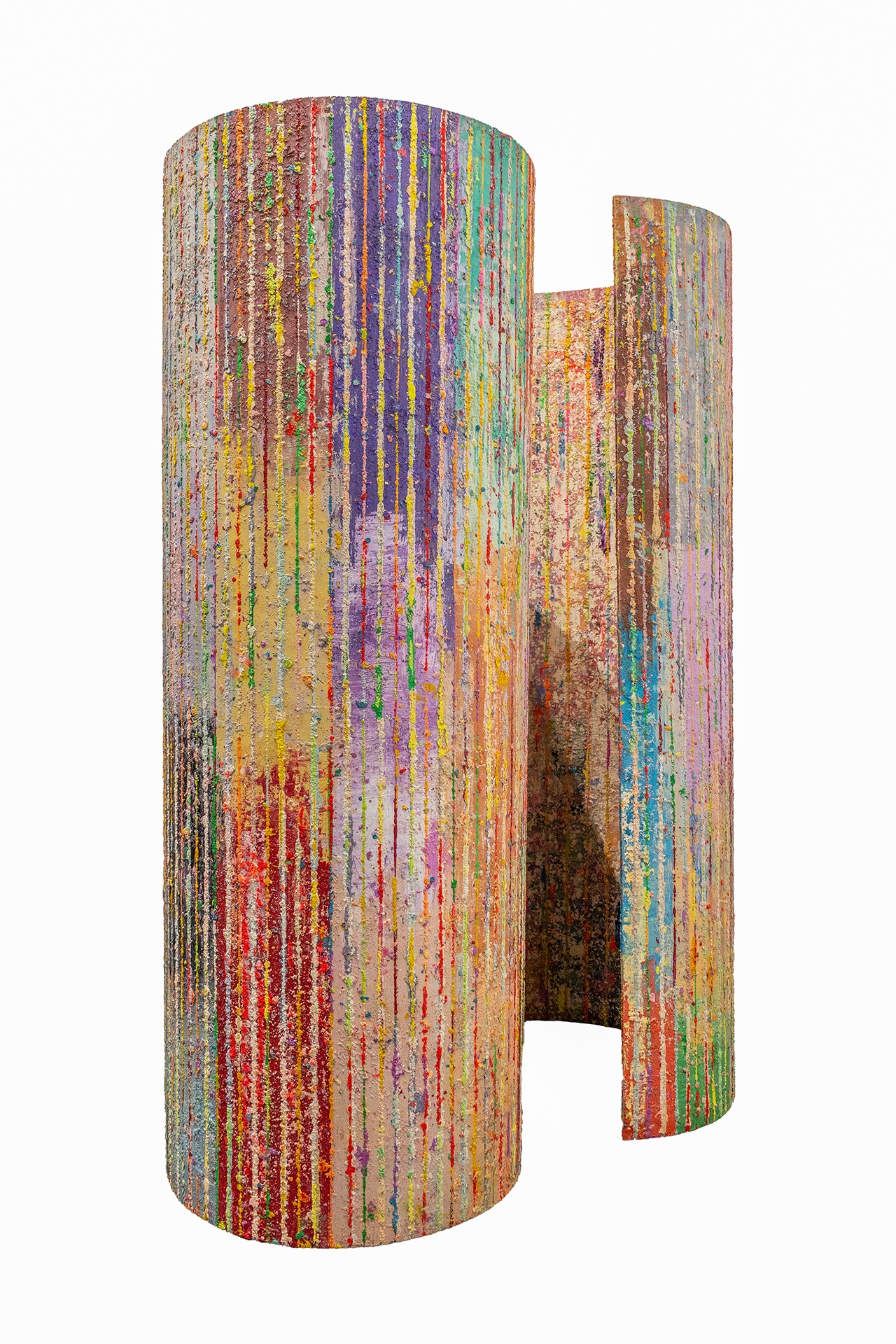
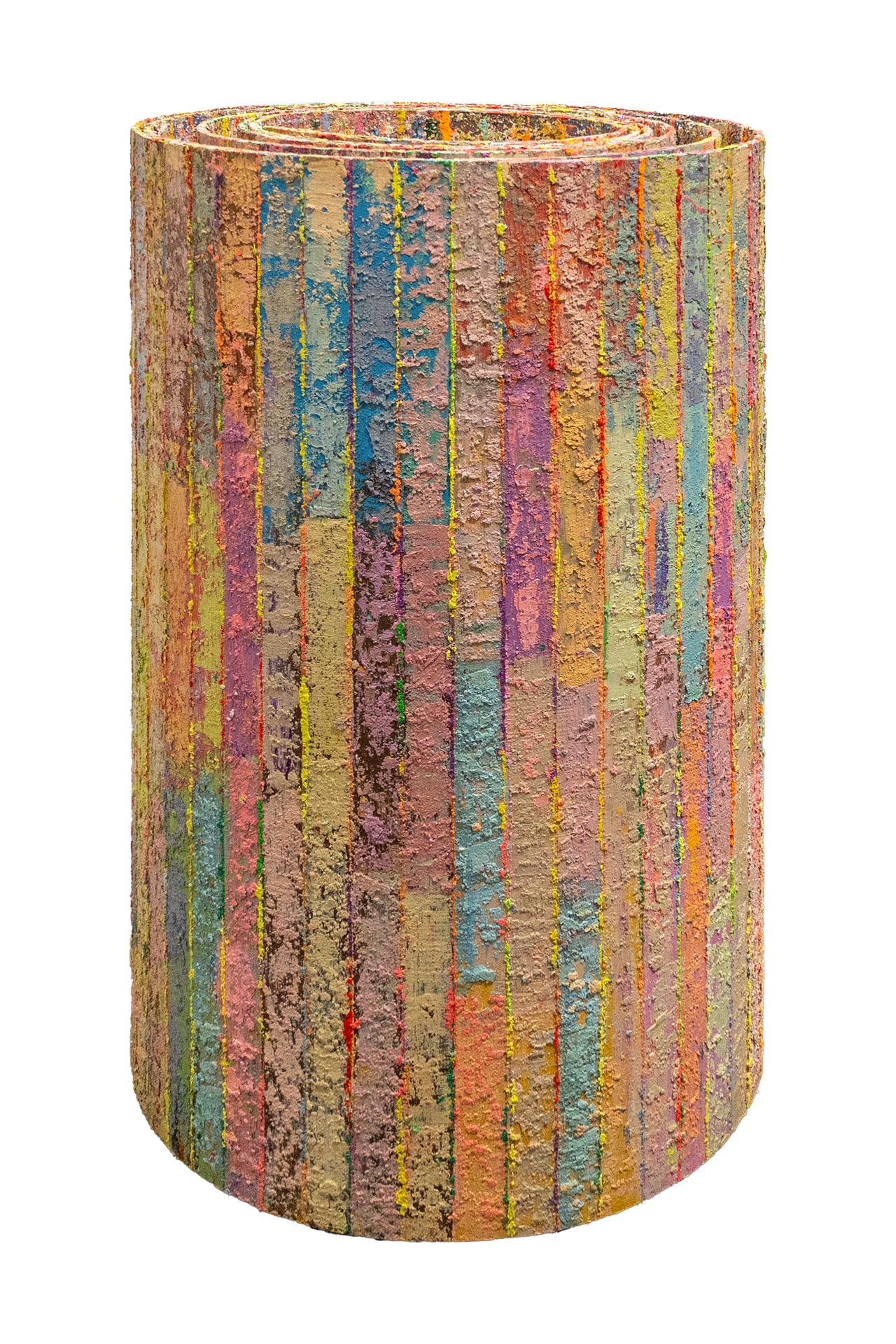
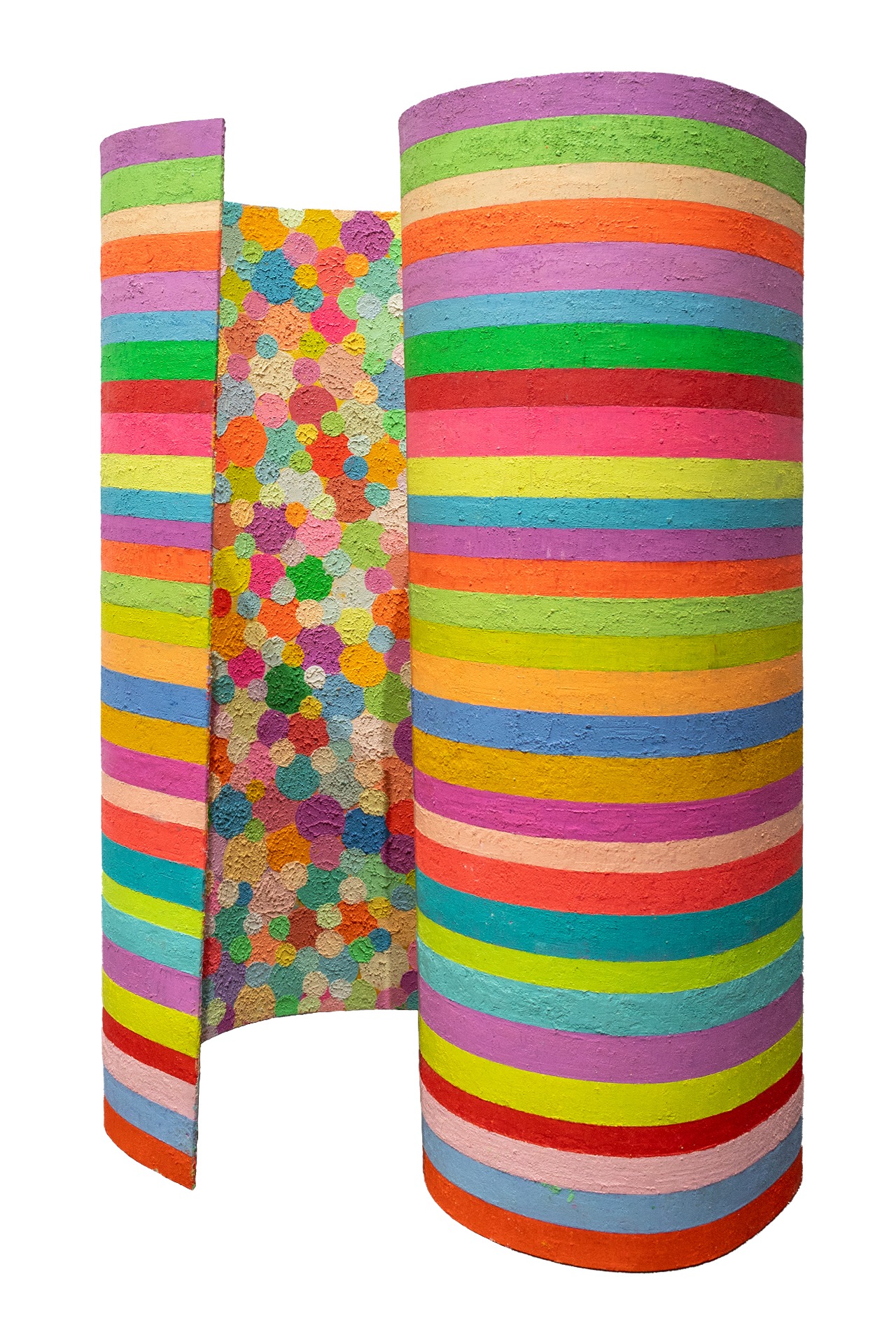
Tunnel
Patchworks
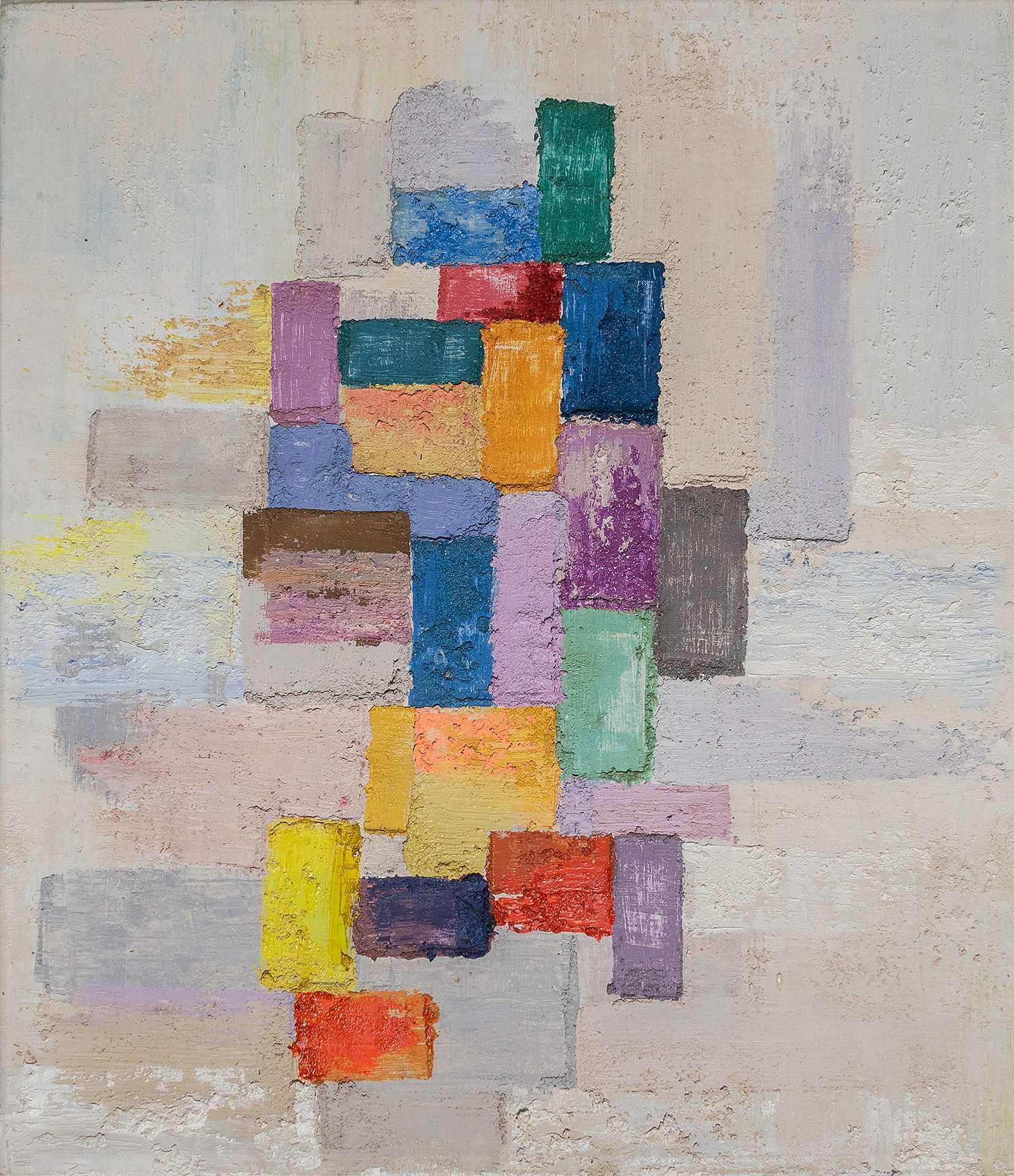
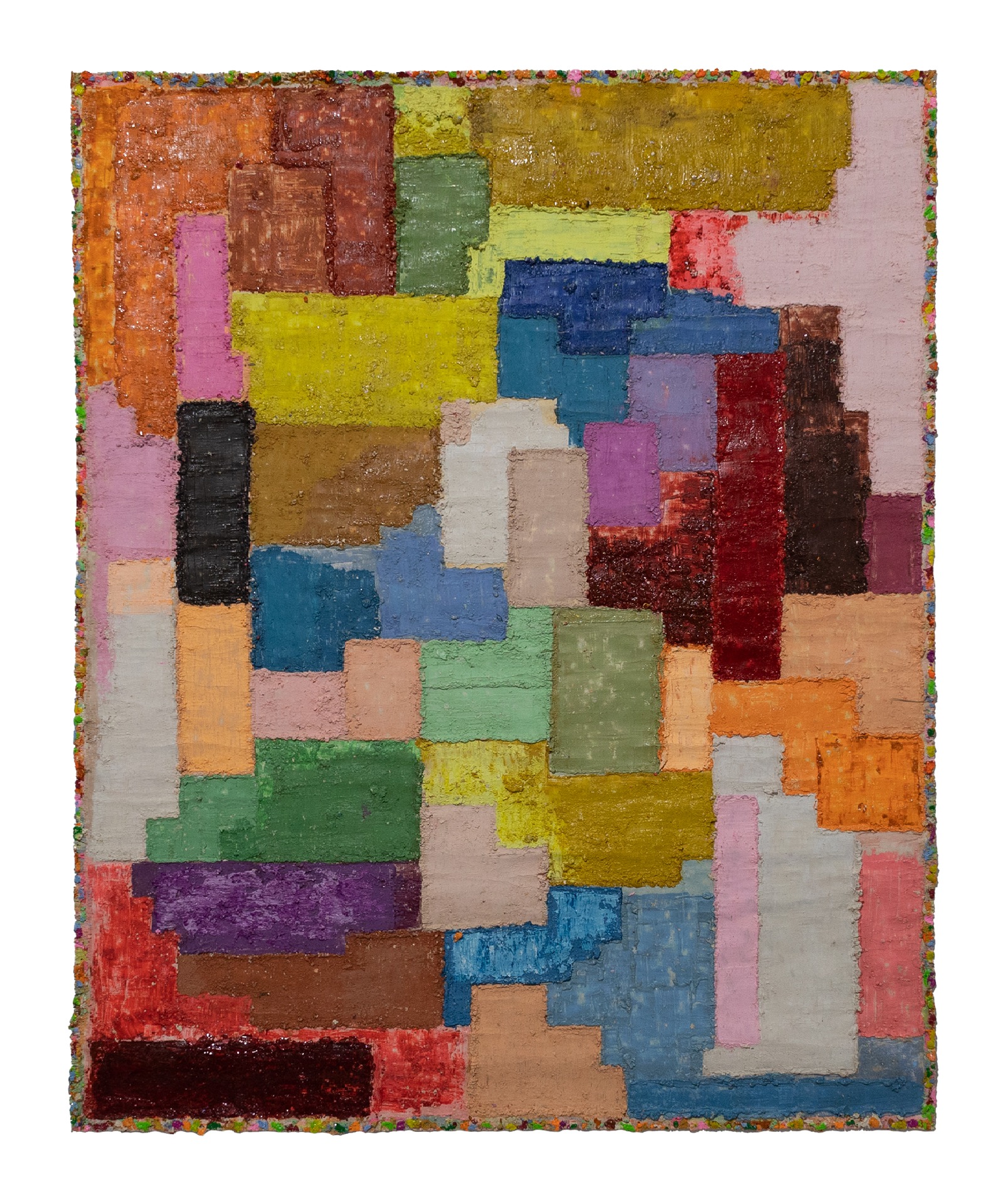
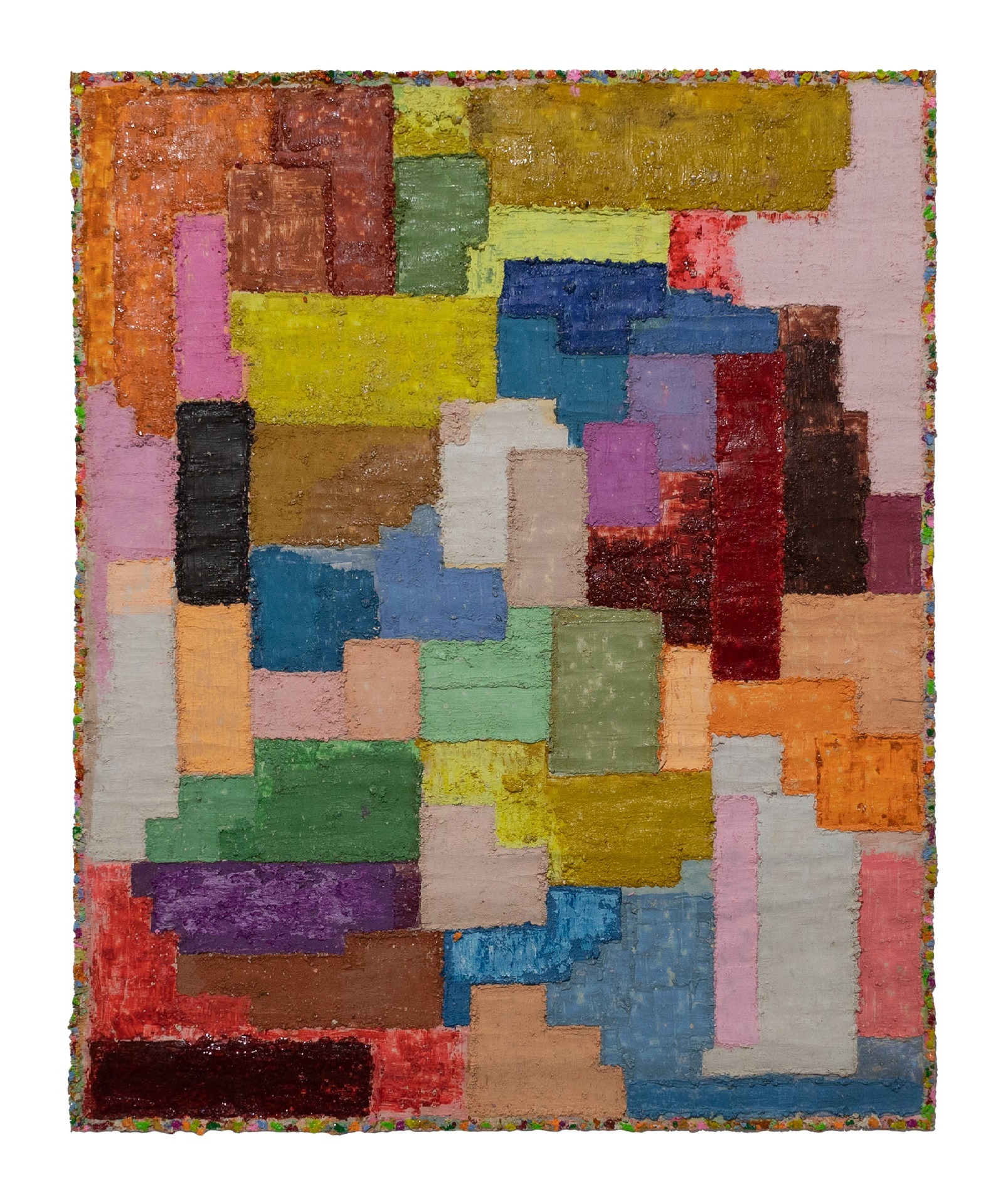
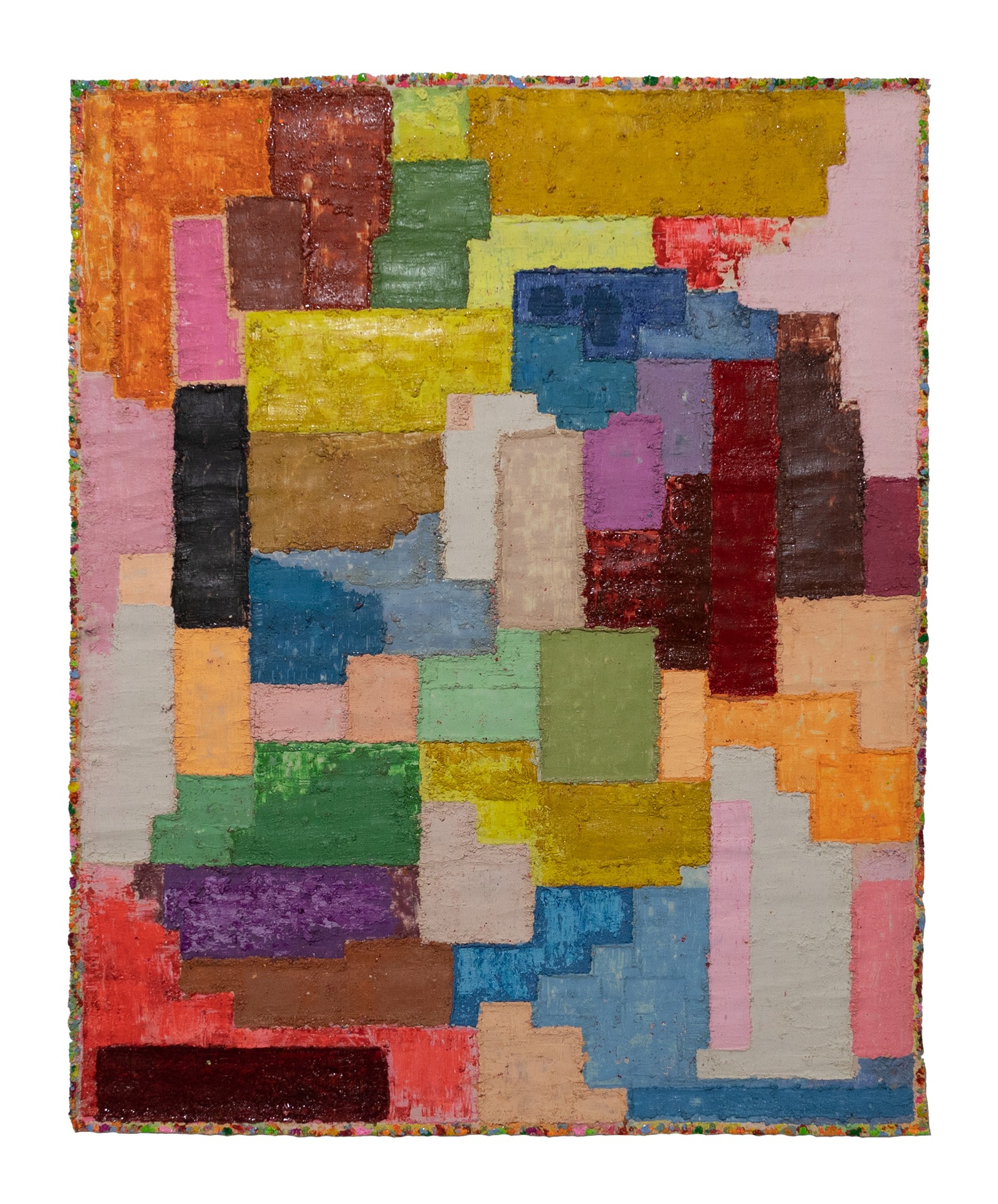
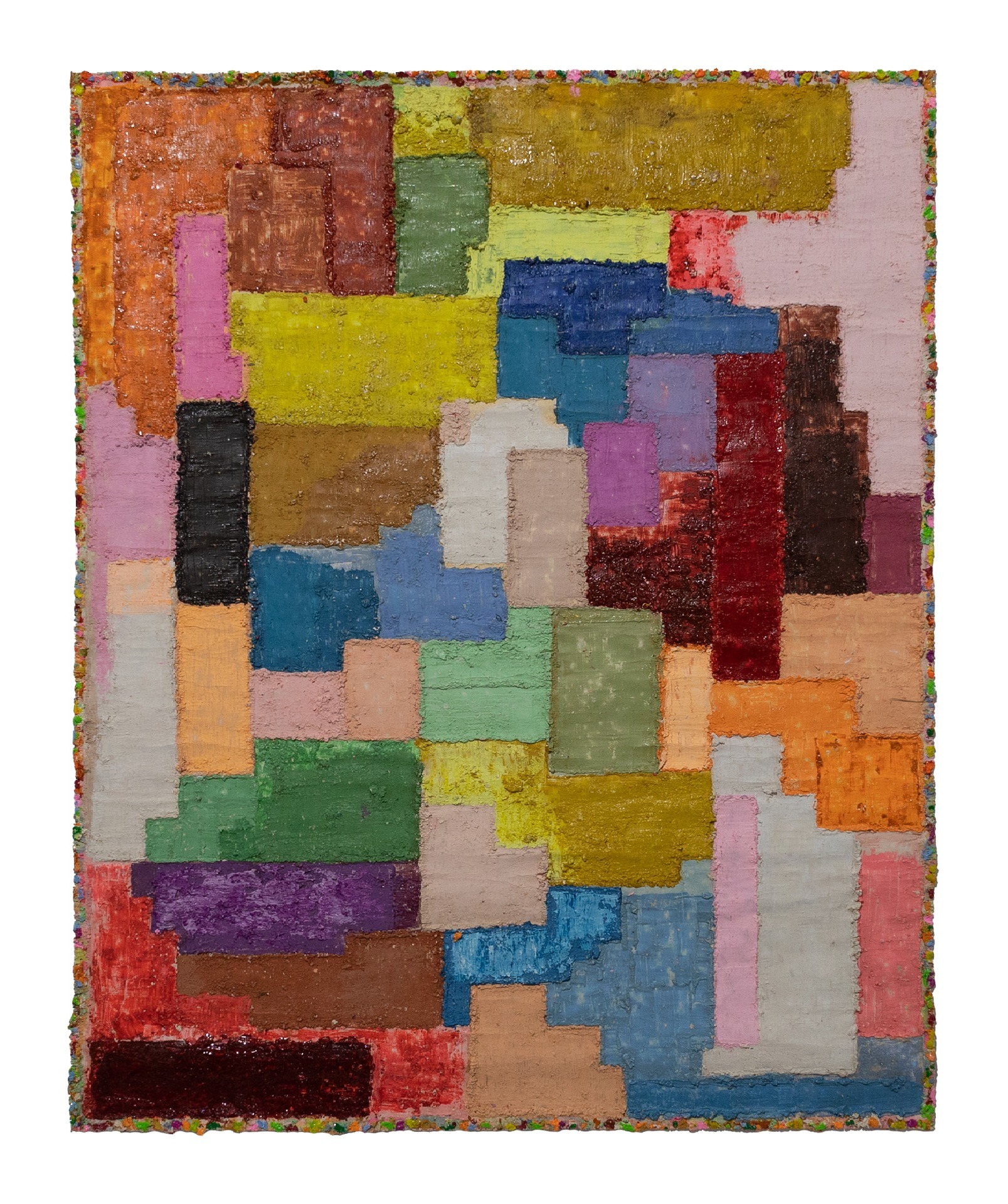
Weaving, Beautiful Future, and Wett series
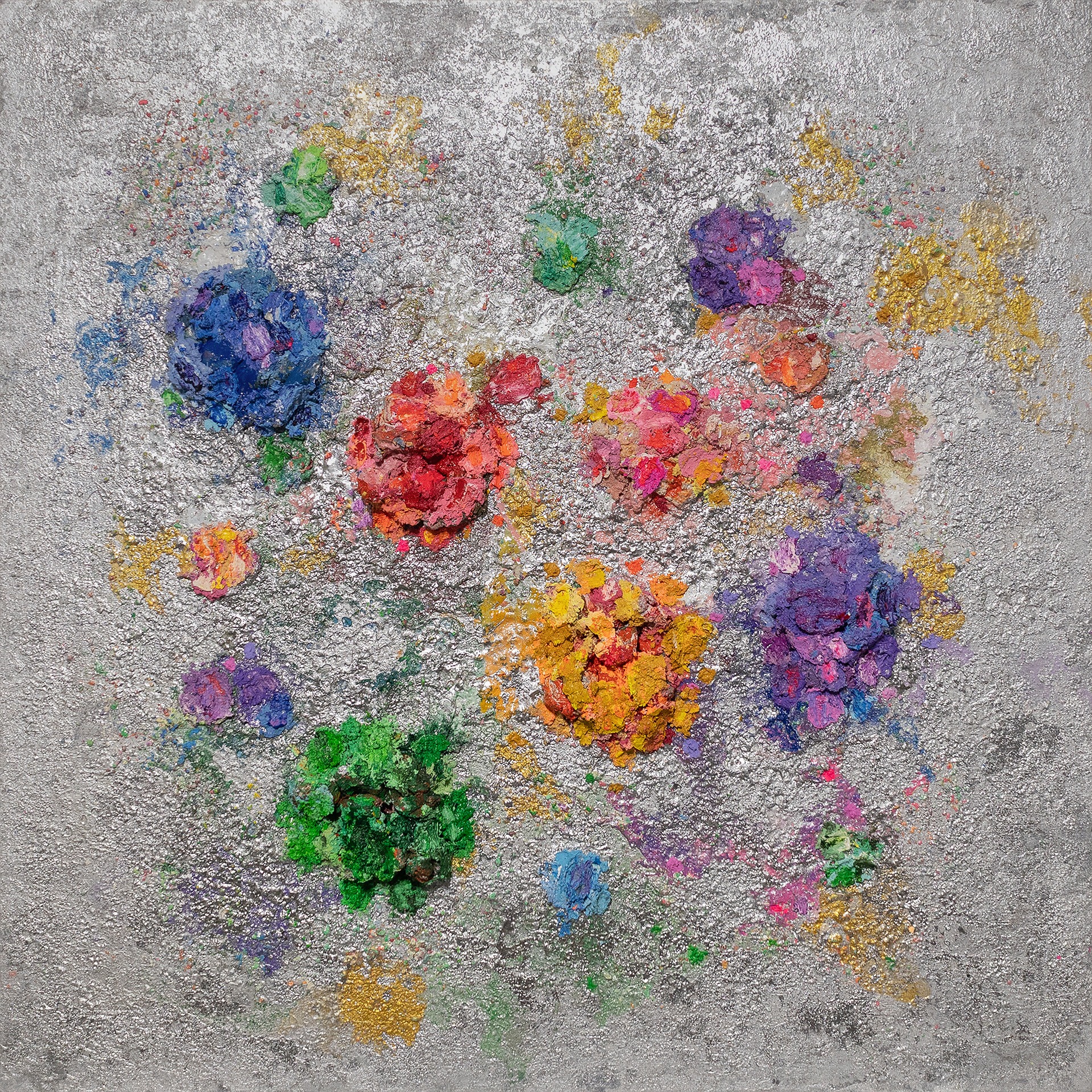
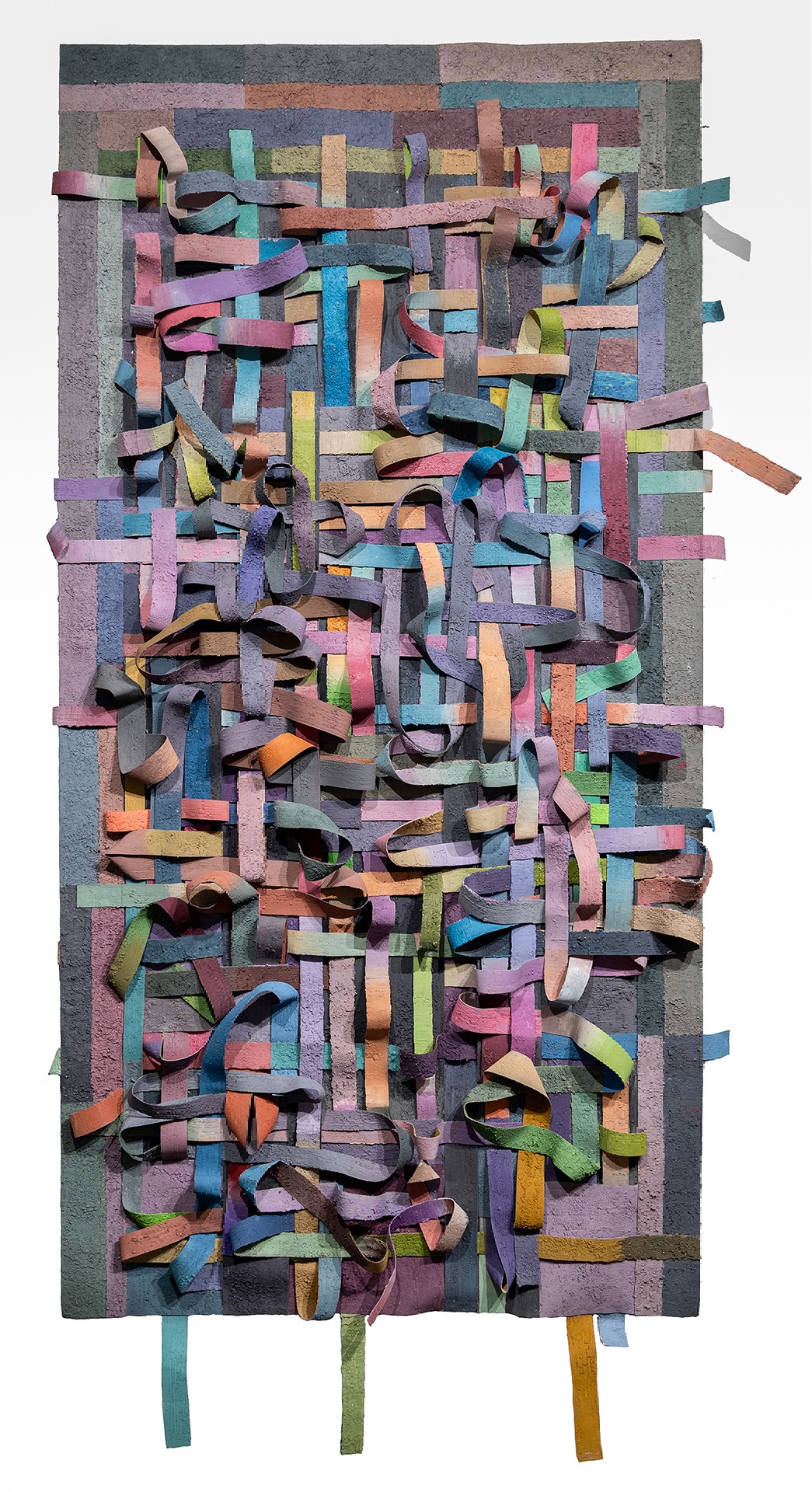
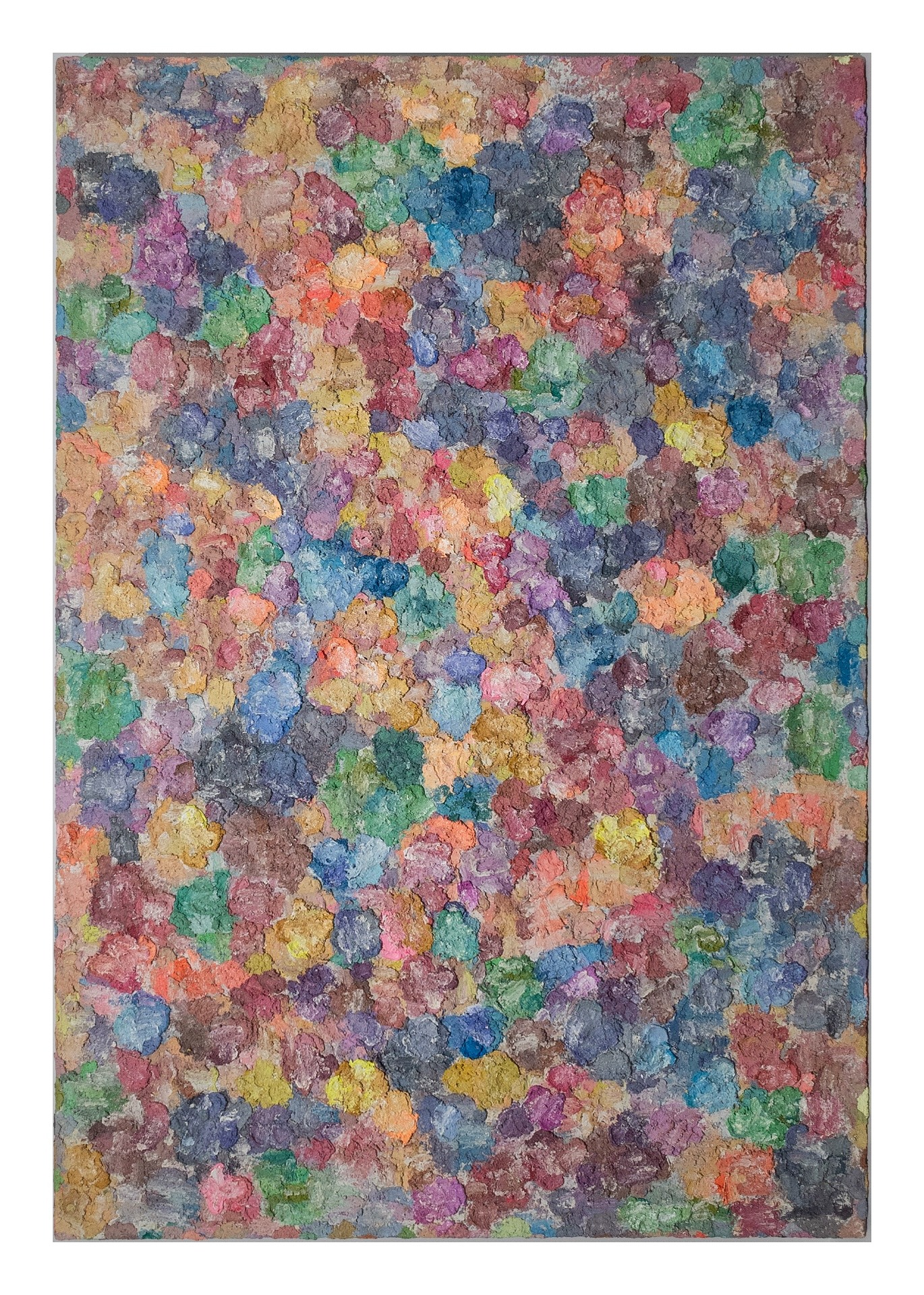
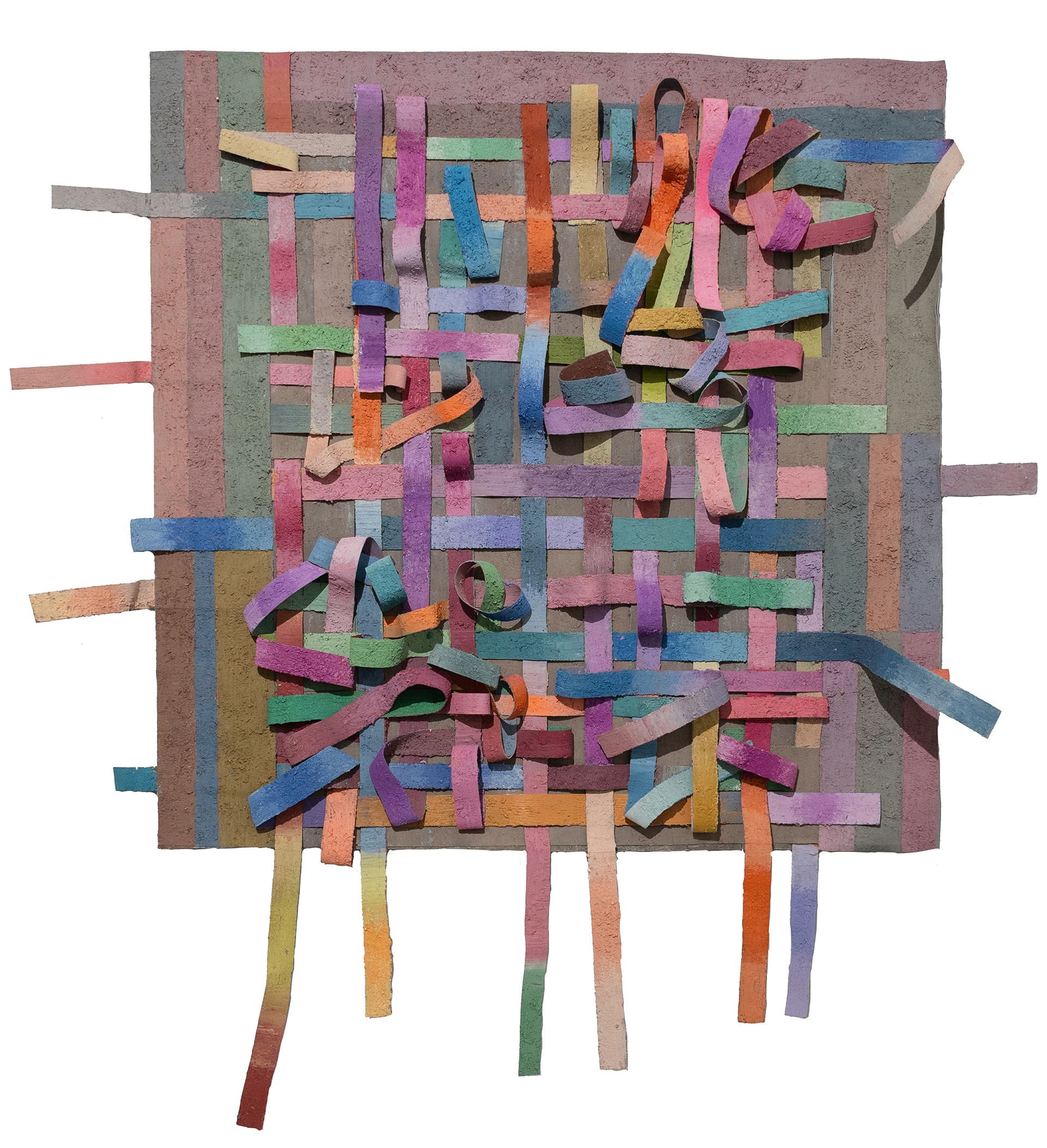
Marking Stones
Marking Stones (Stools)
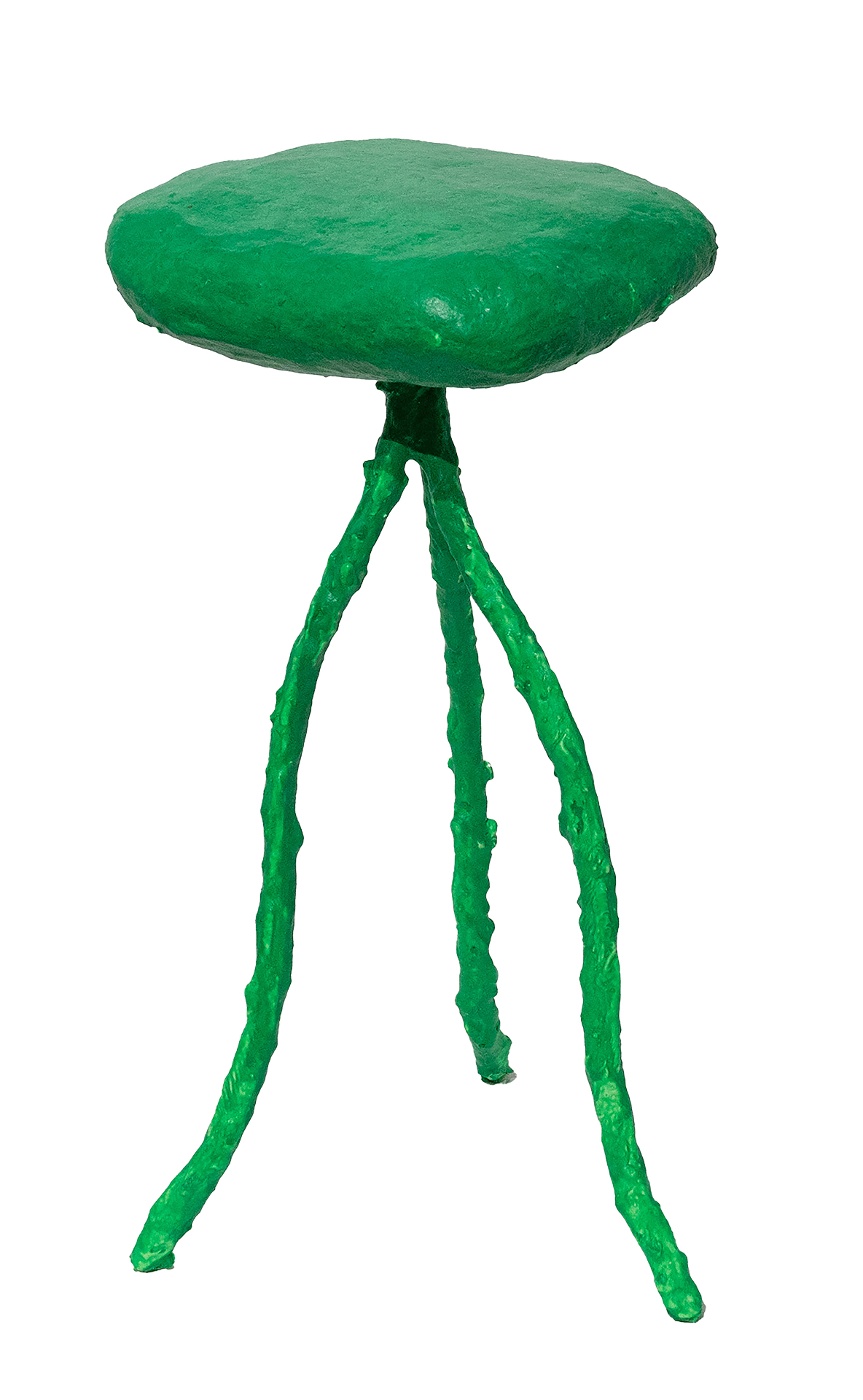
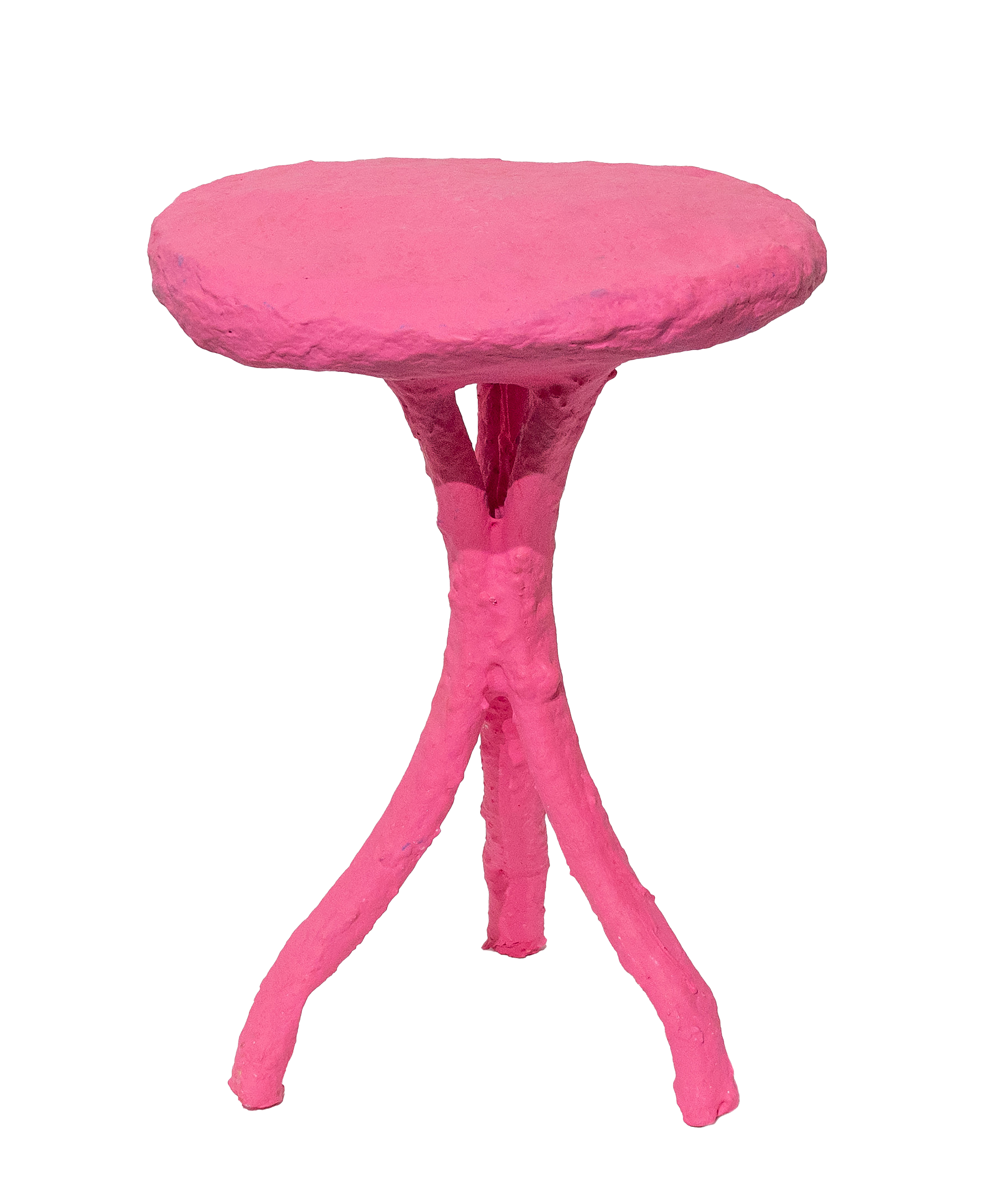
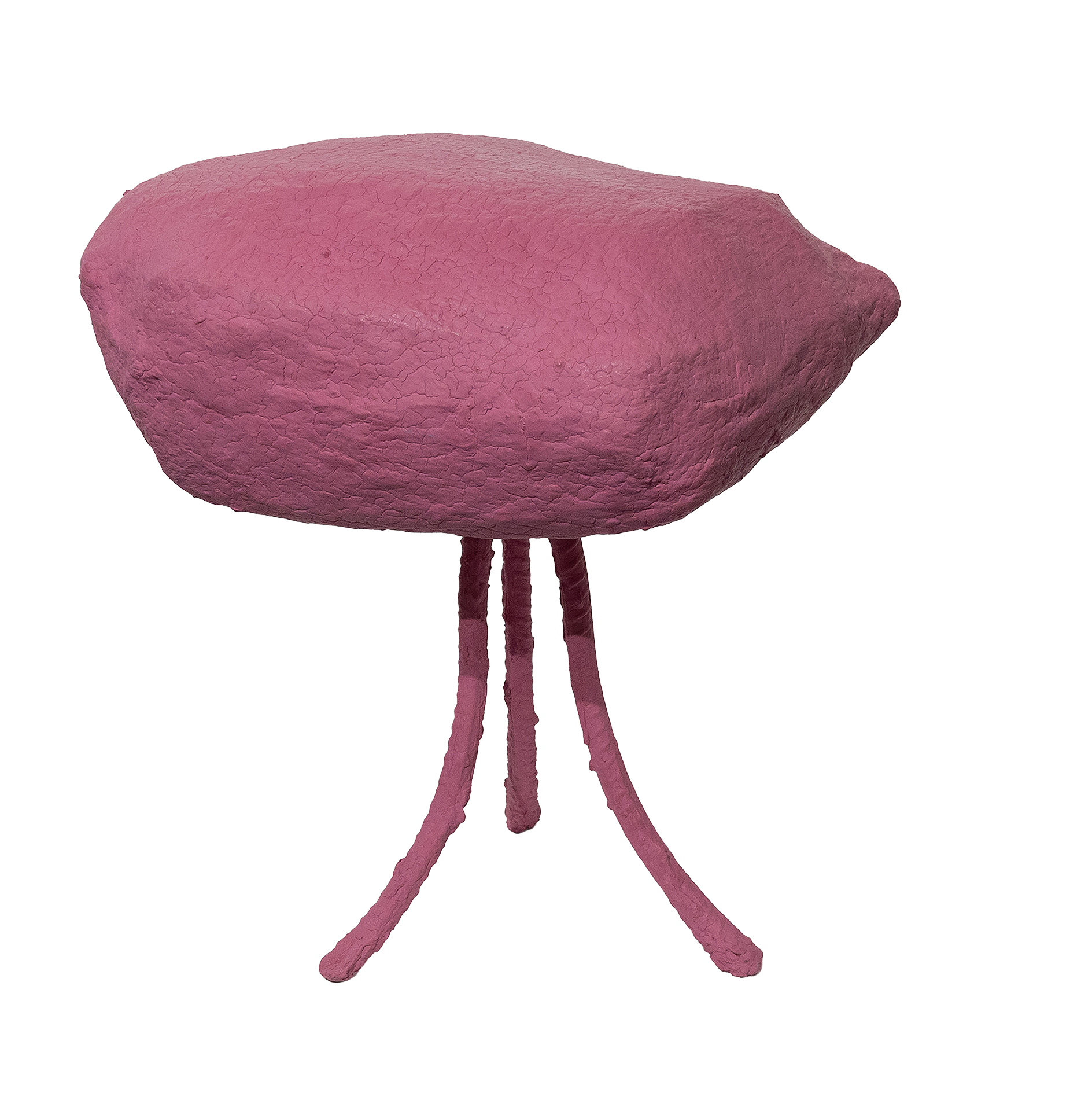
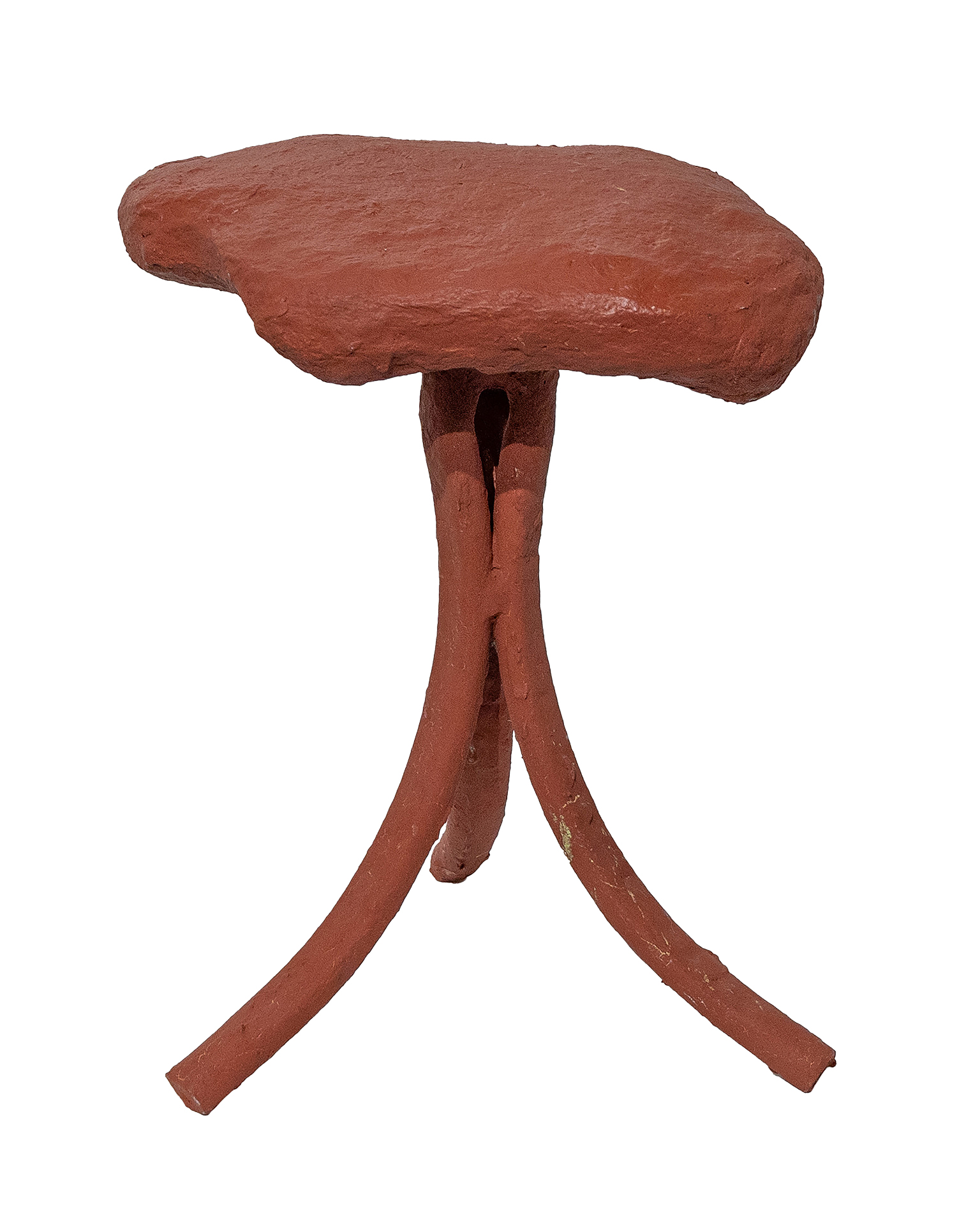
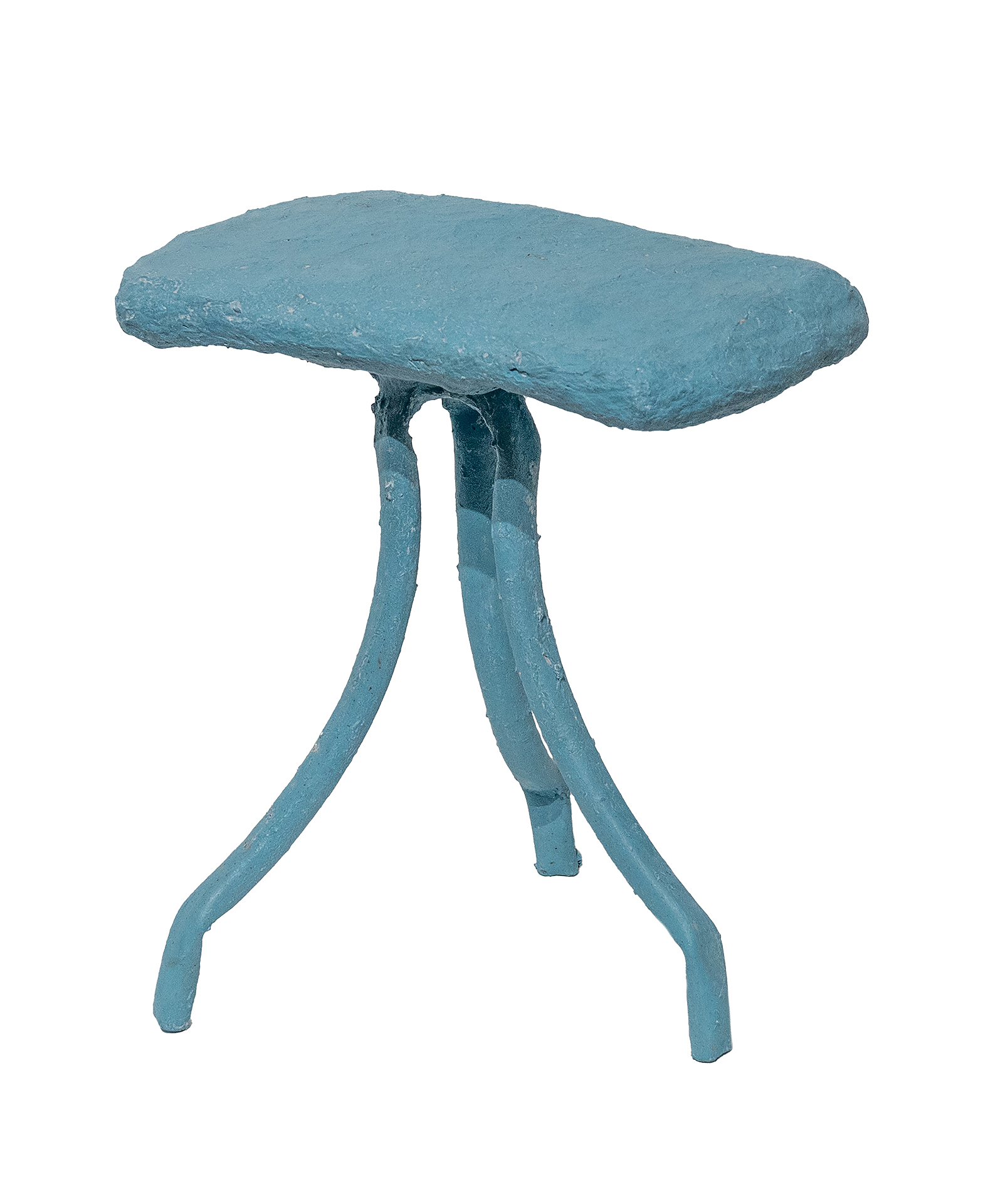
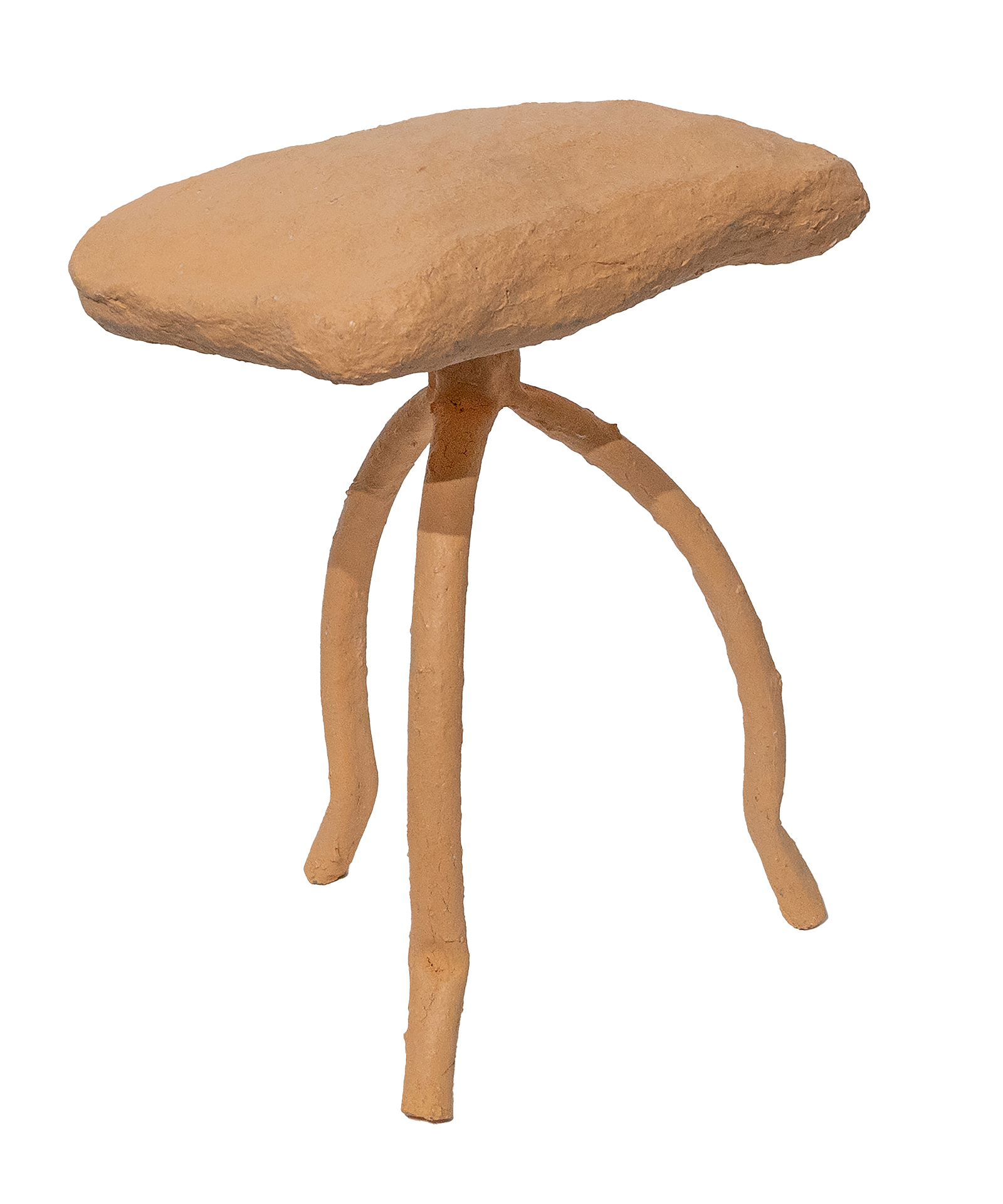
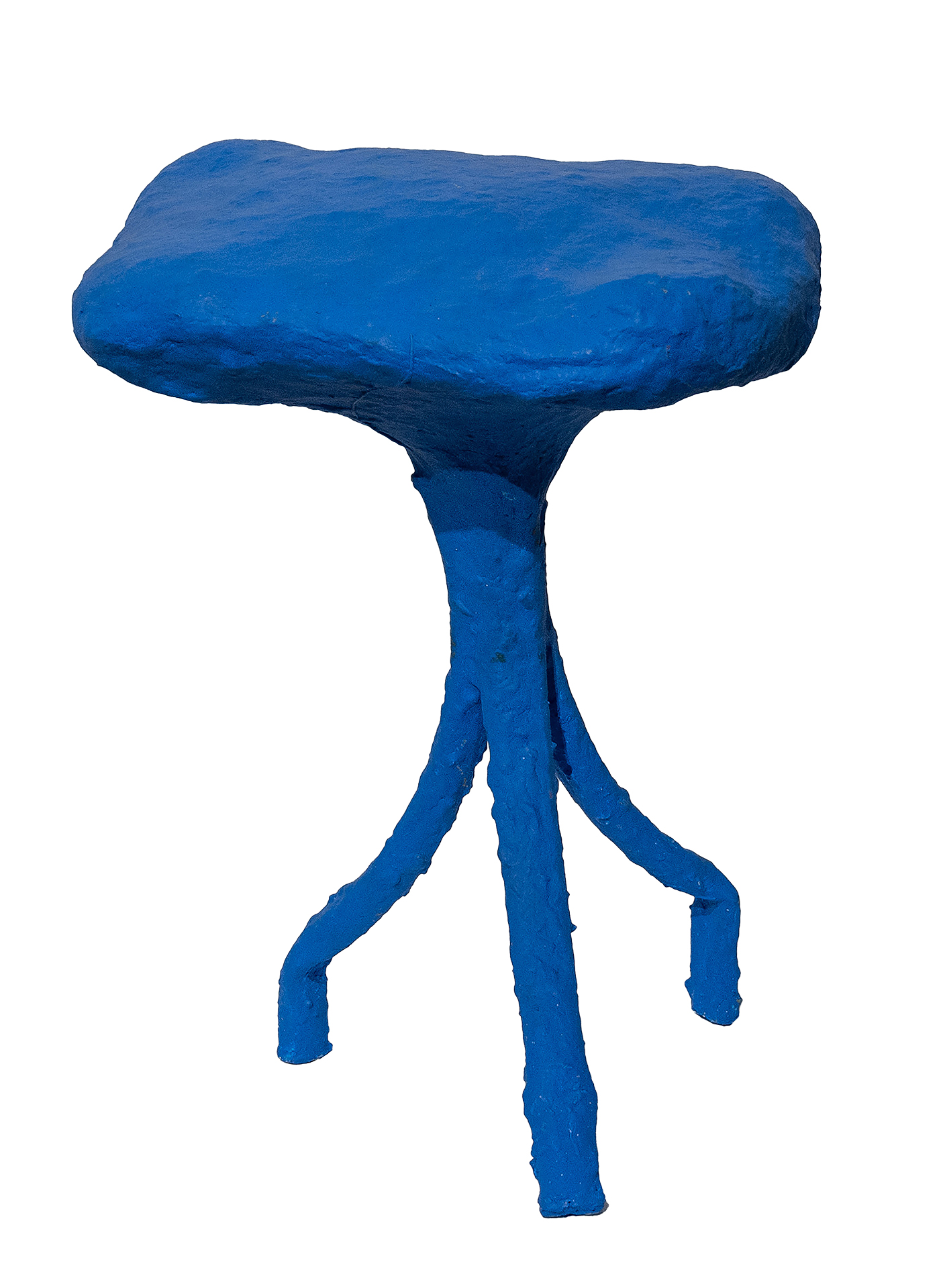
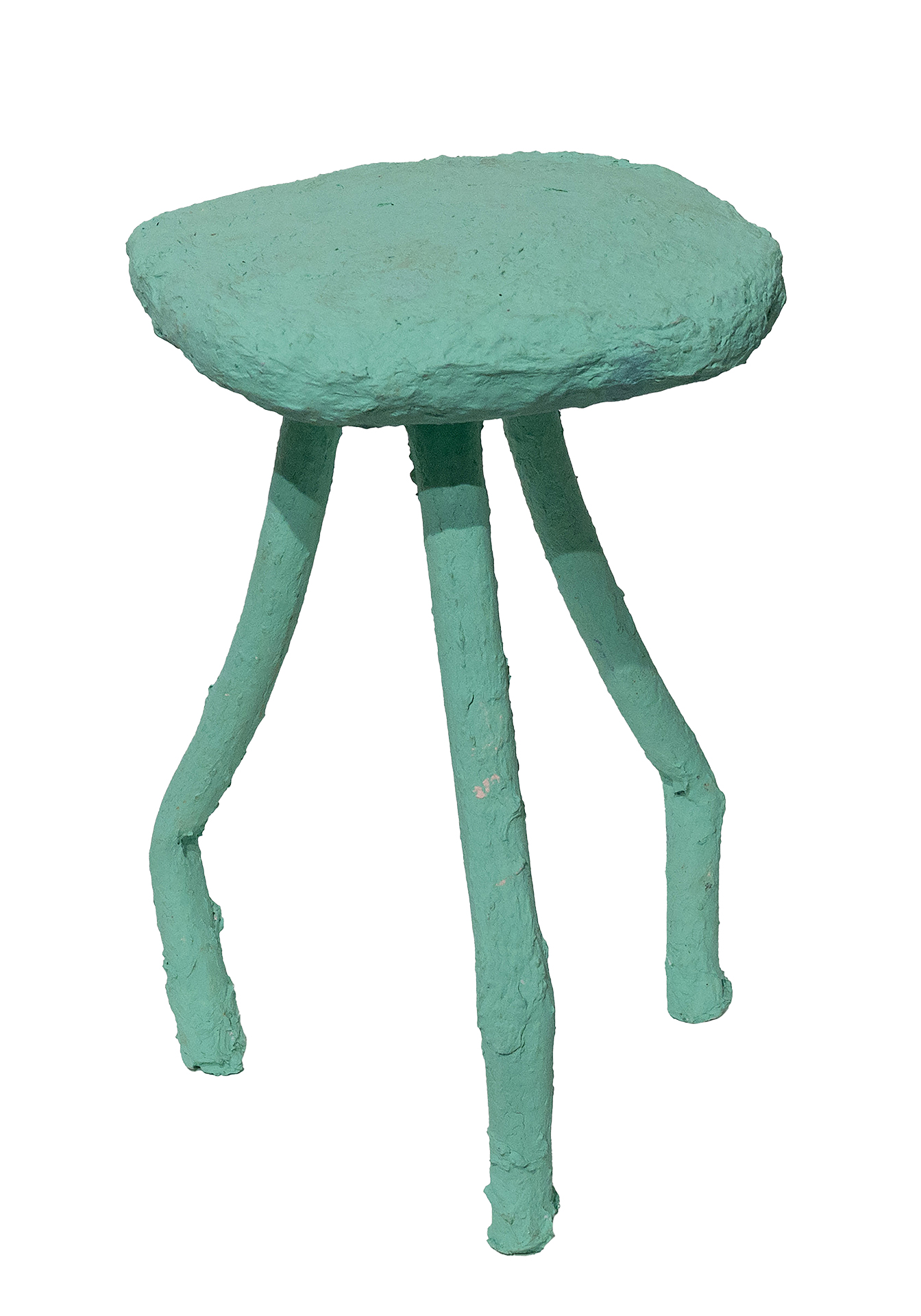
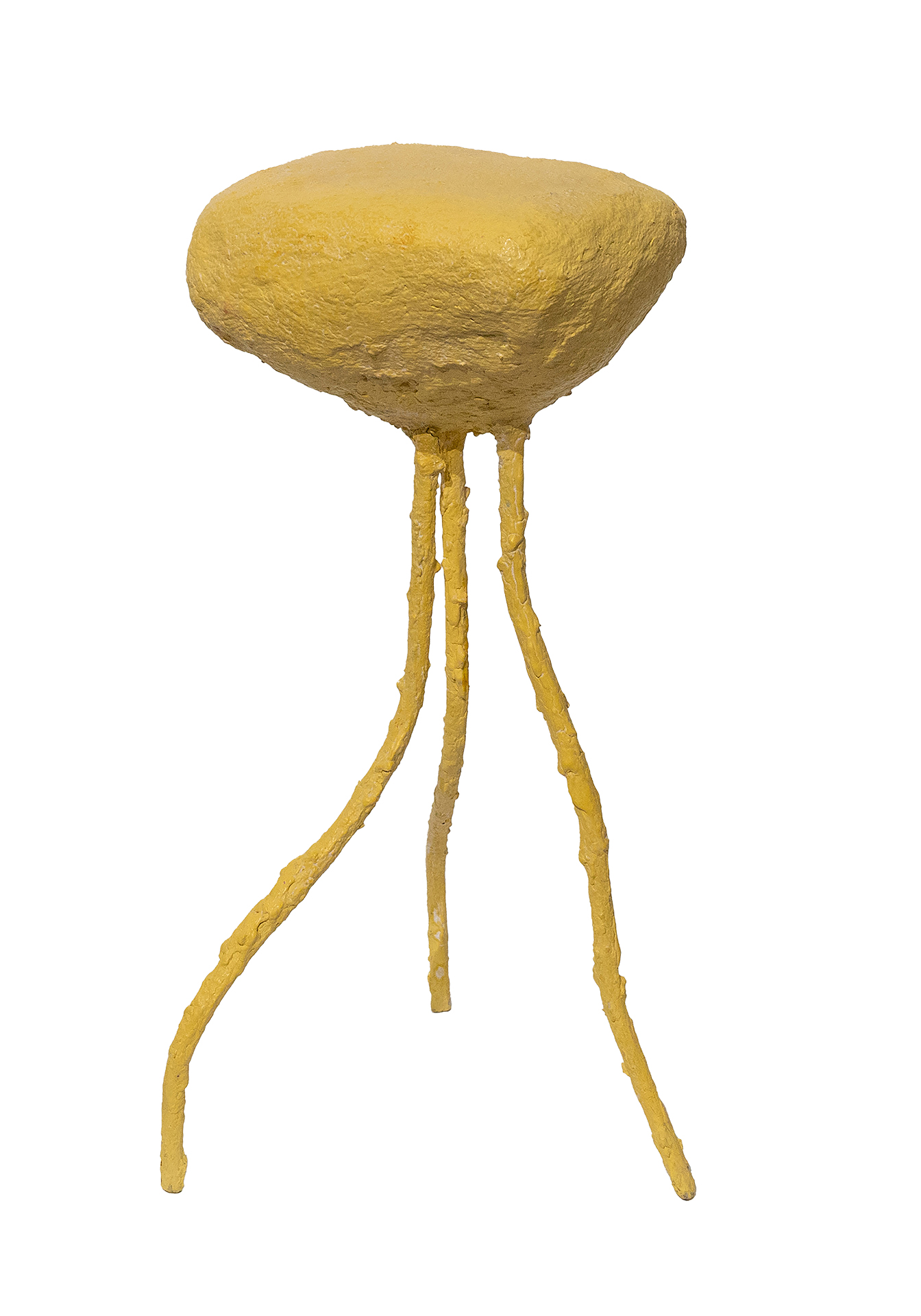
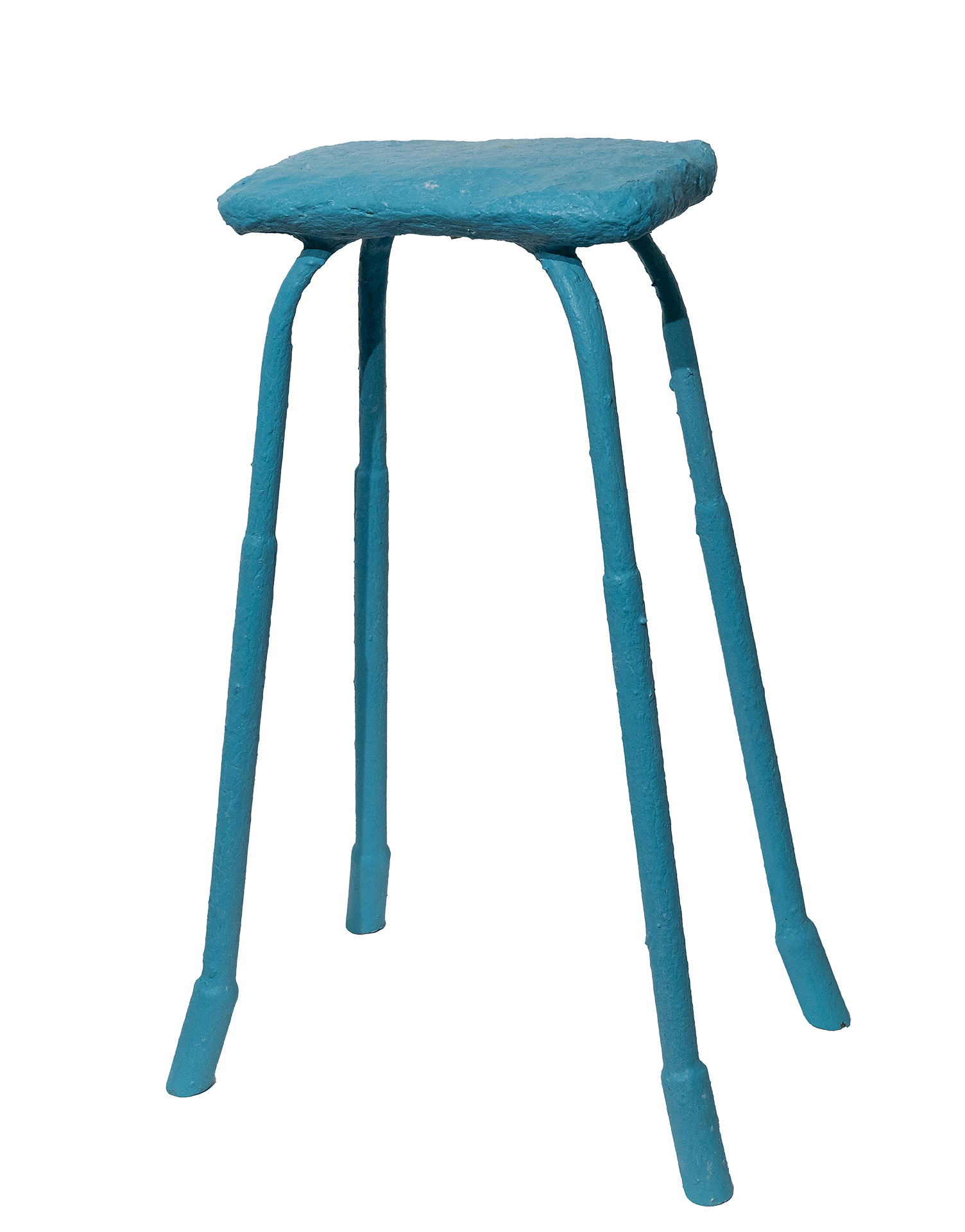
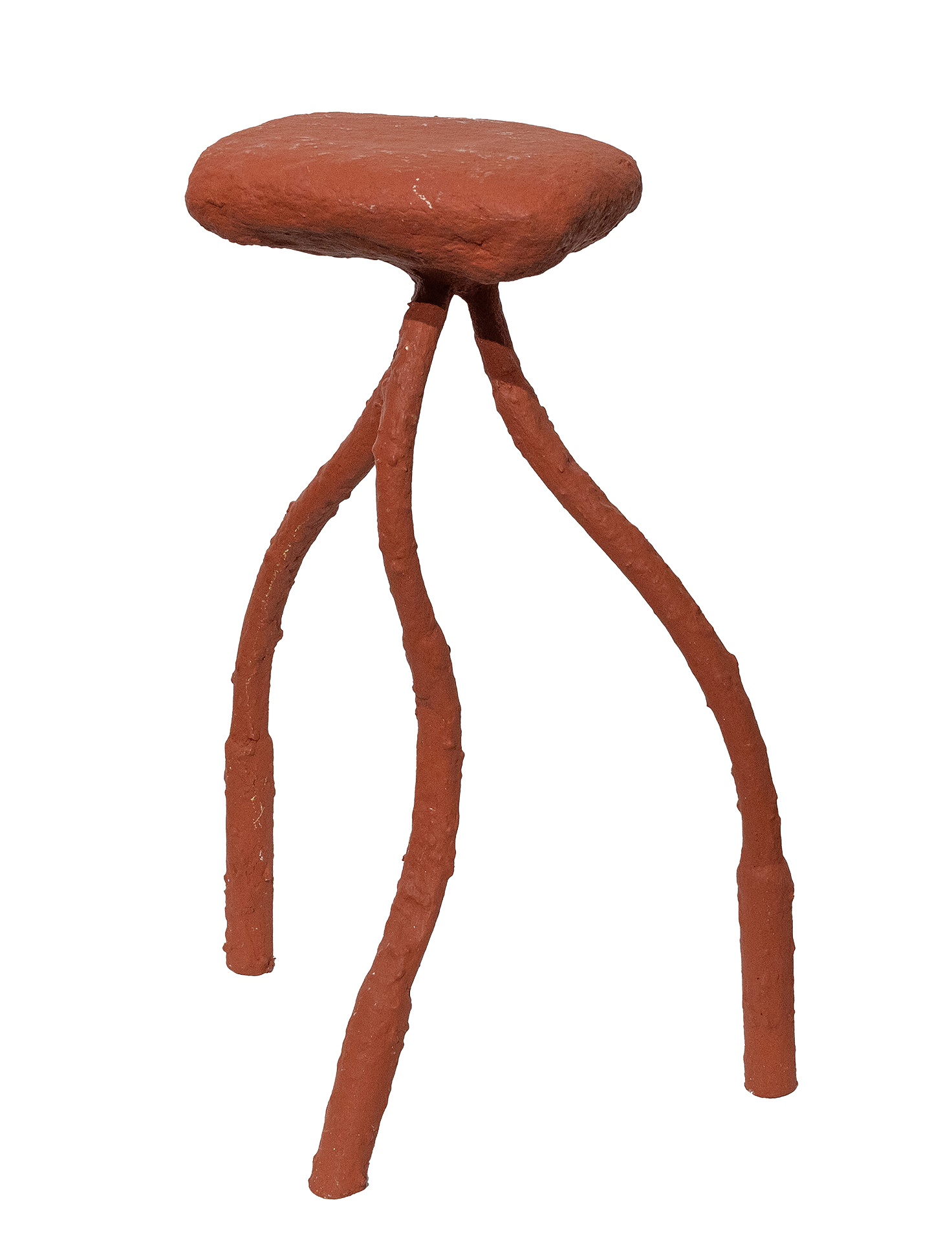
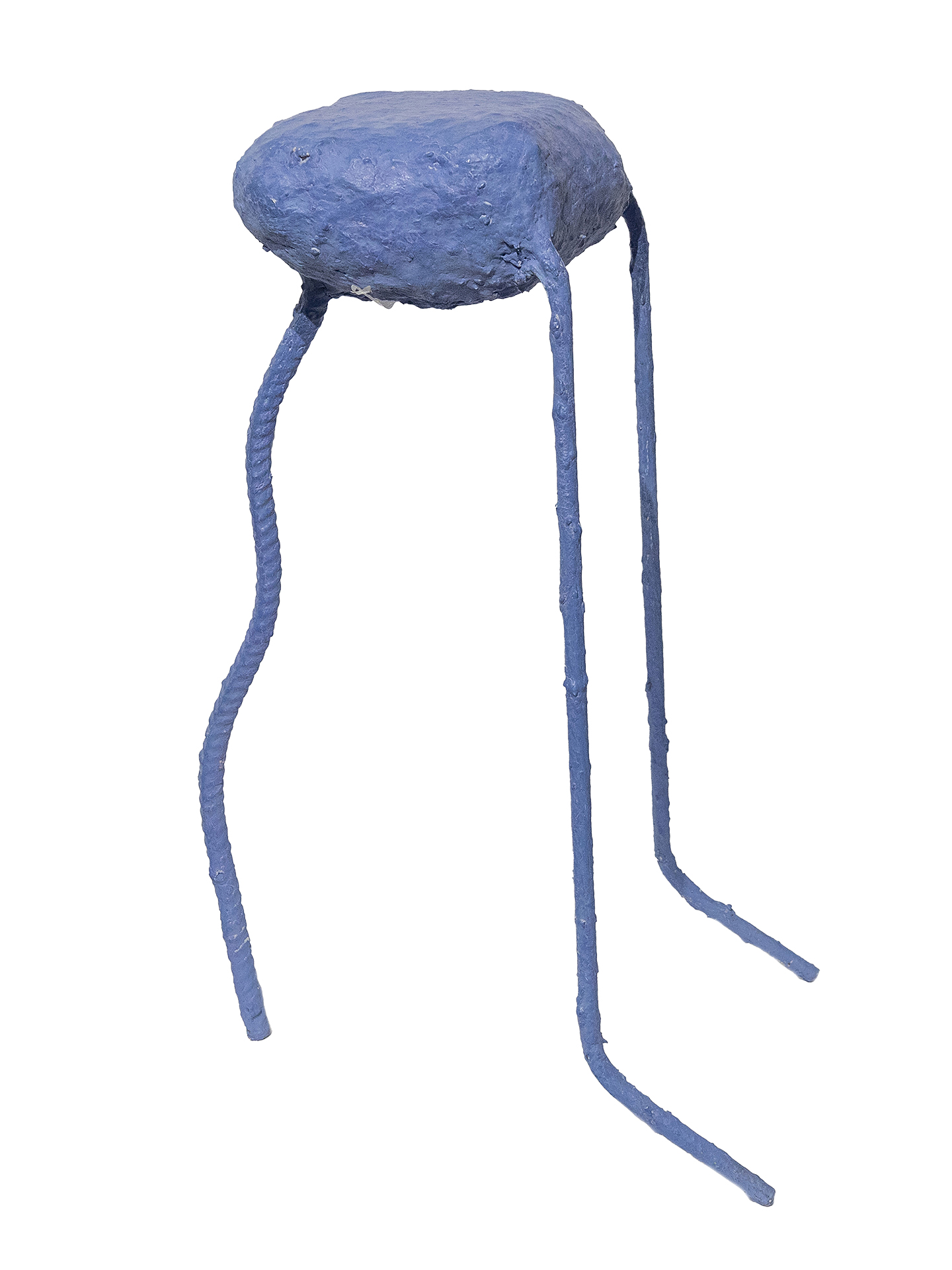
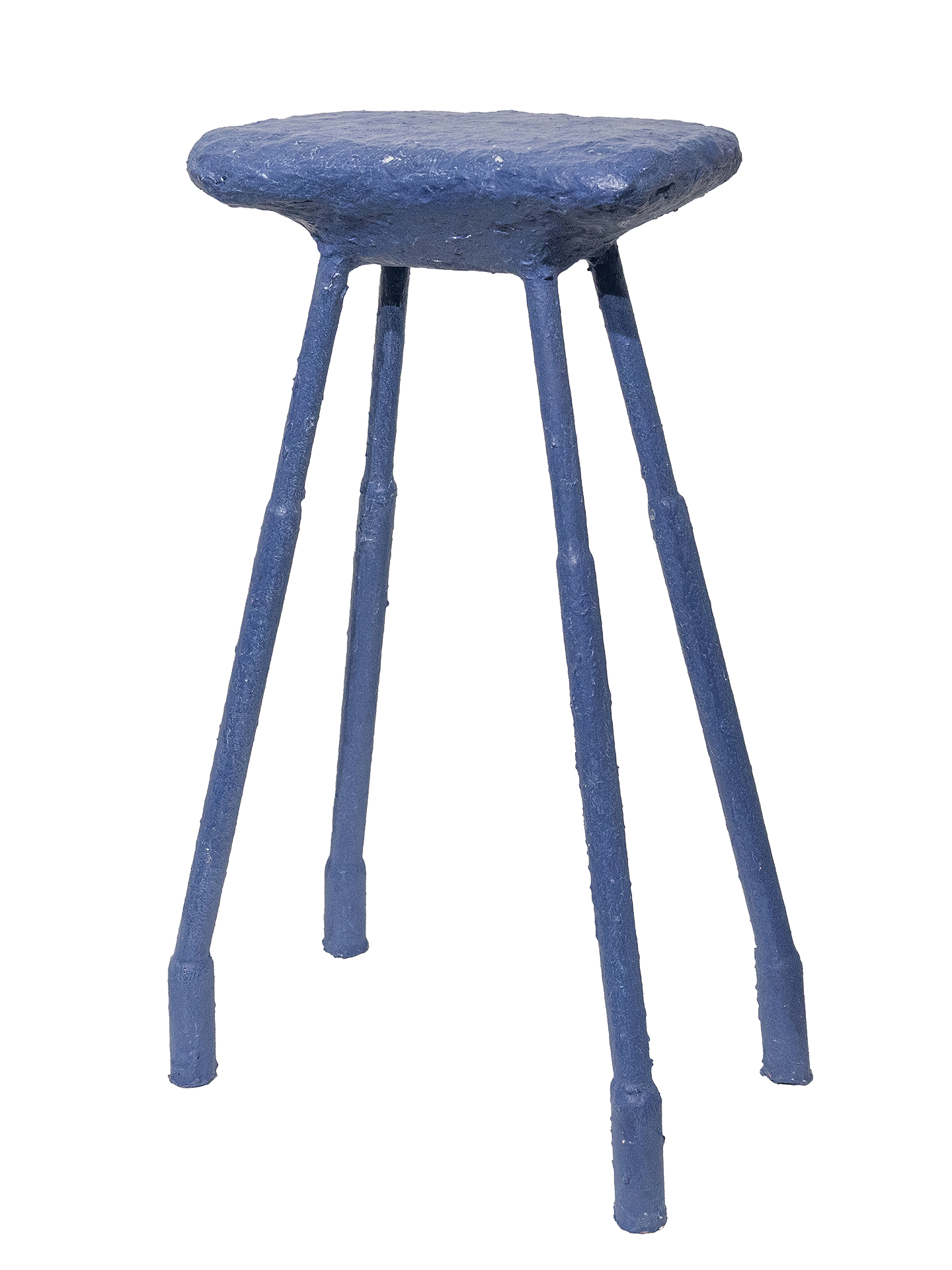
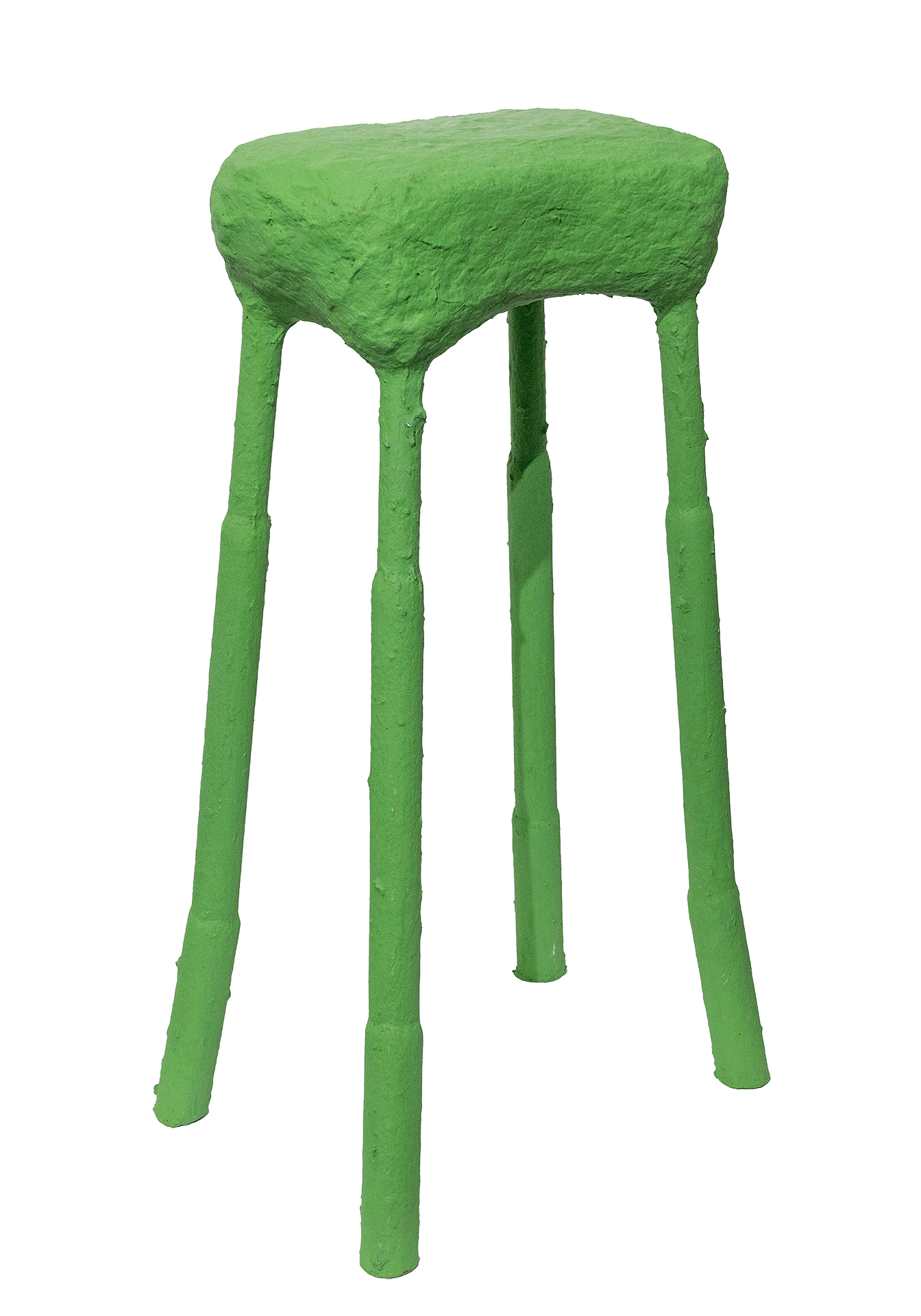
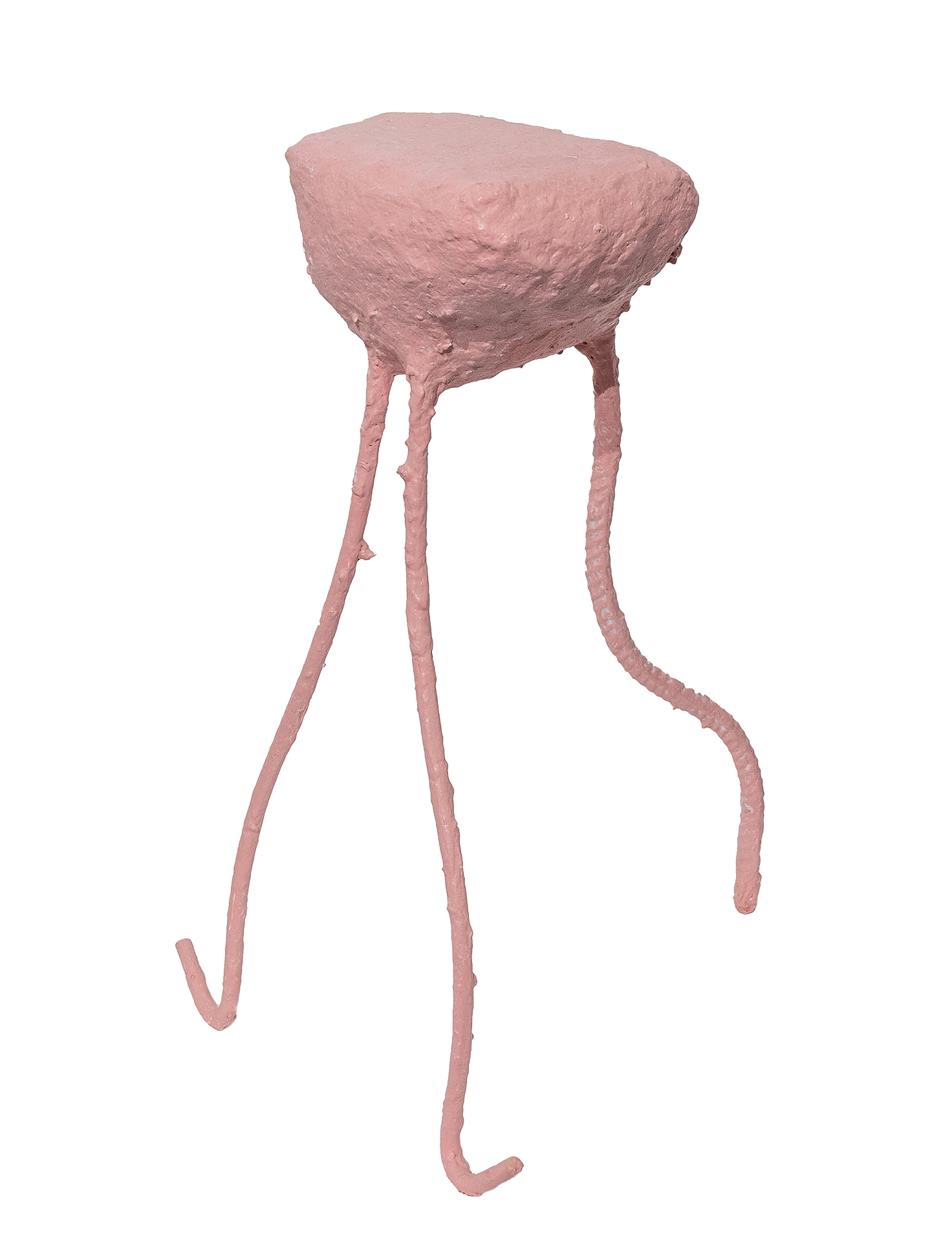
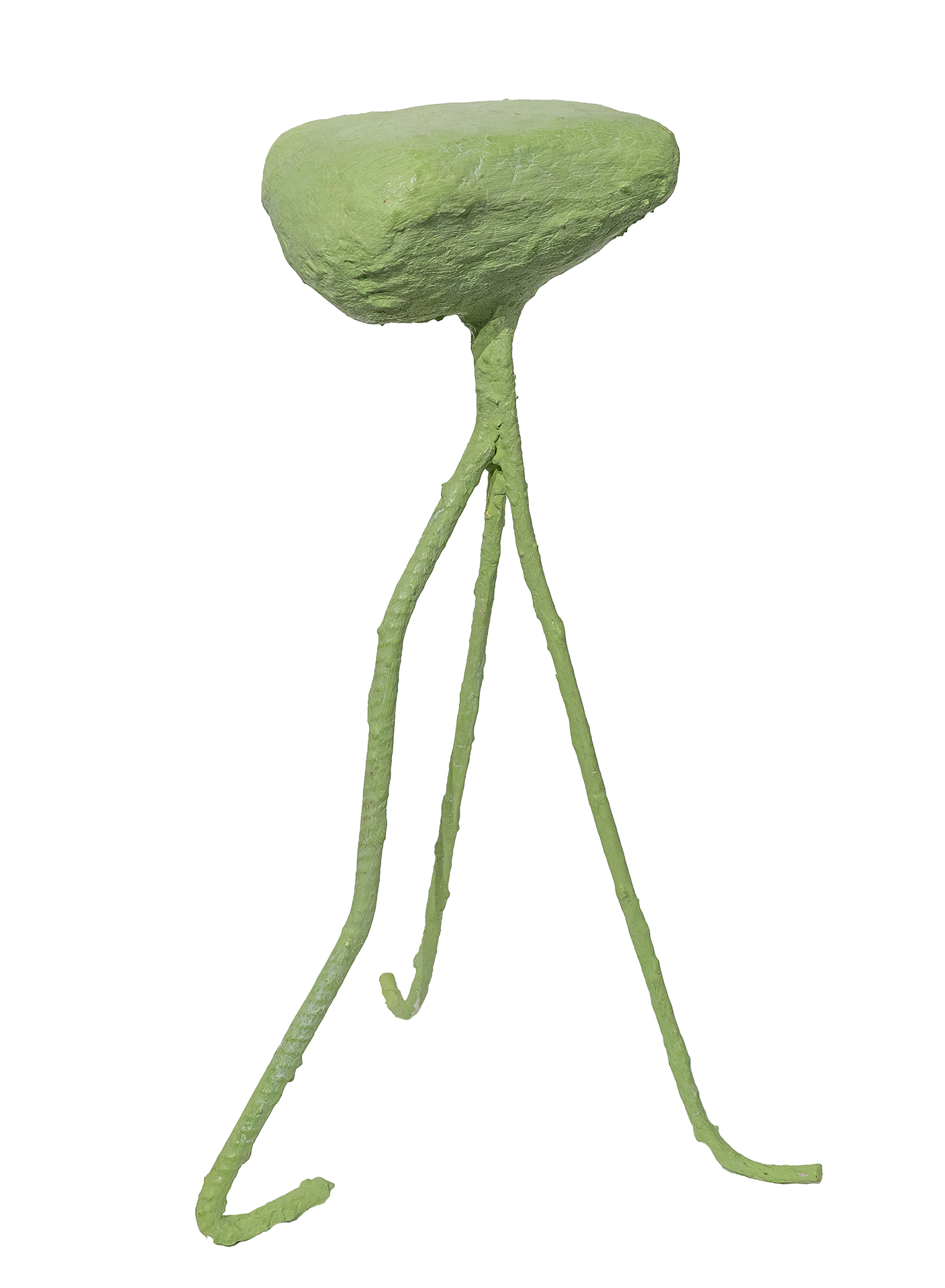
Marking Stones (Vessels)
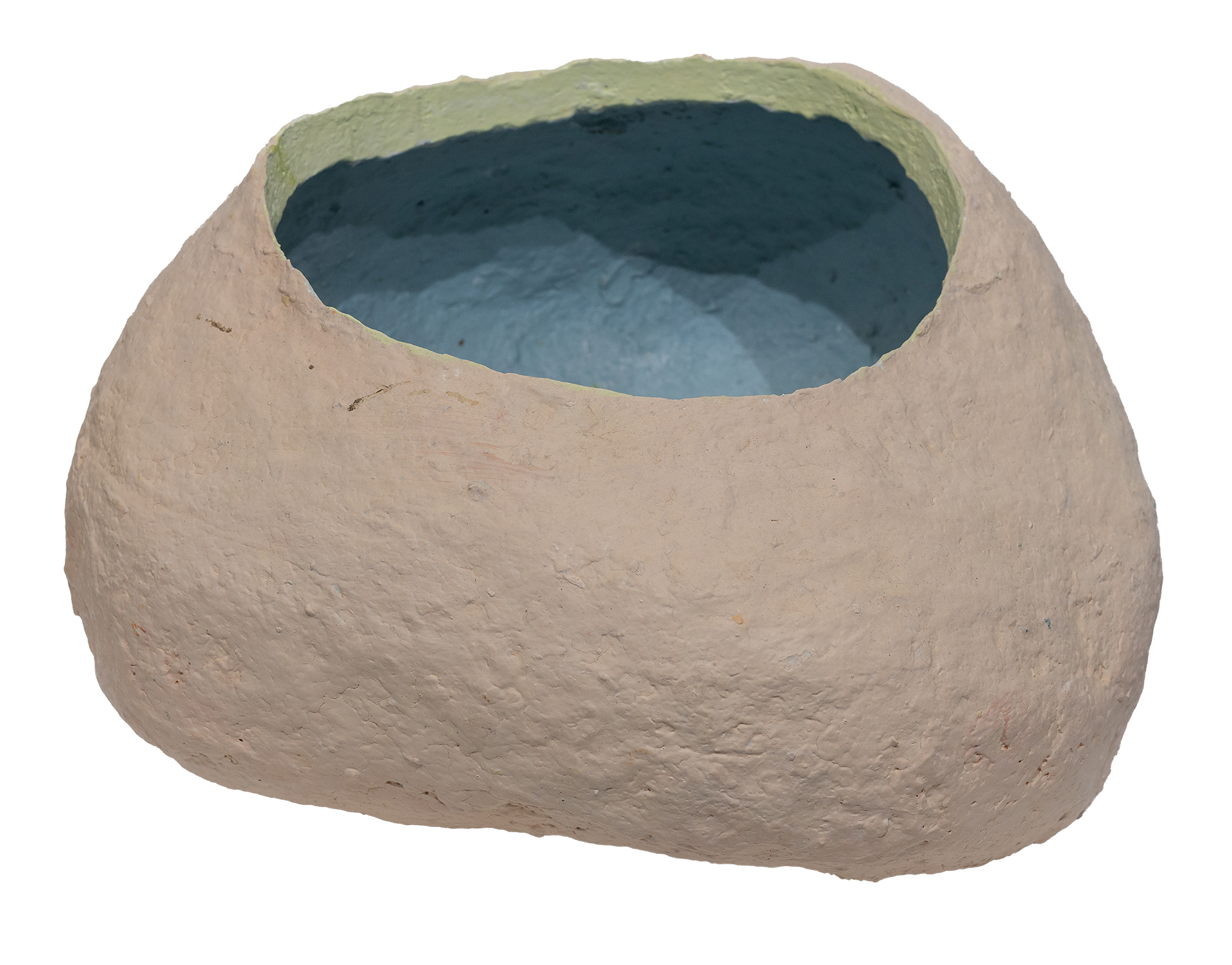
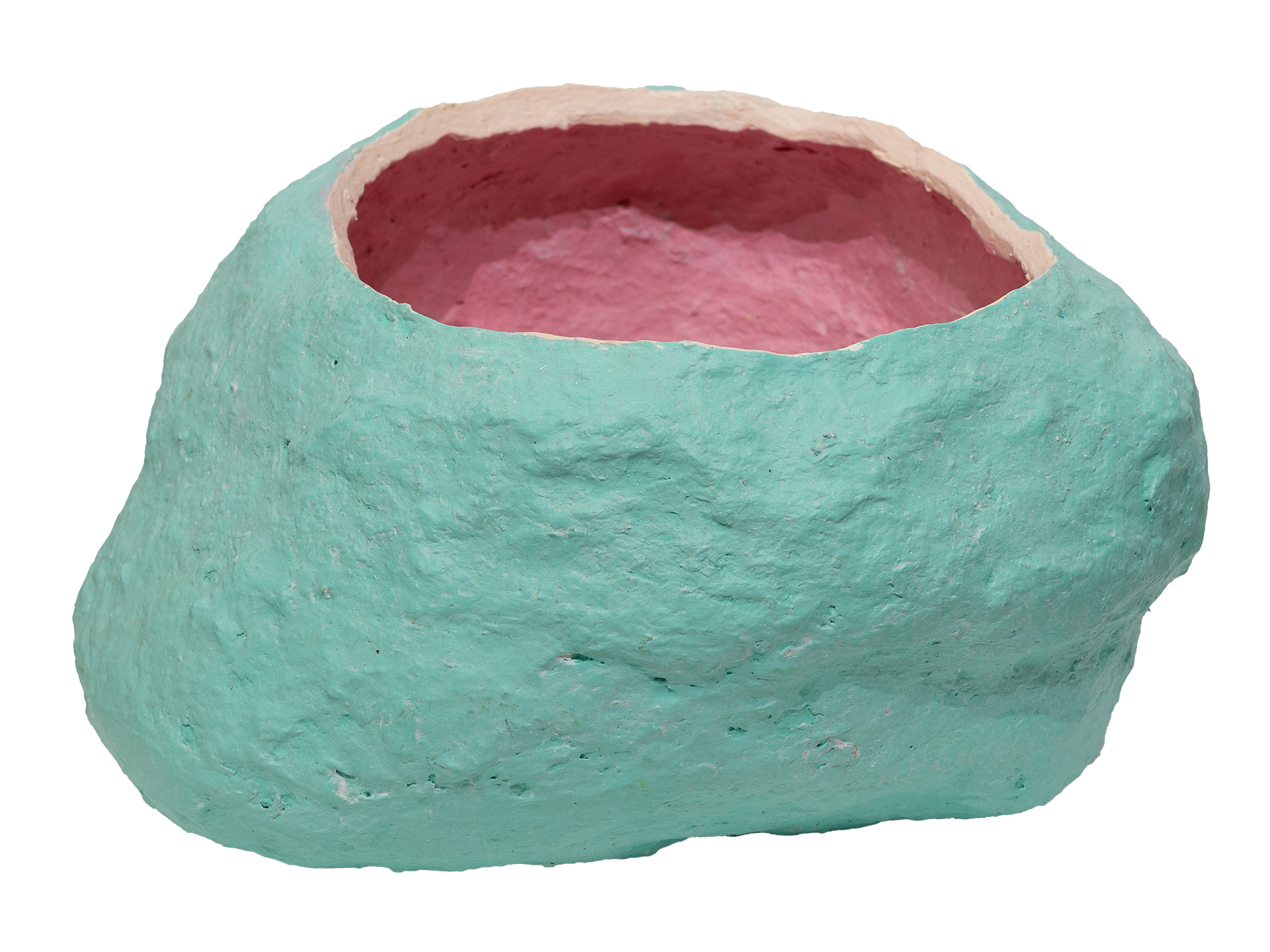
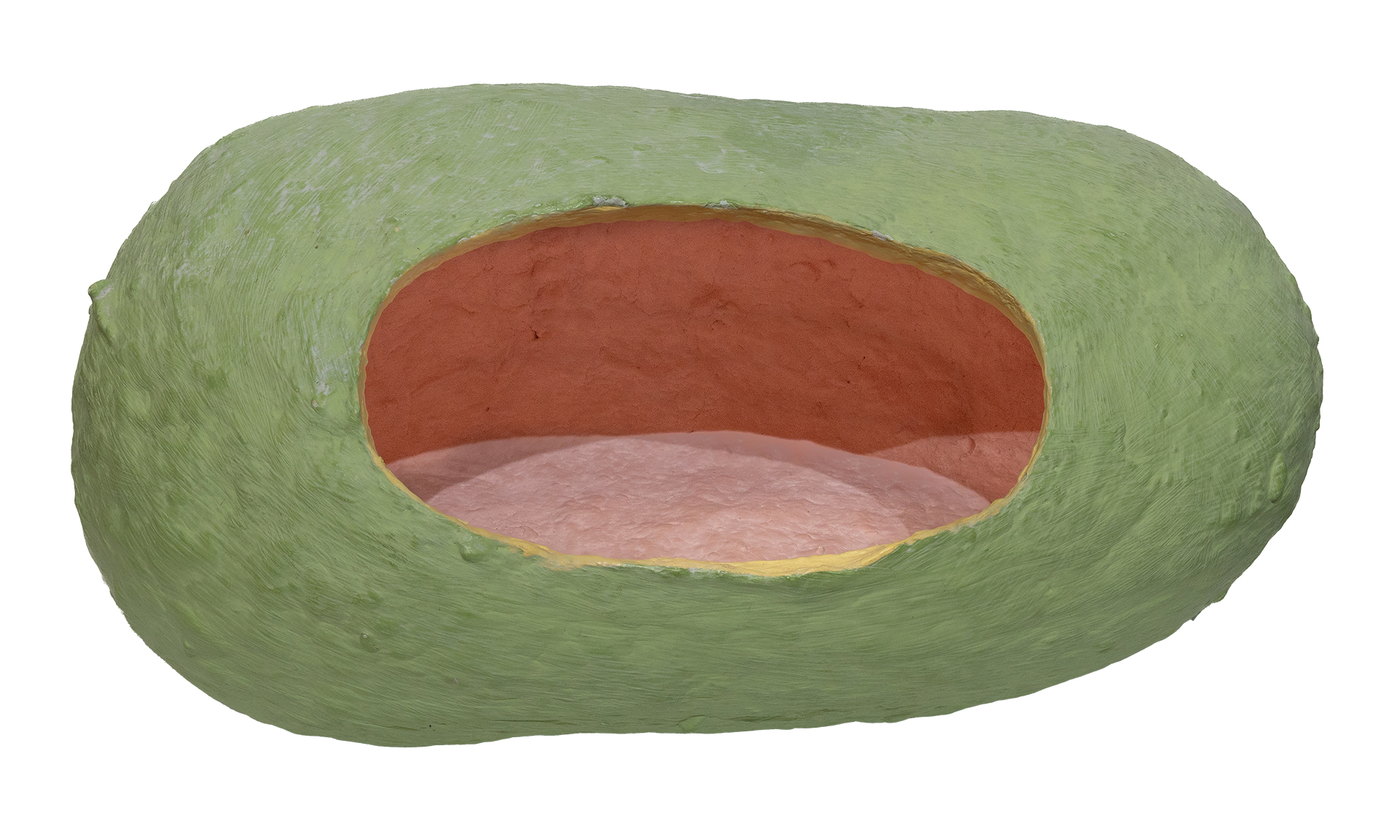
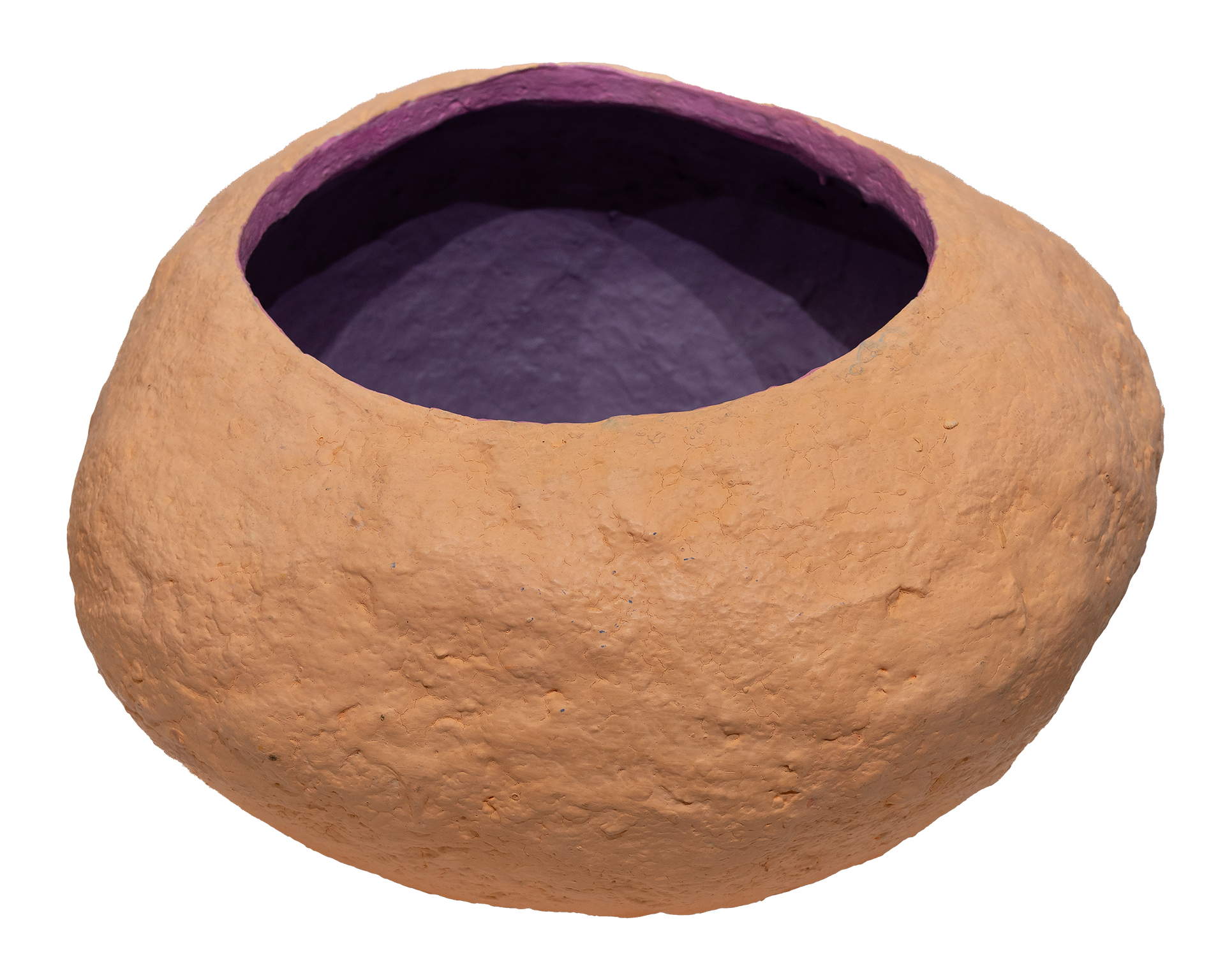
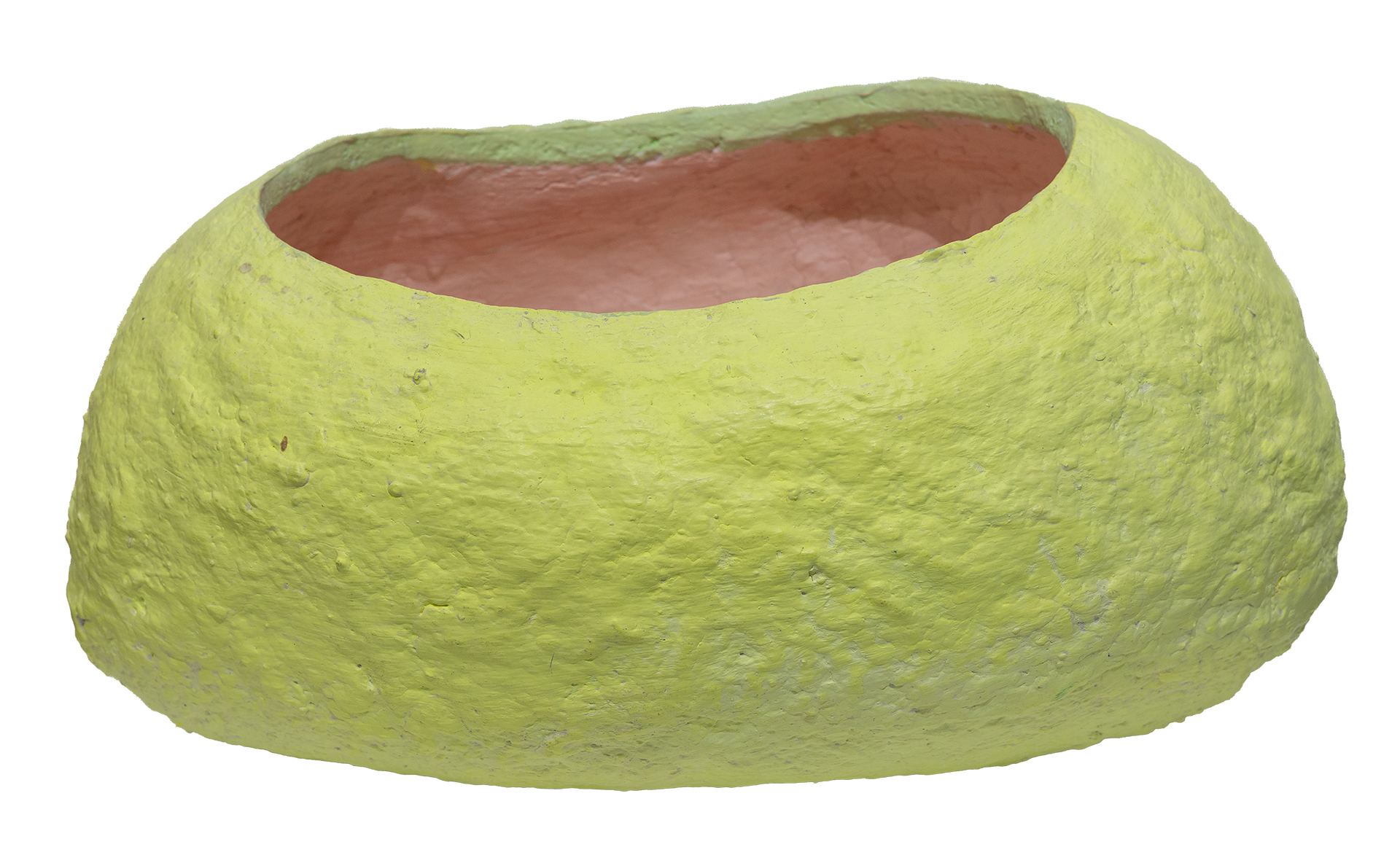
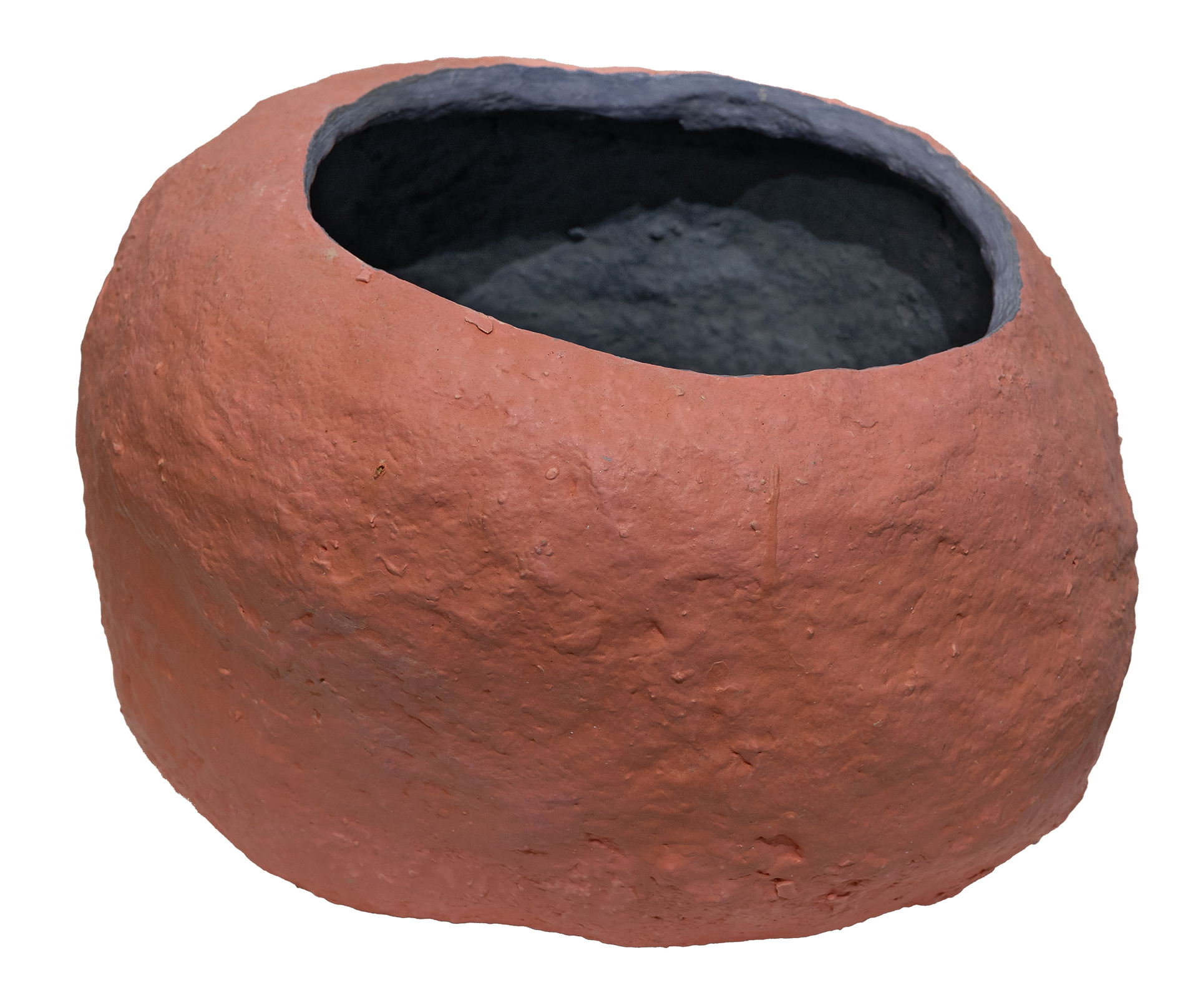
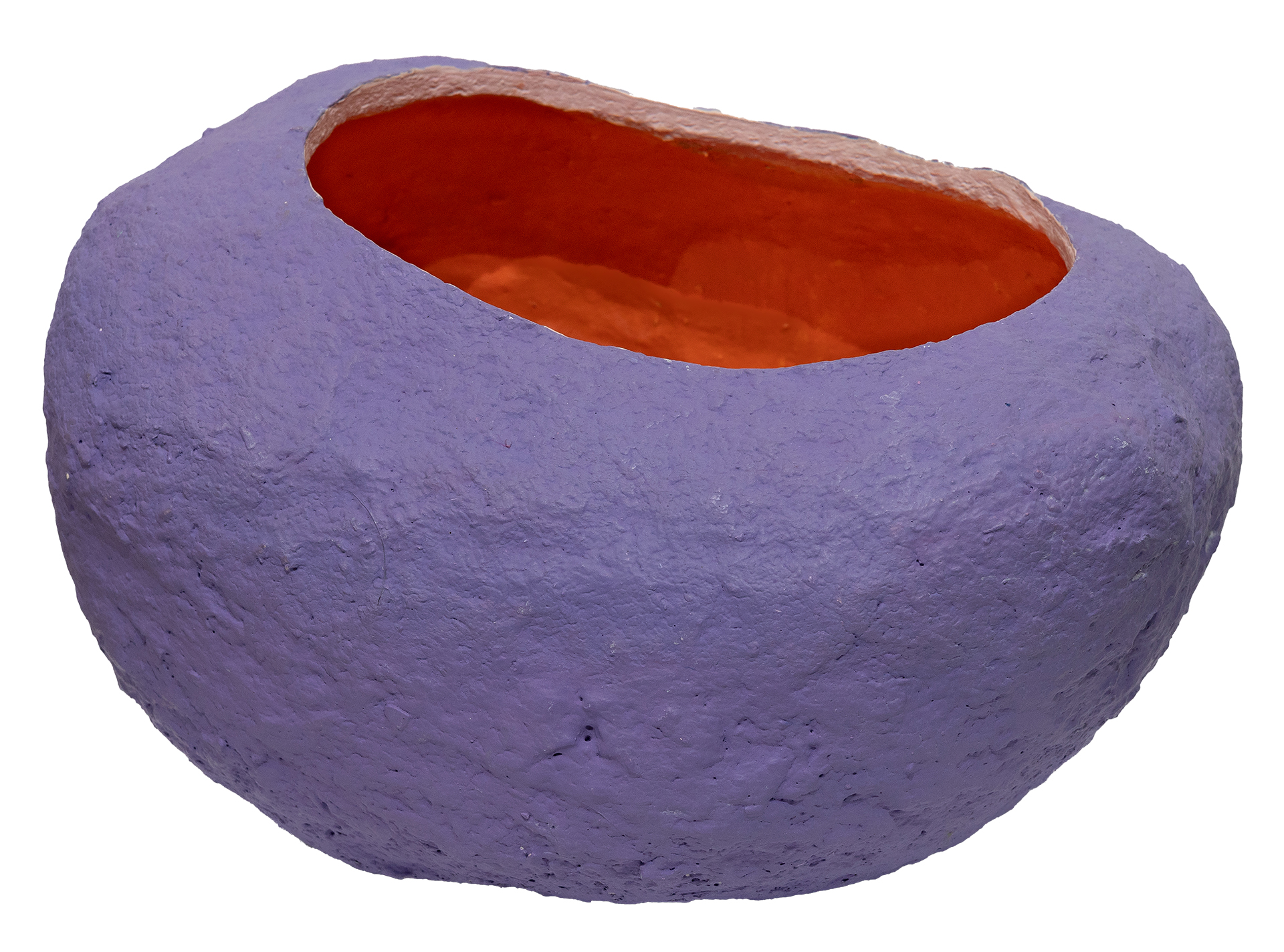
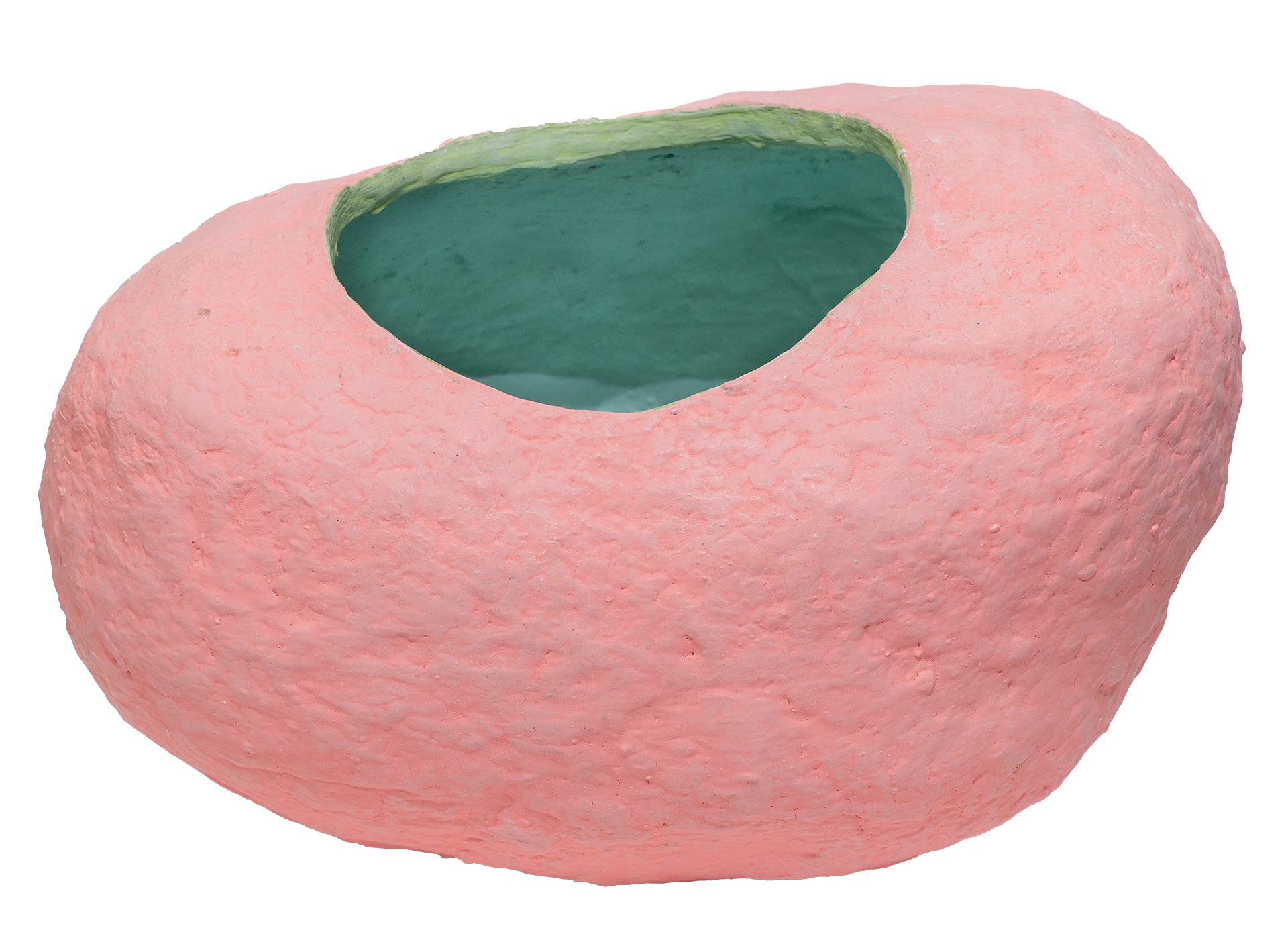
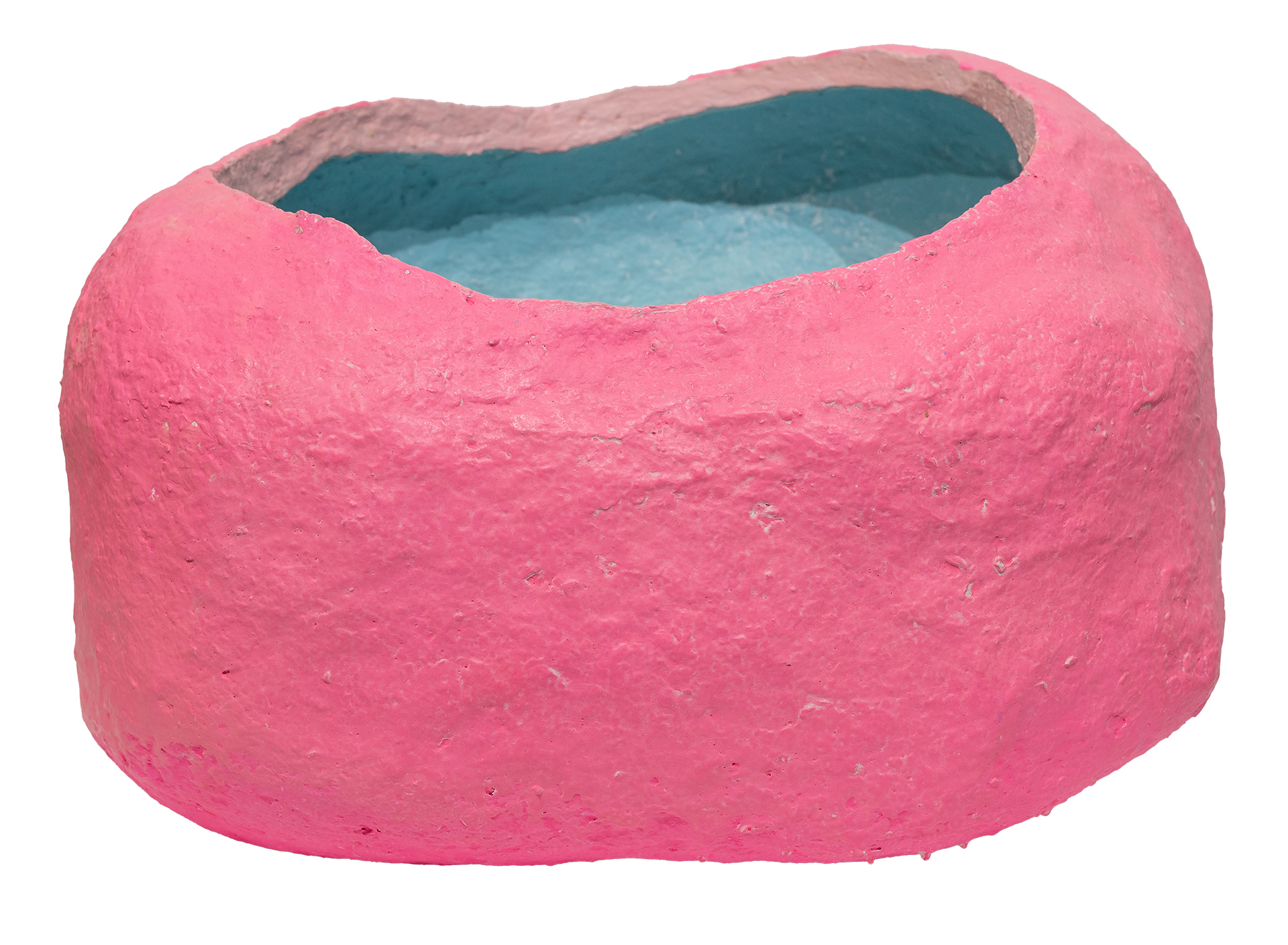
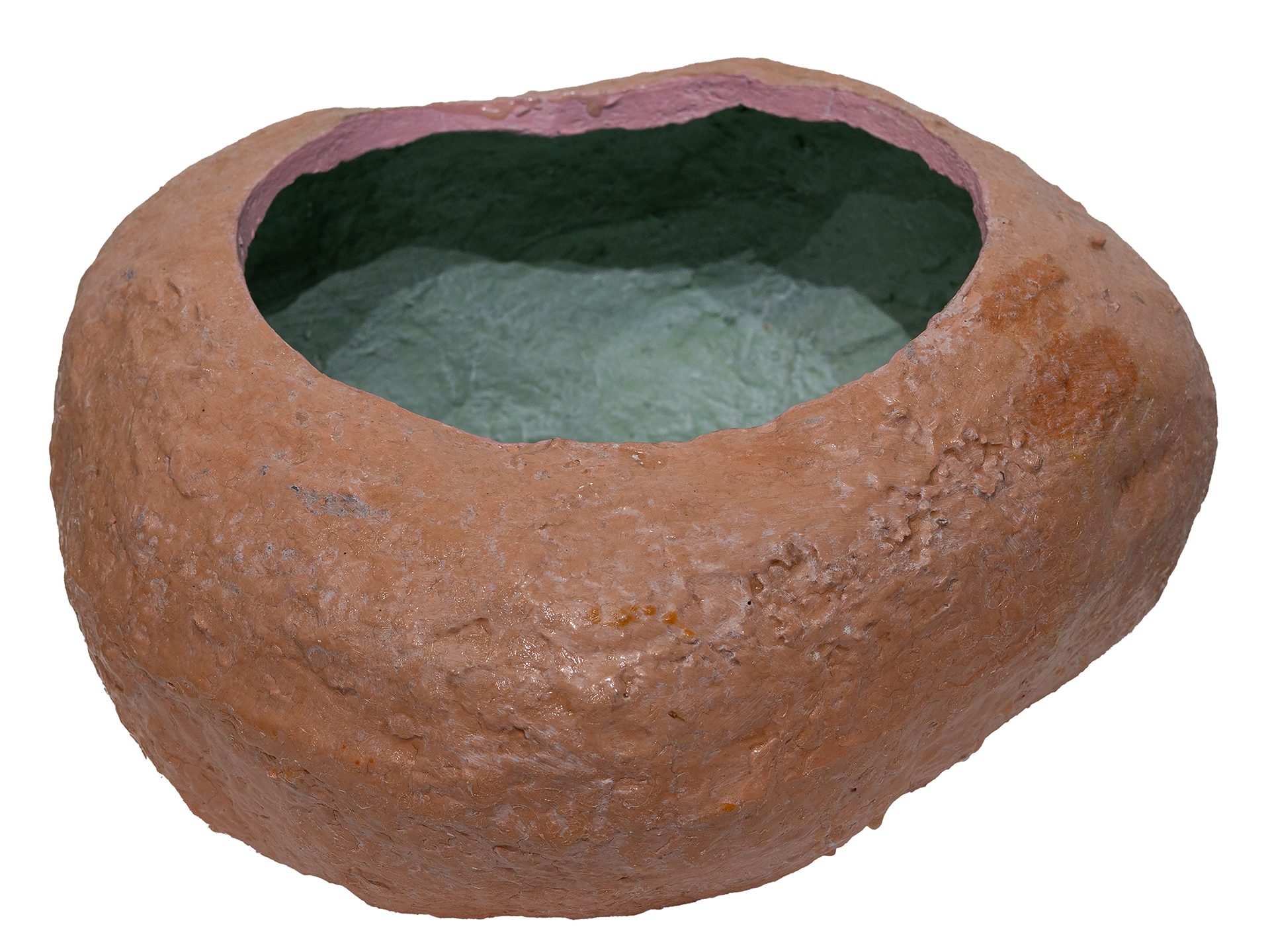
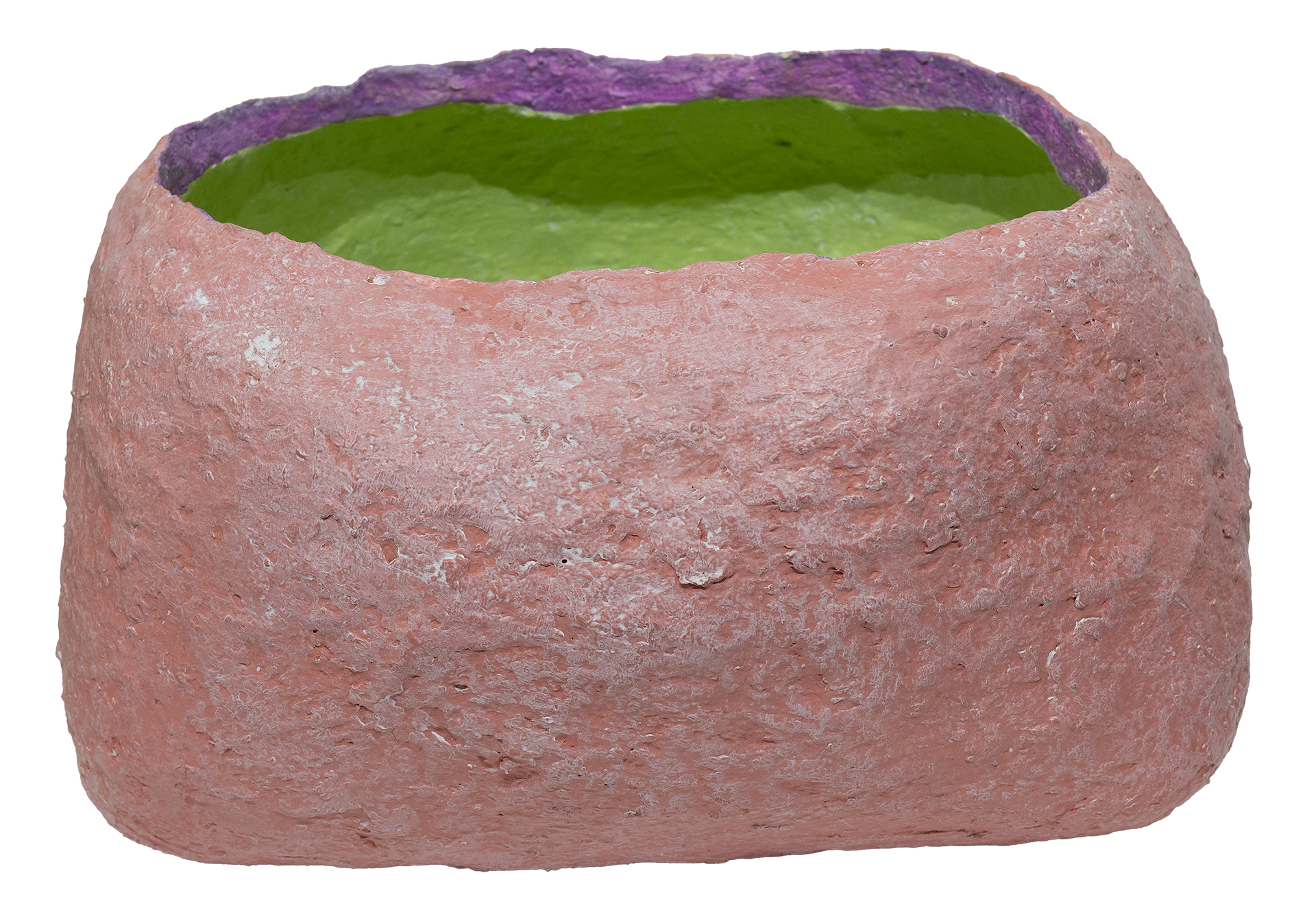
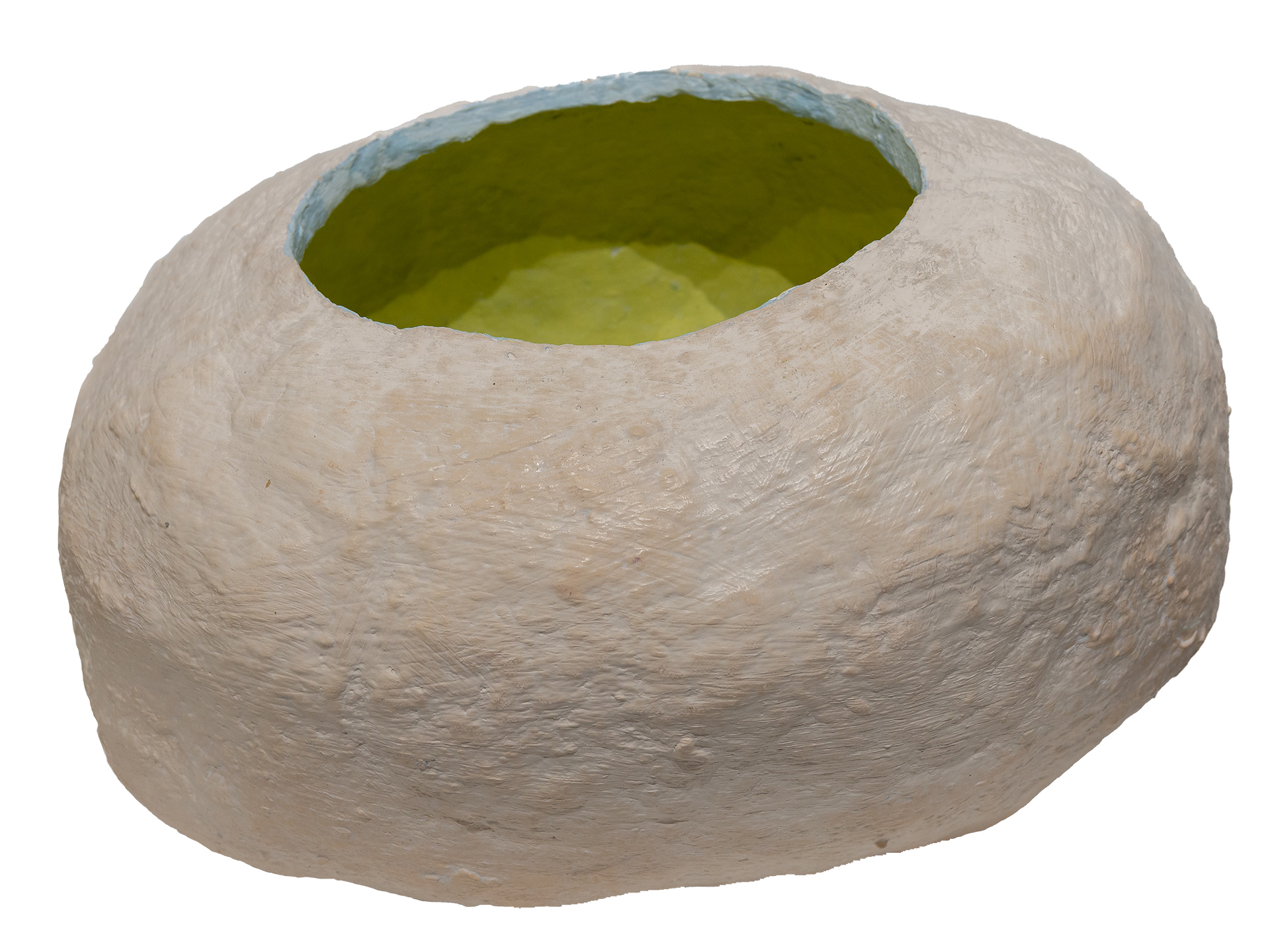
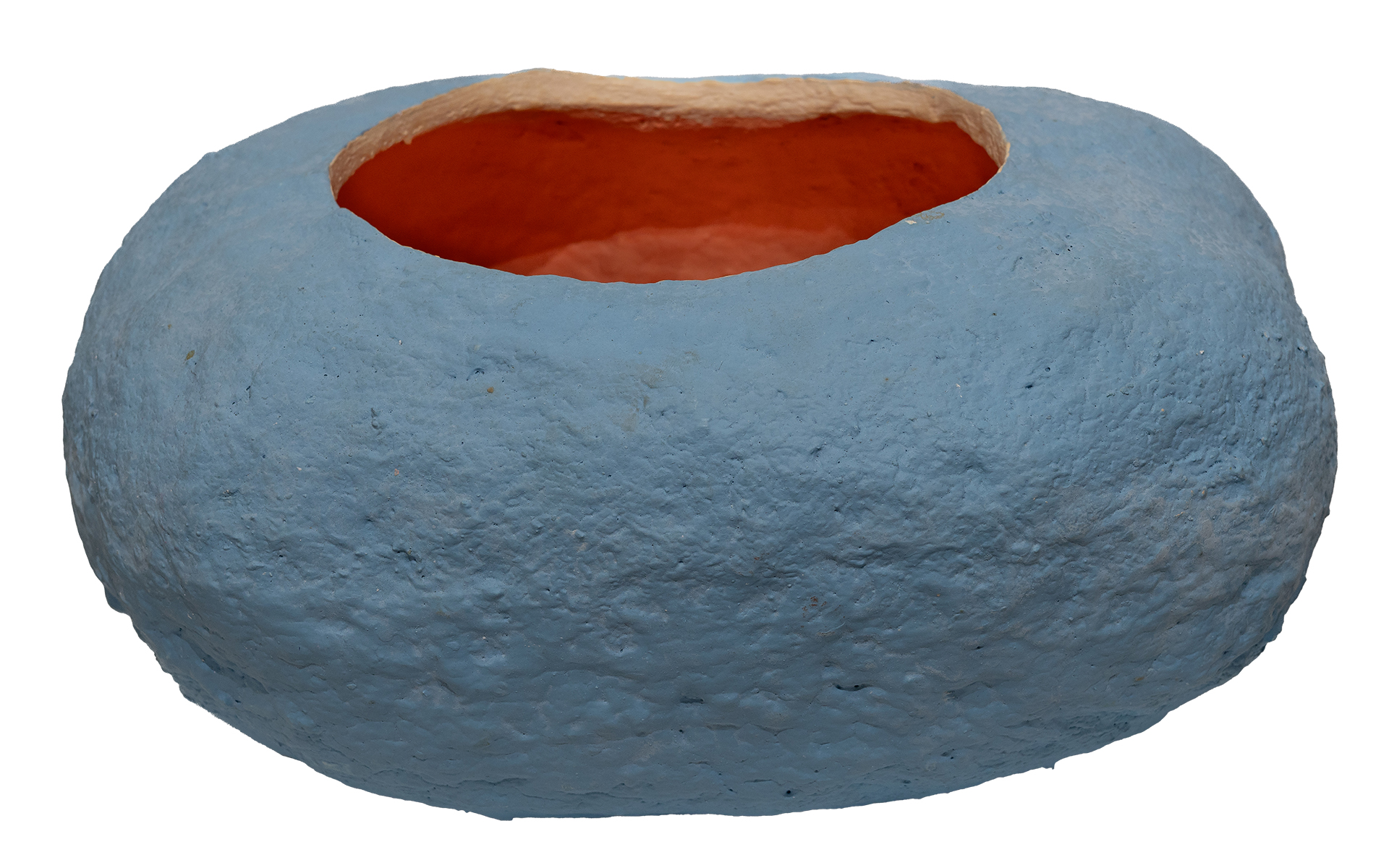
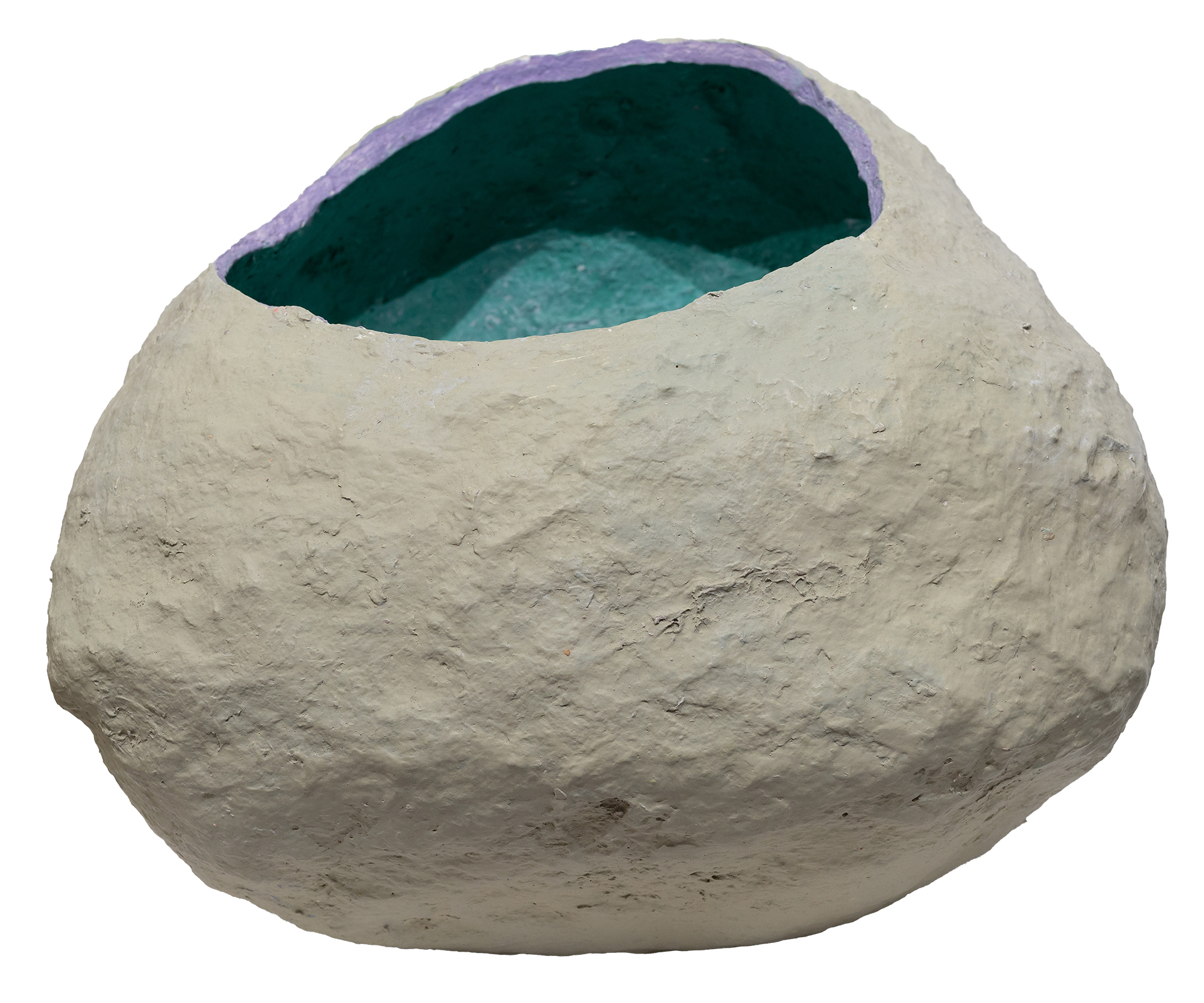
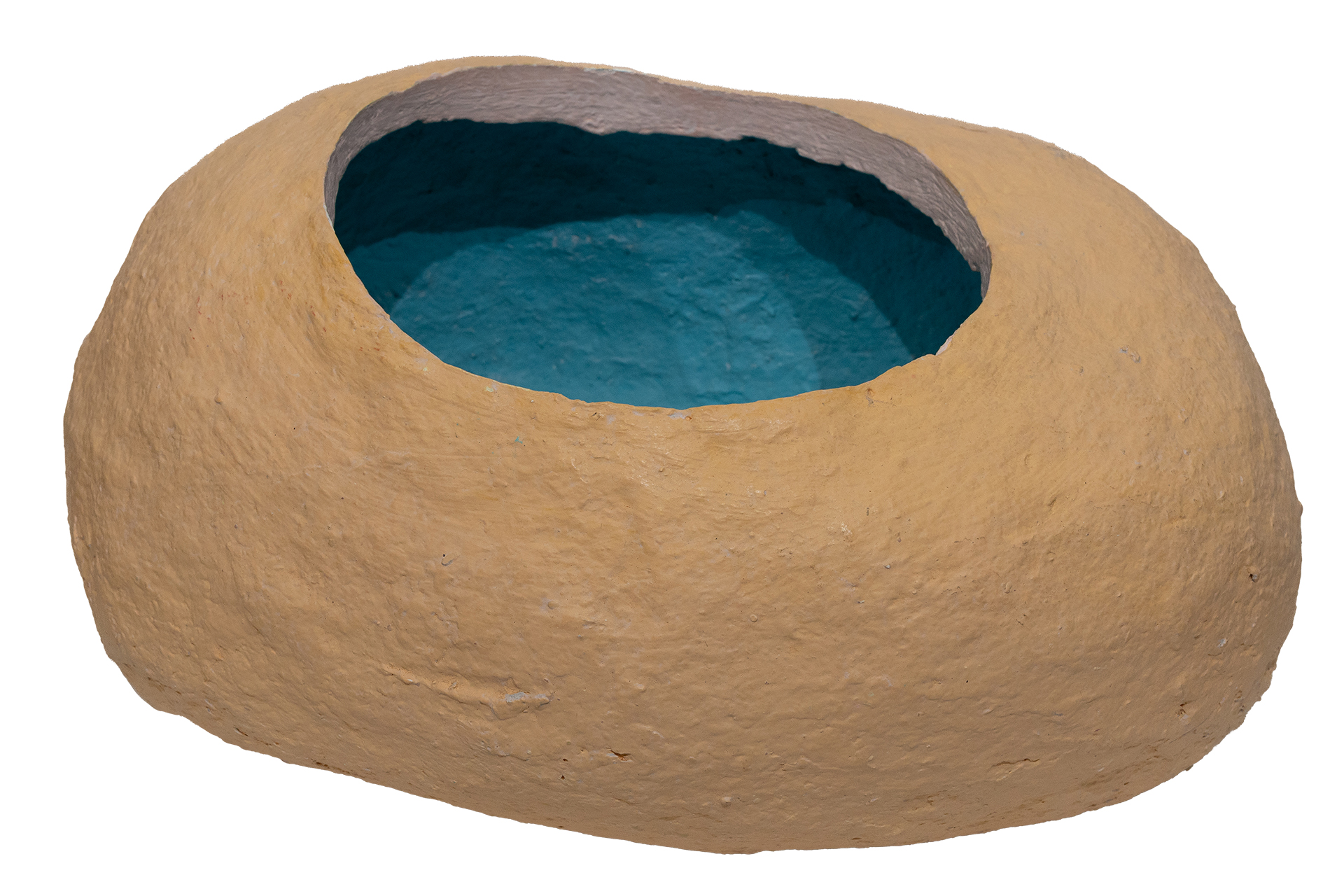
Marking Lights
